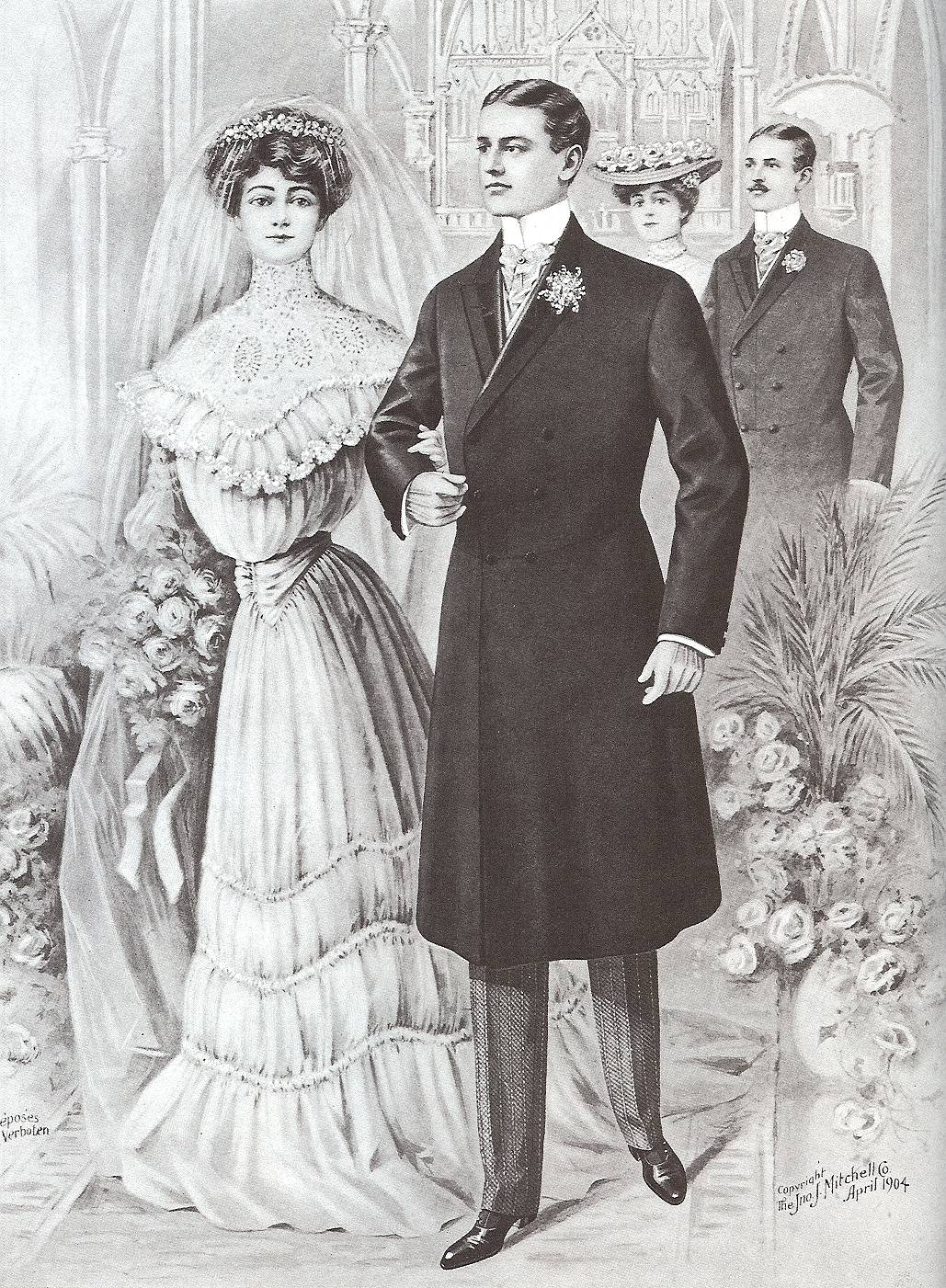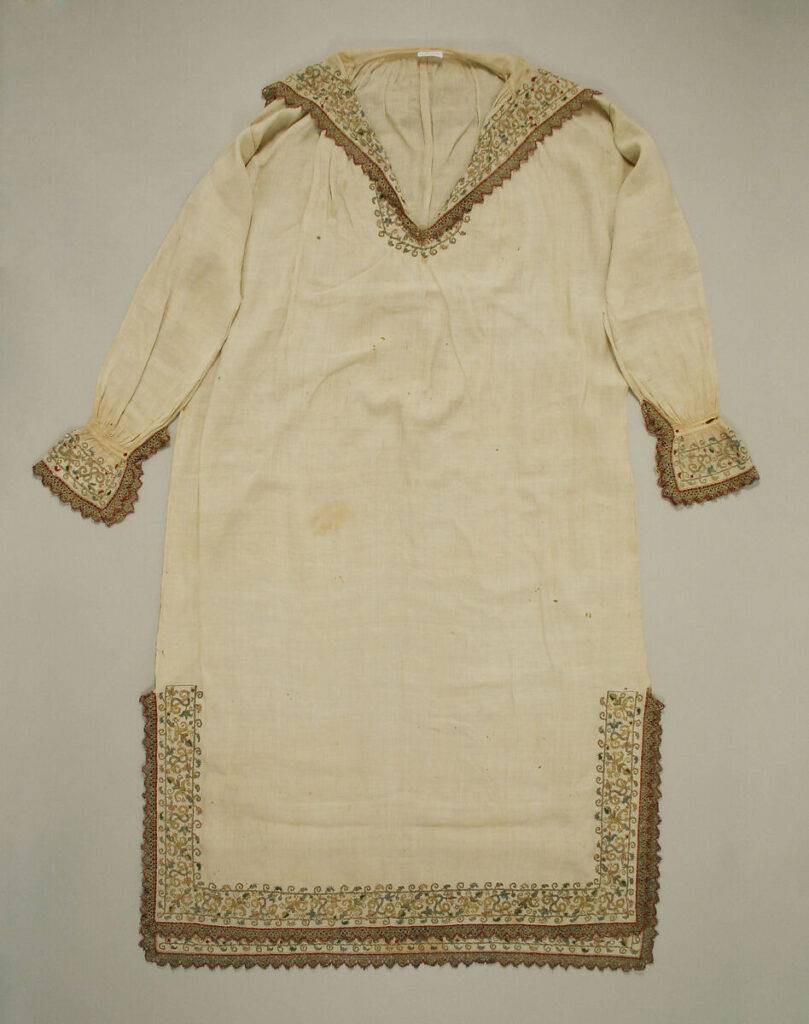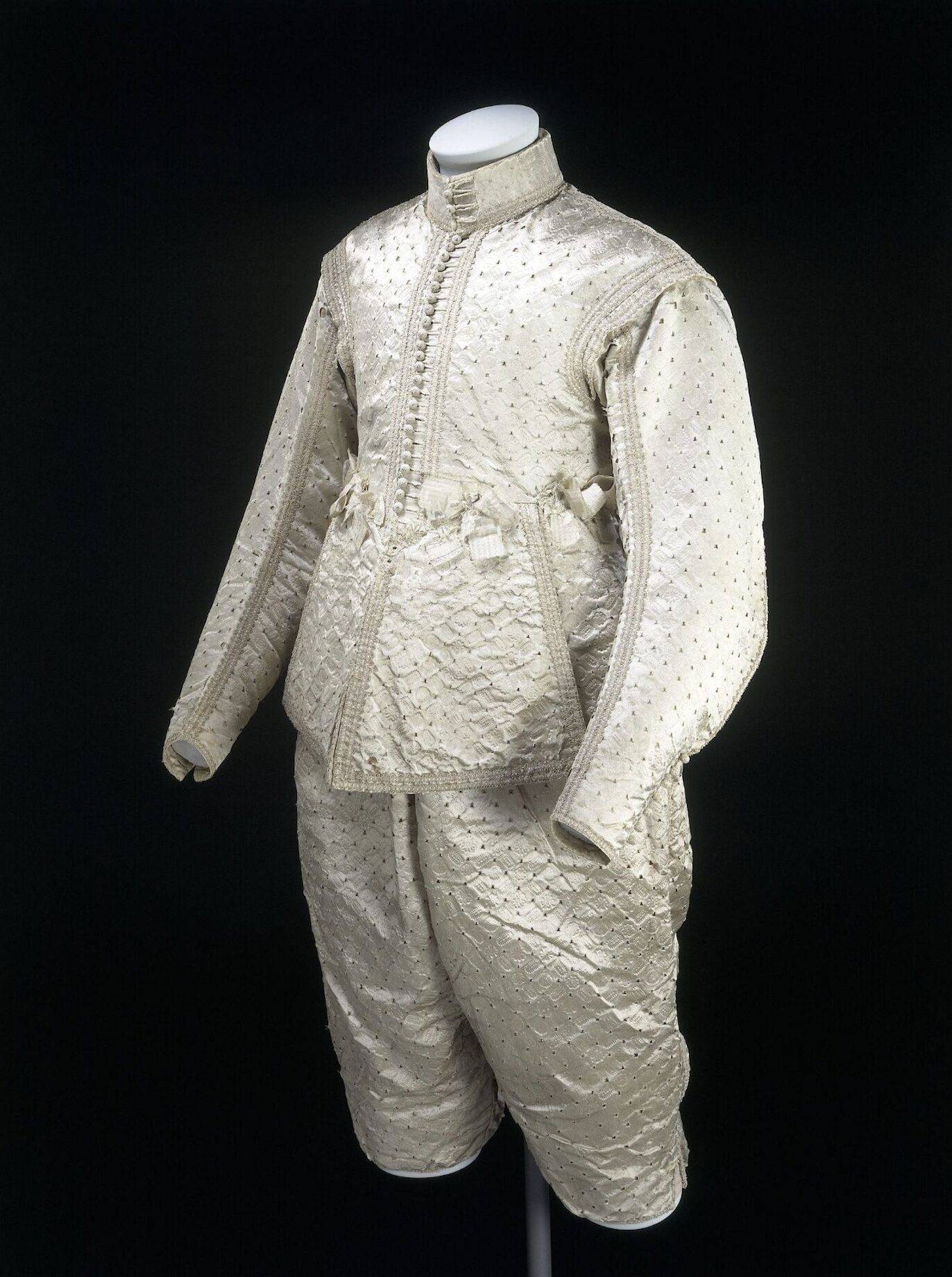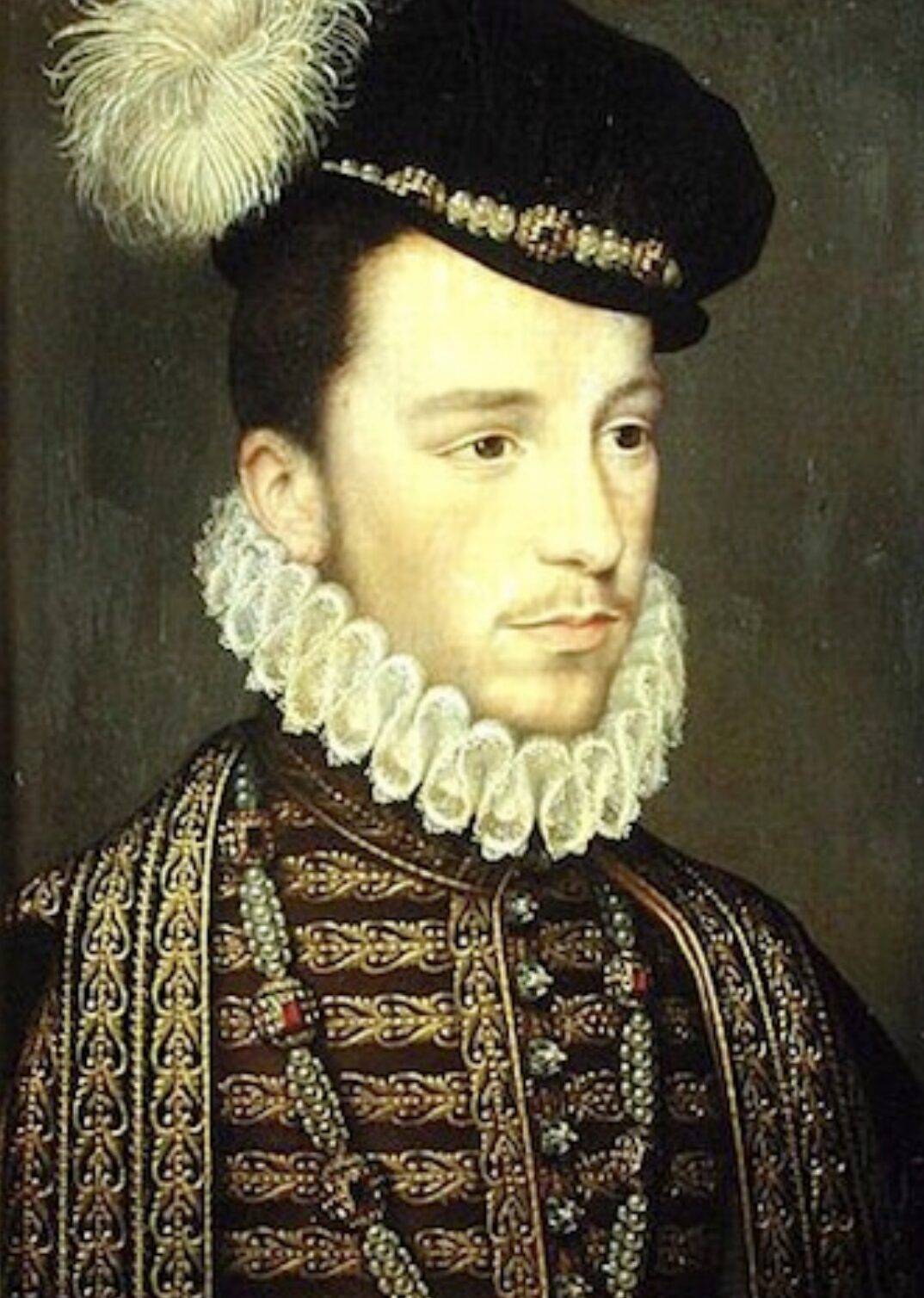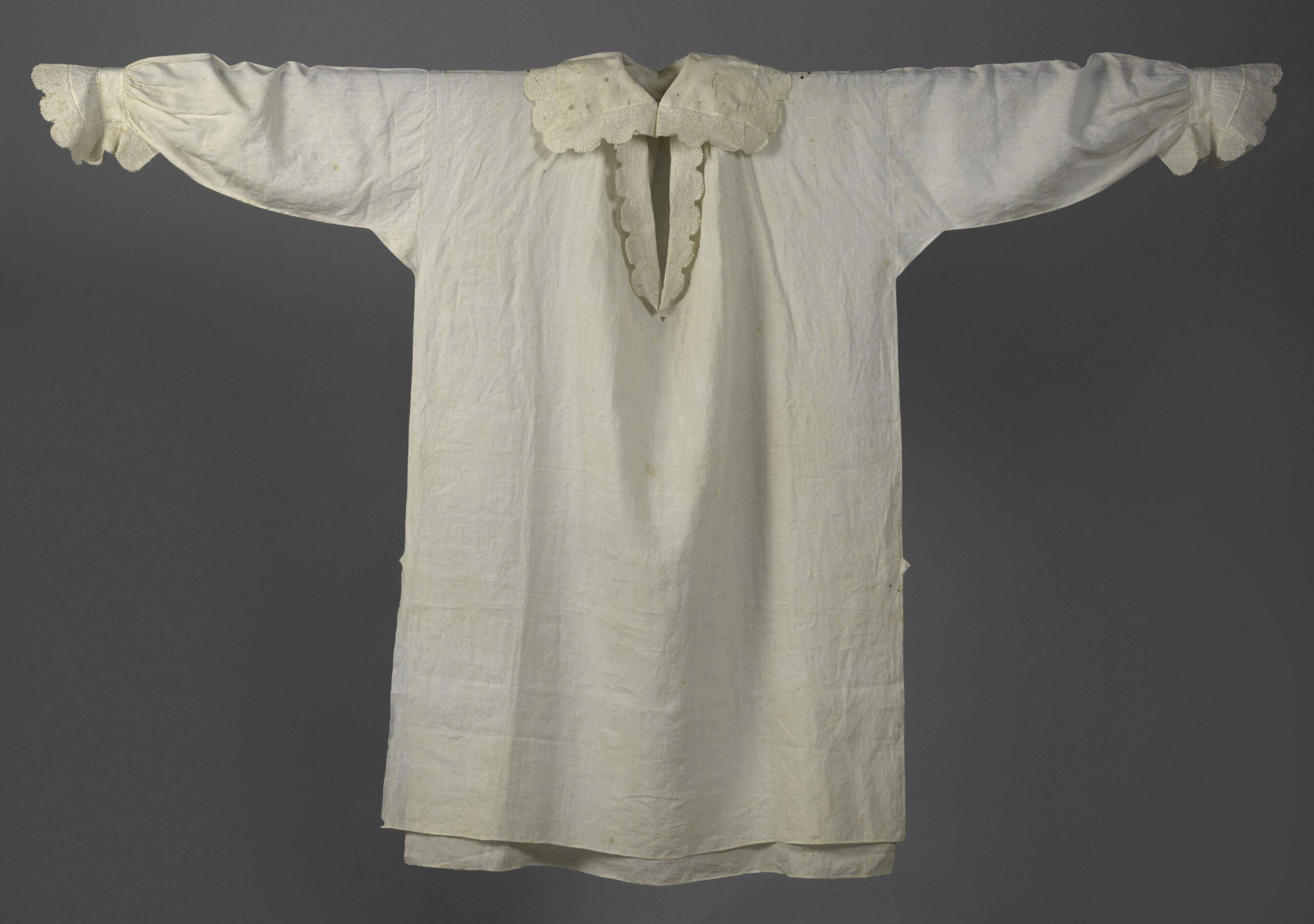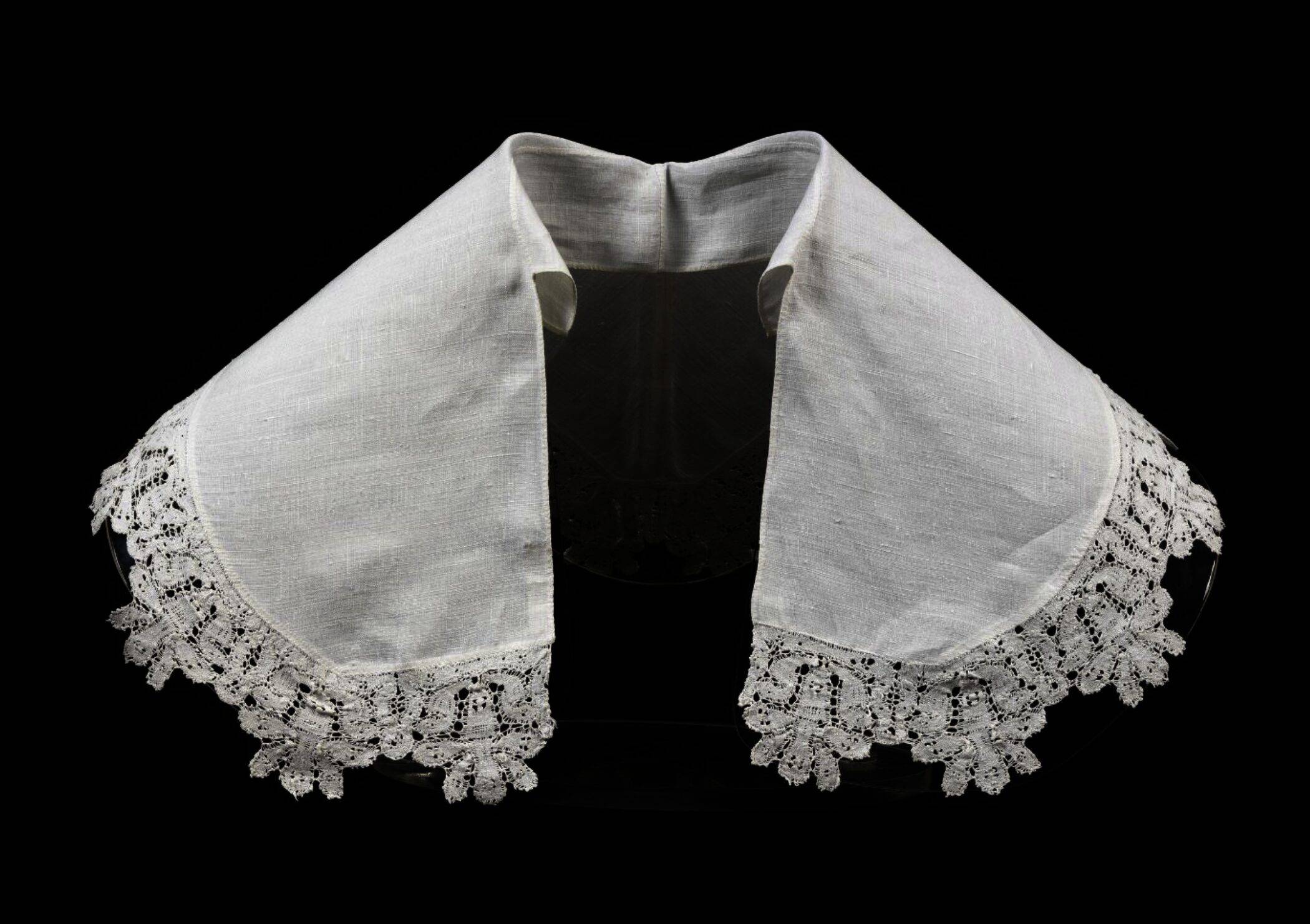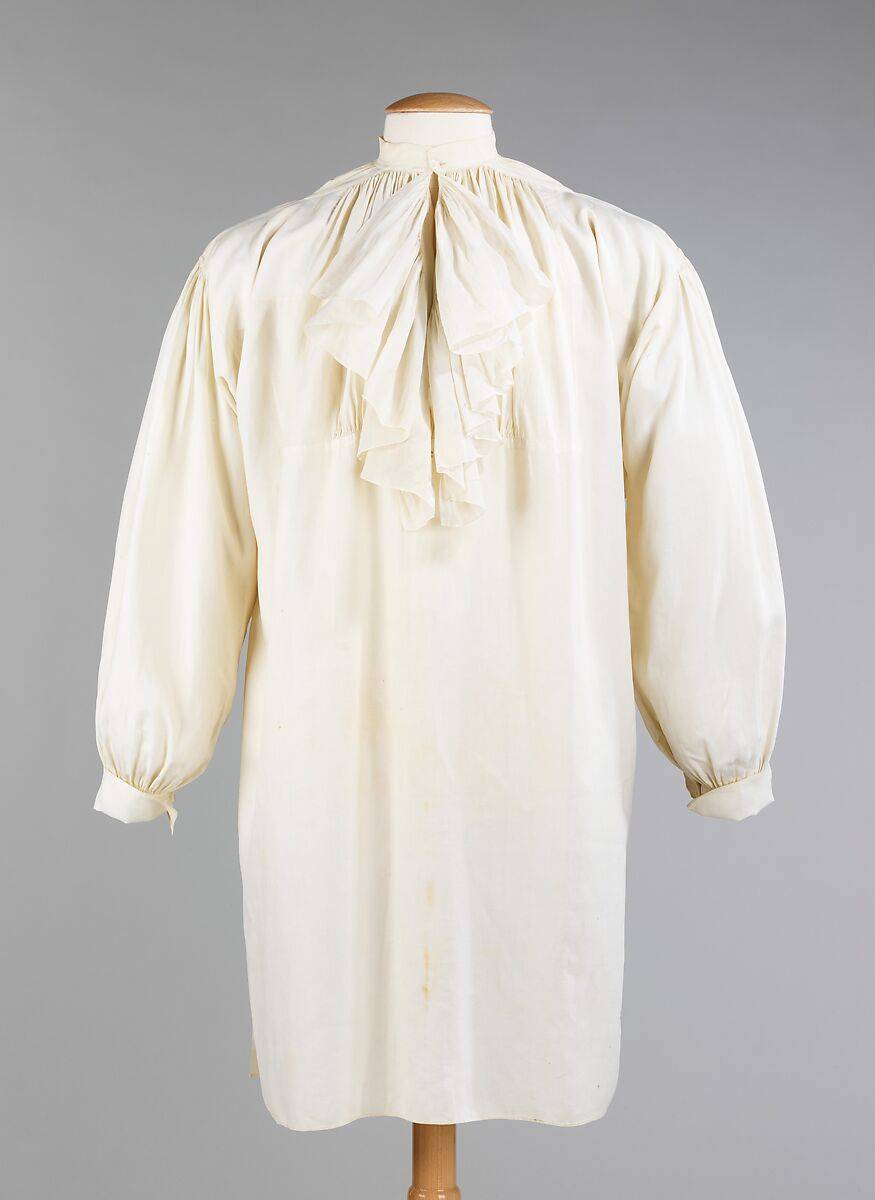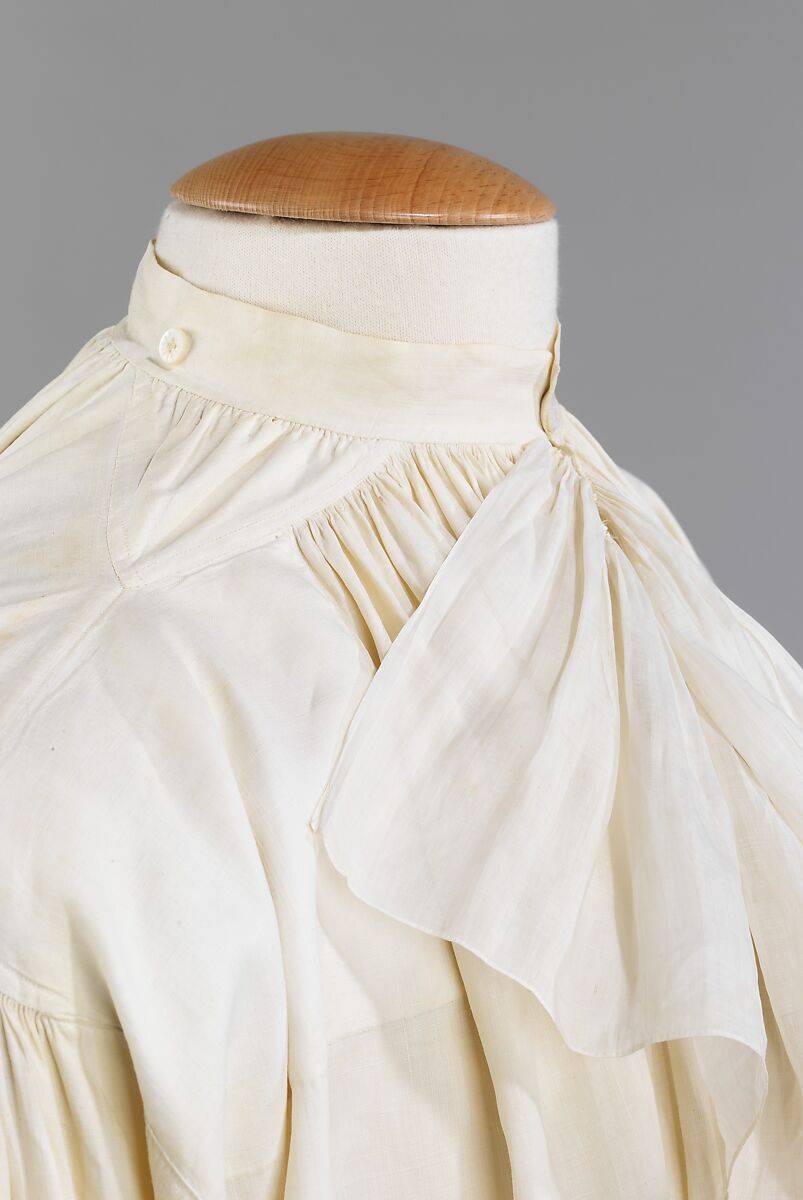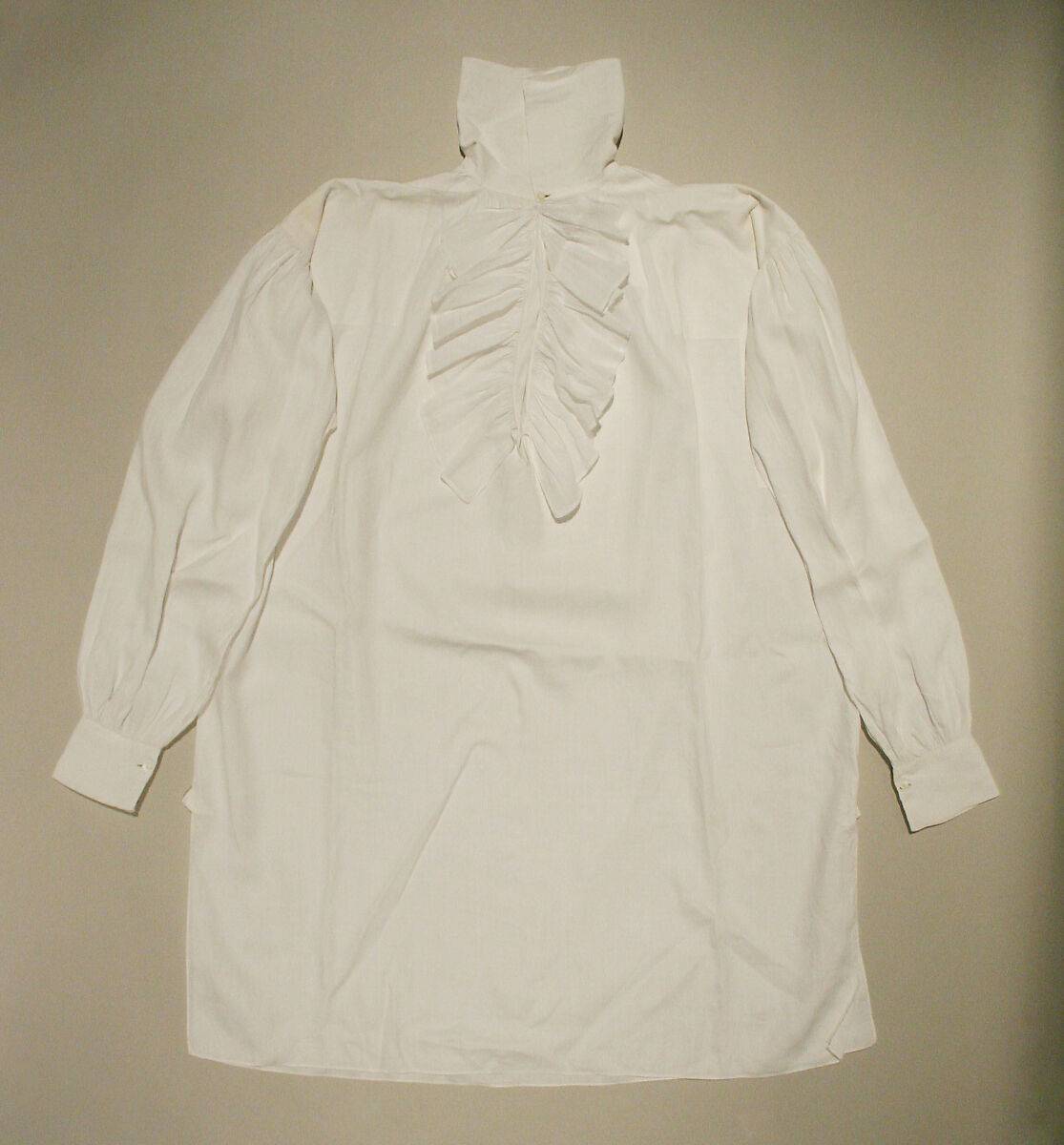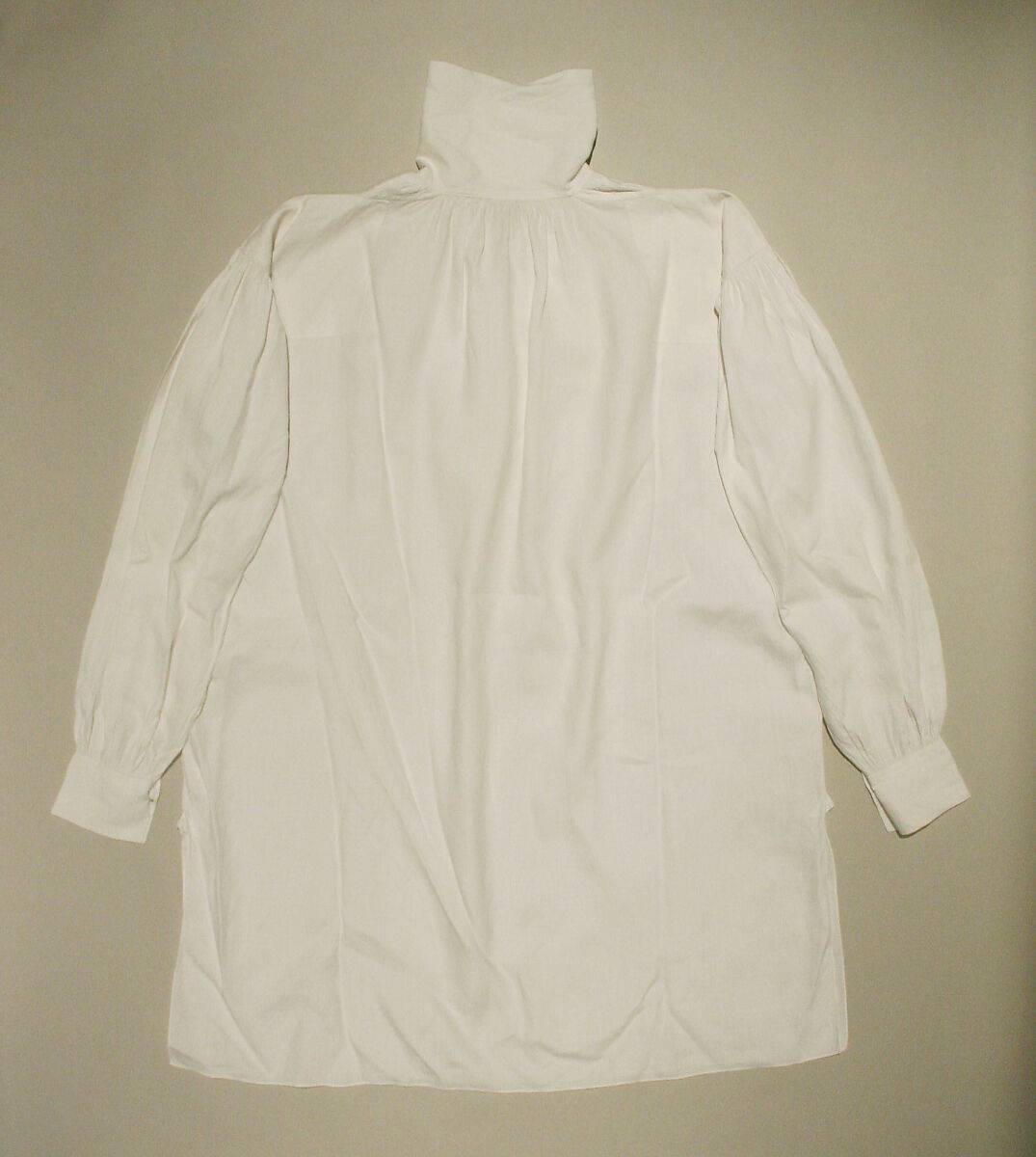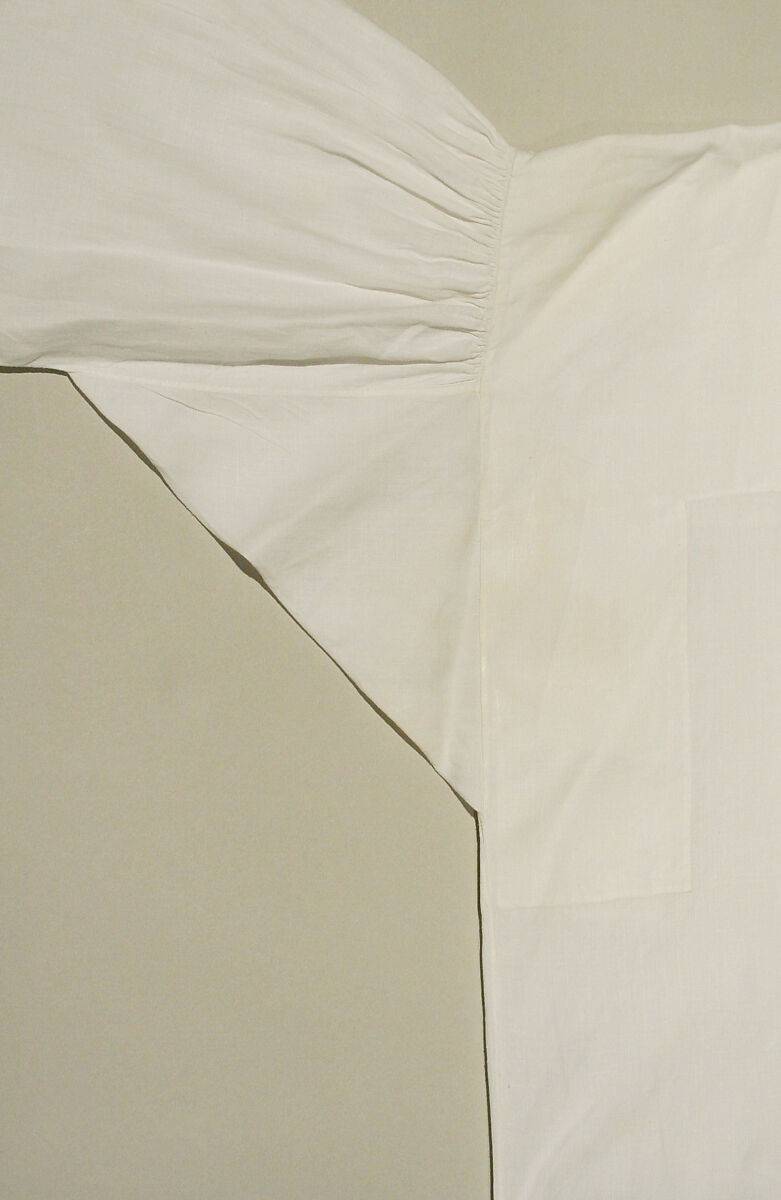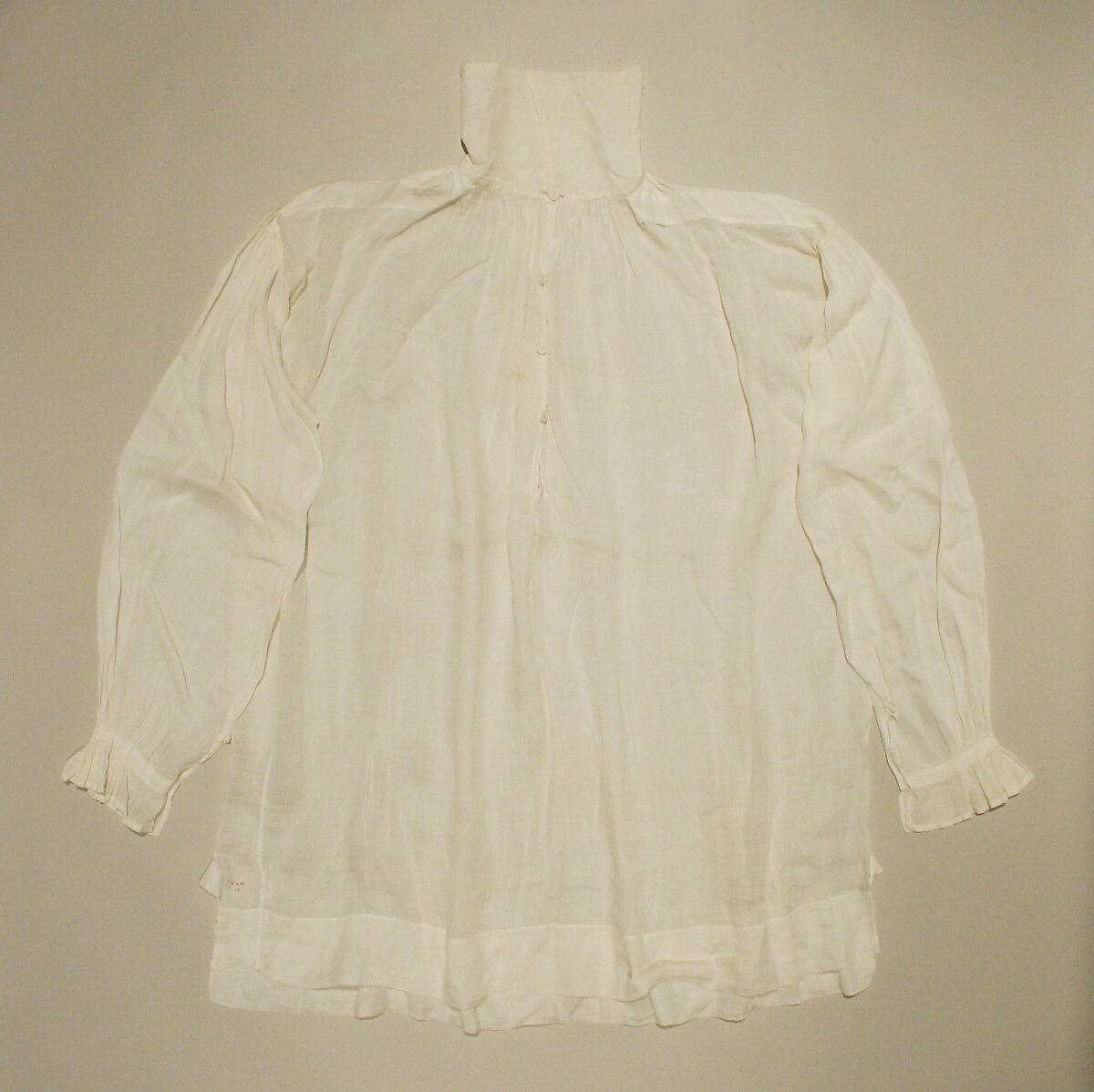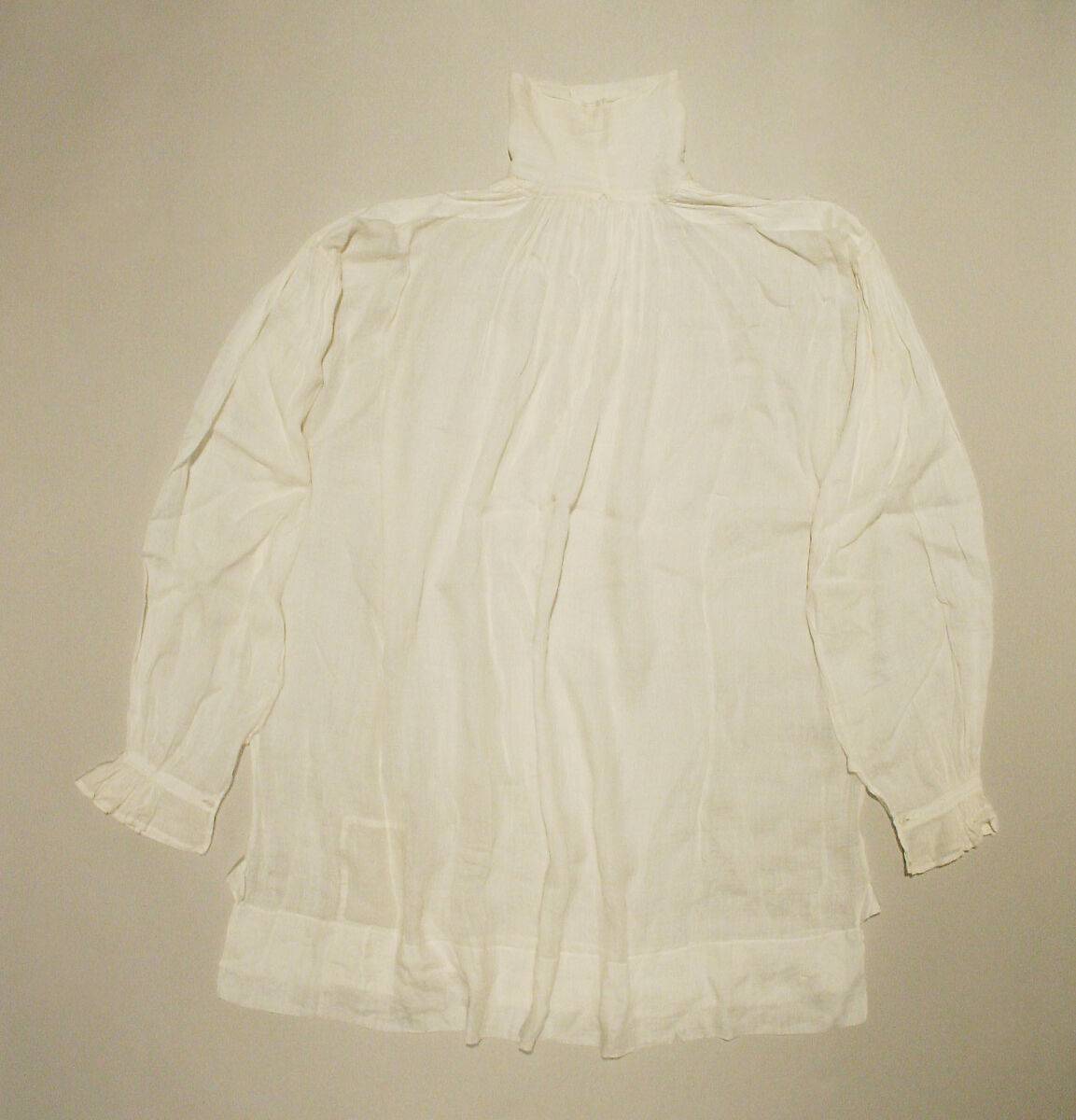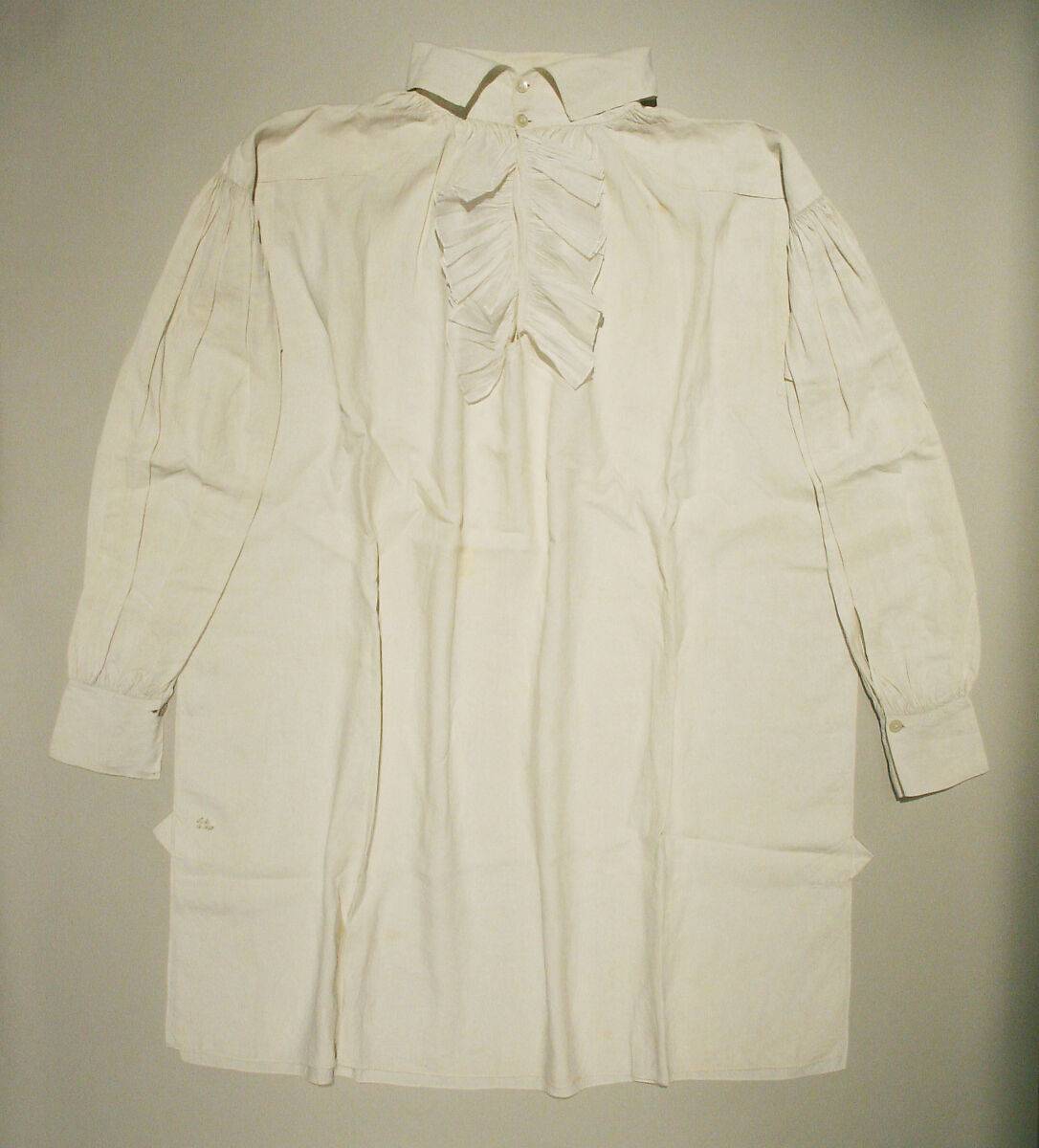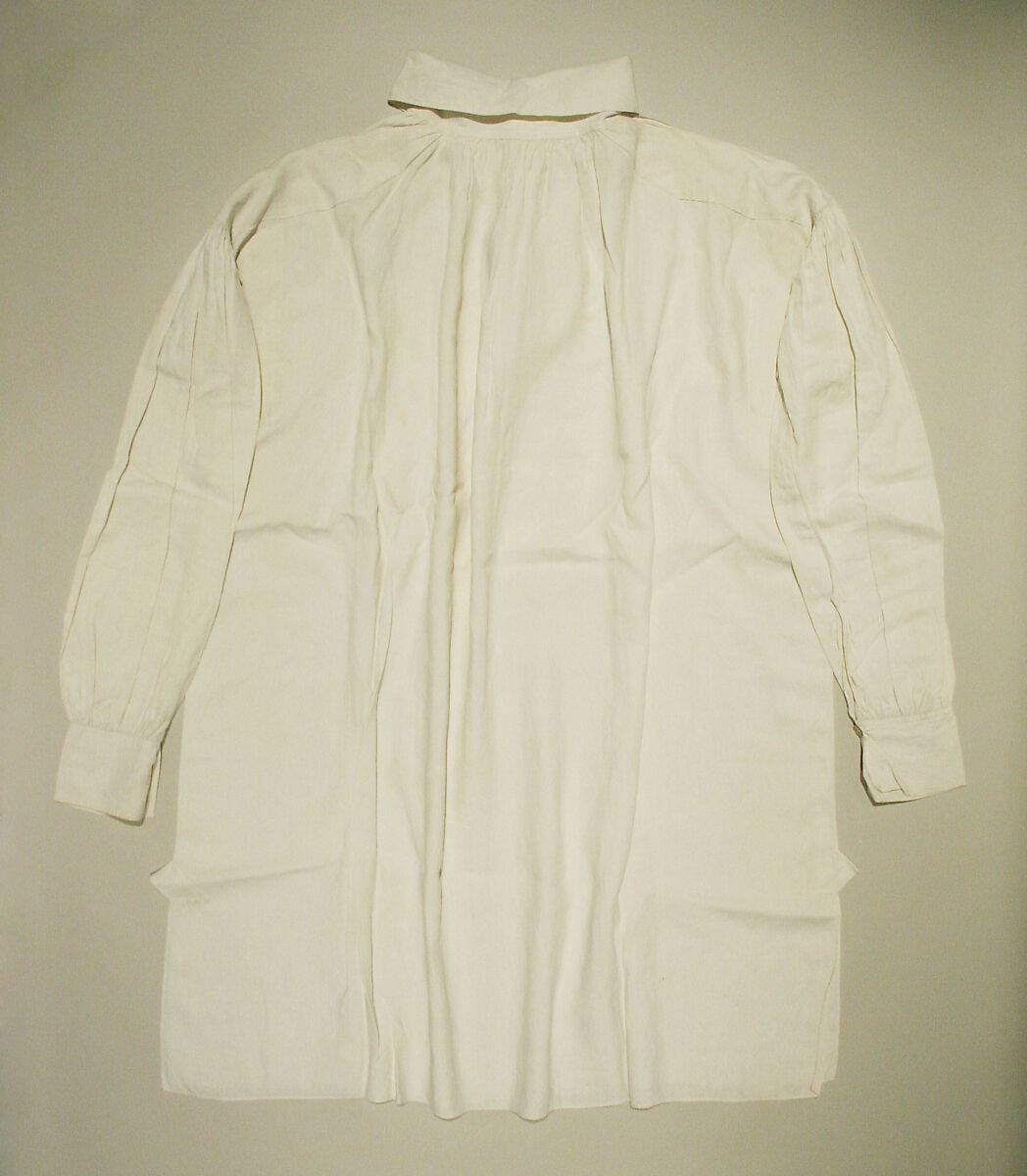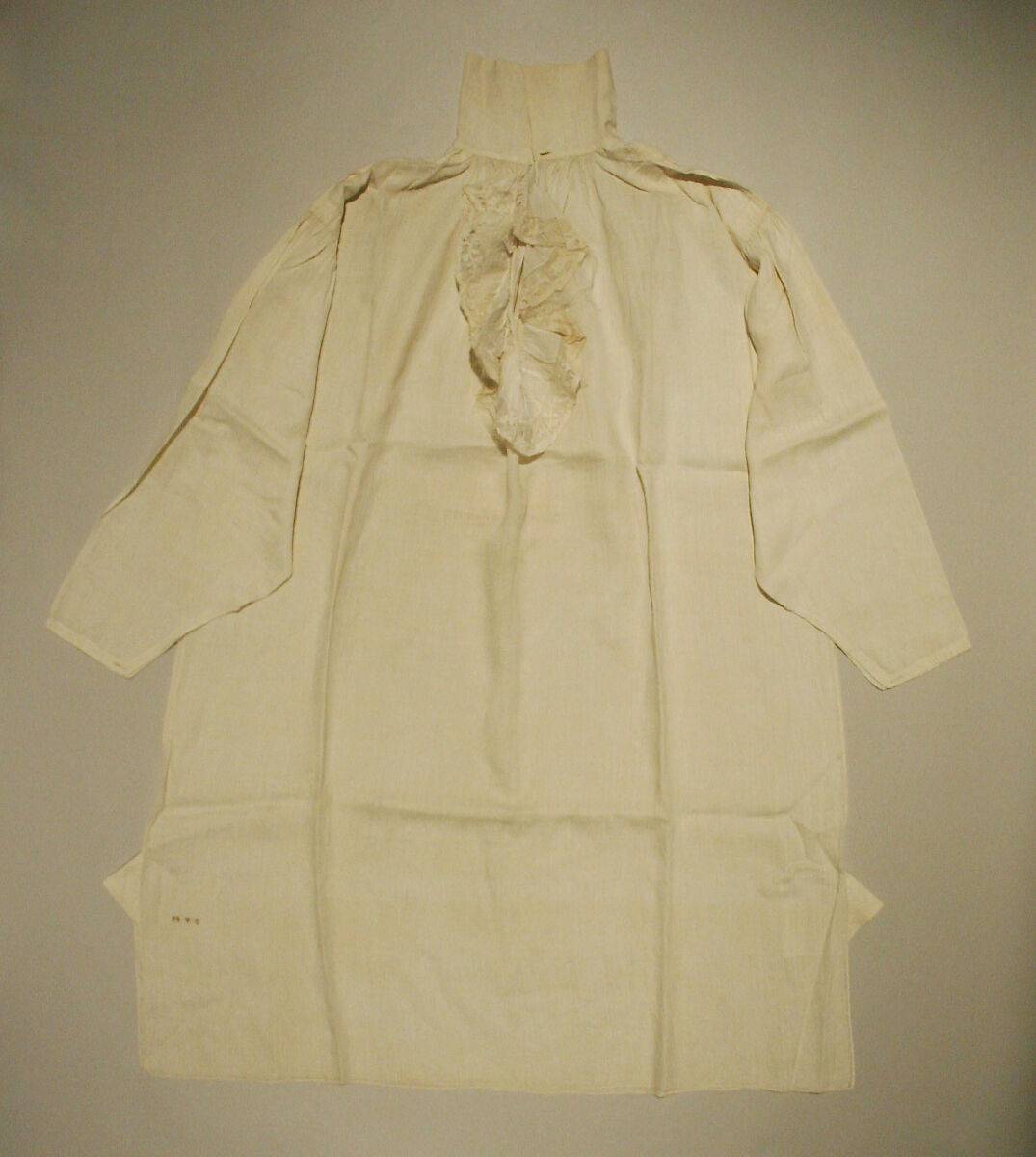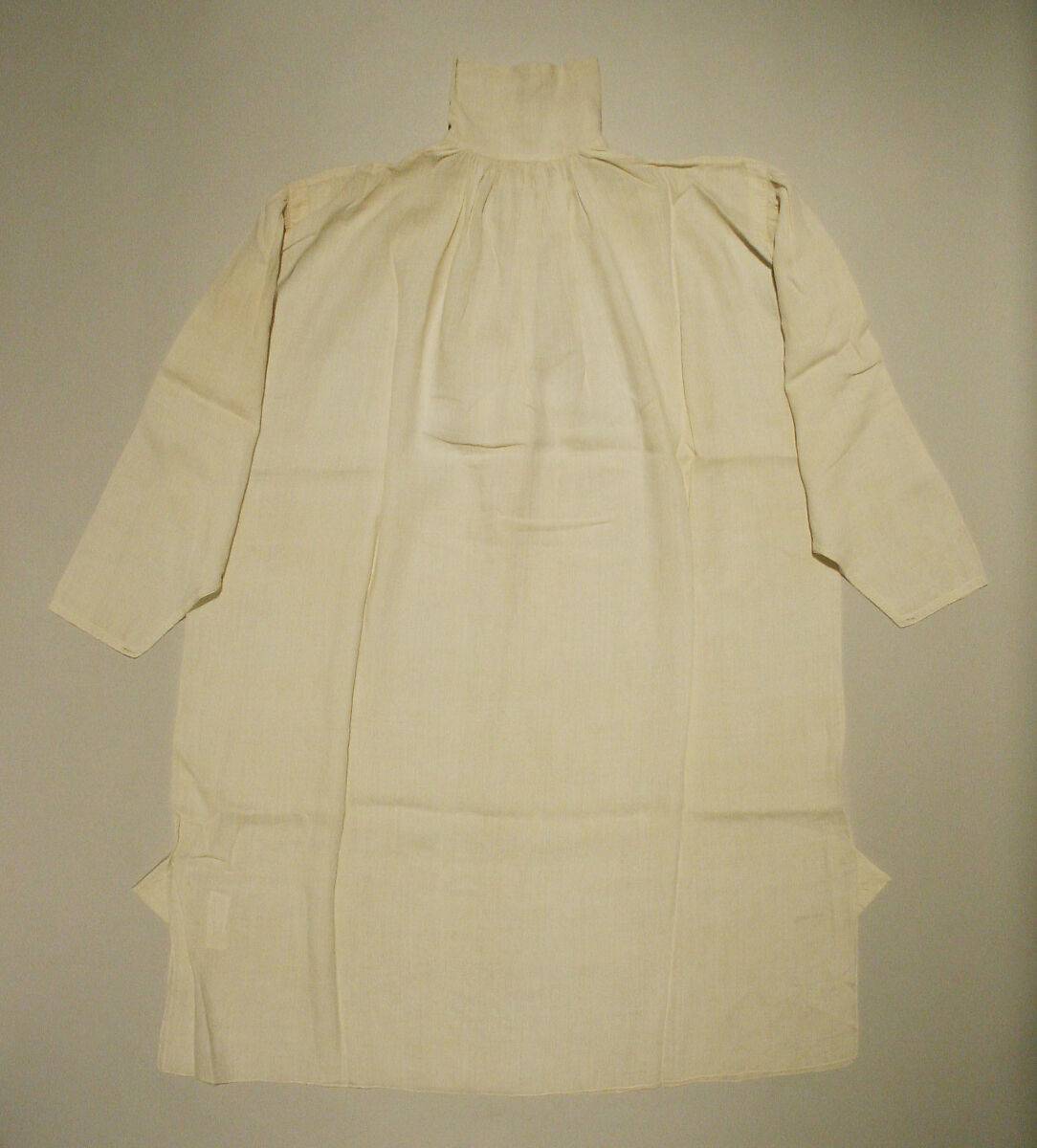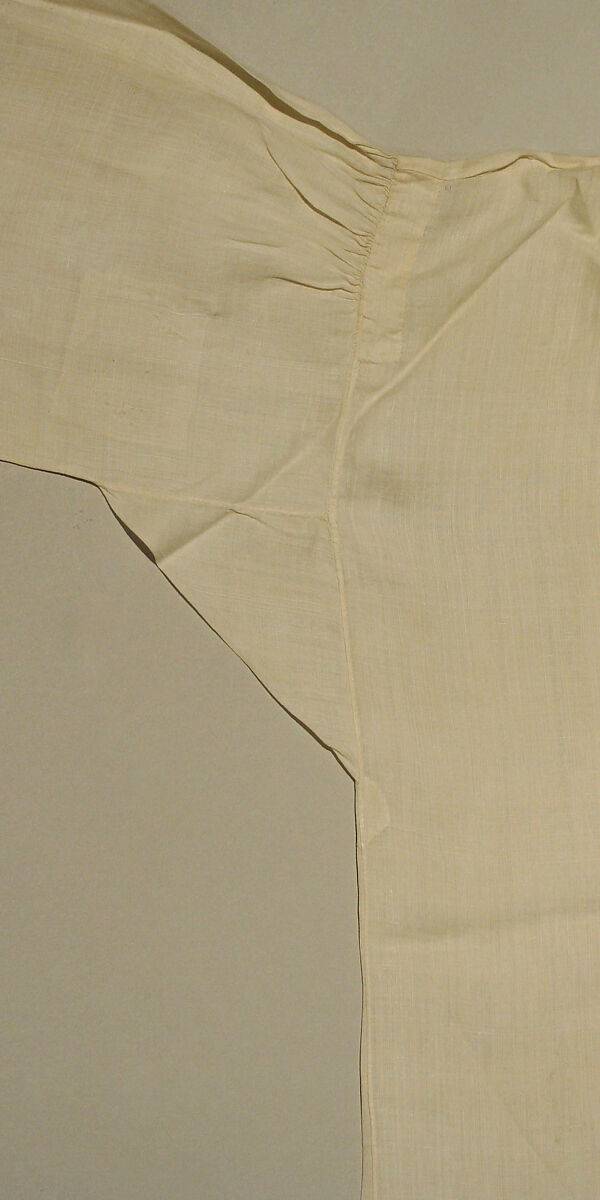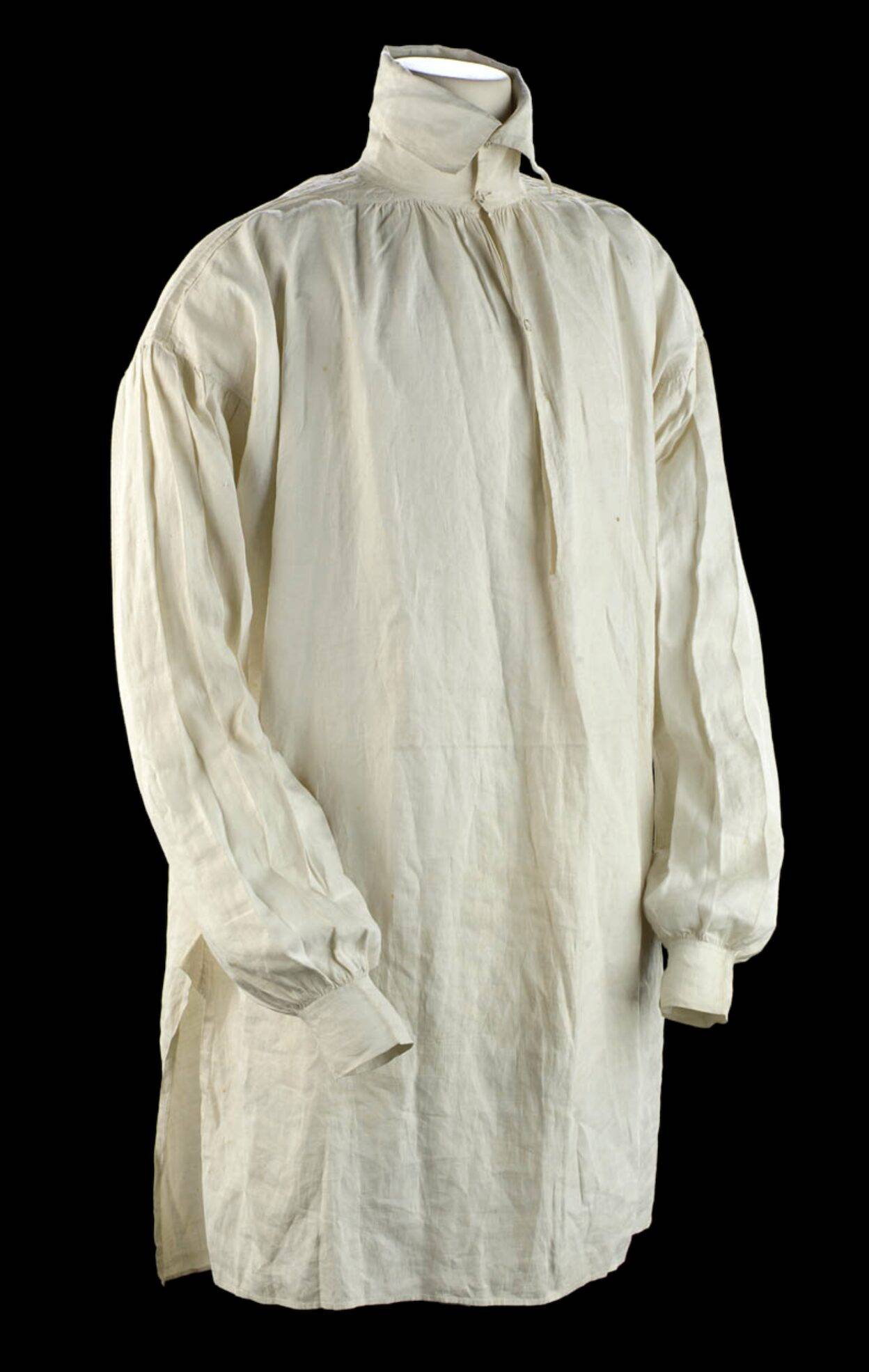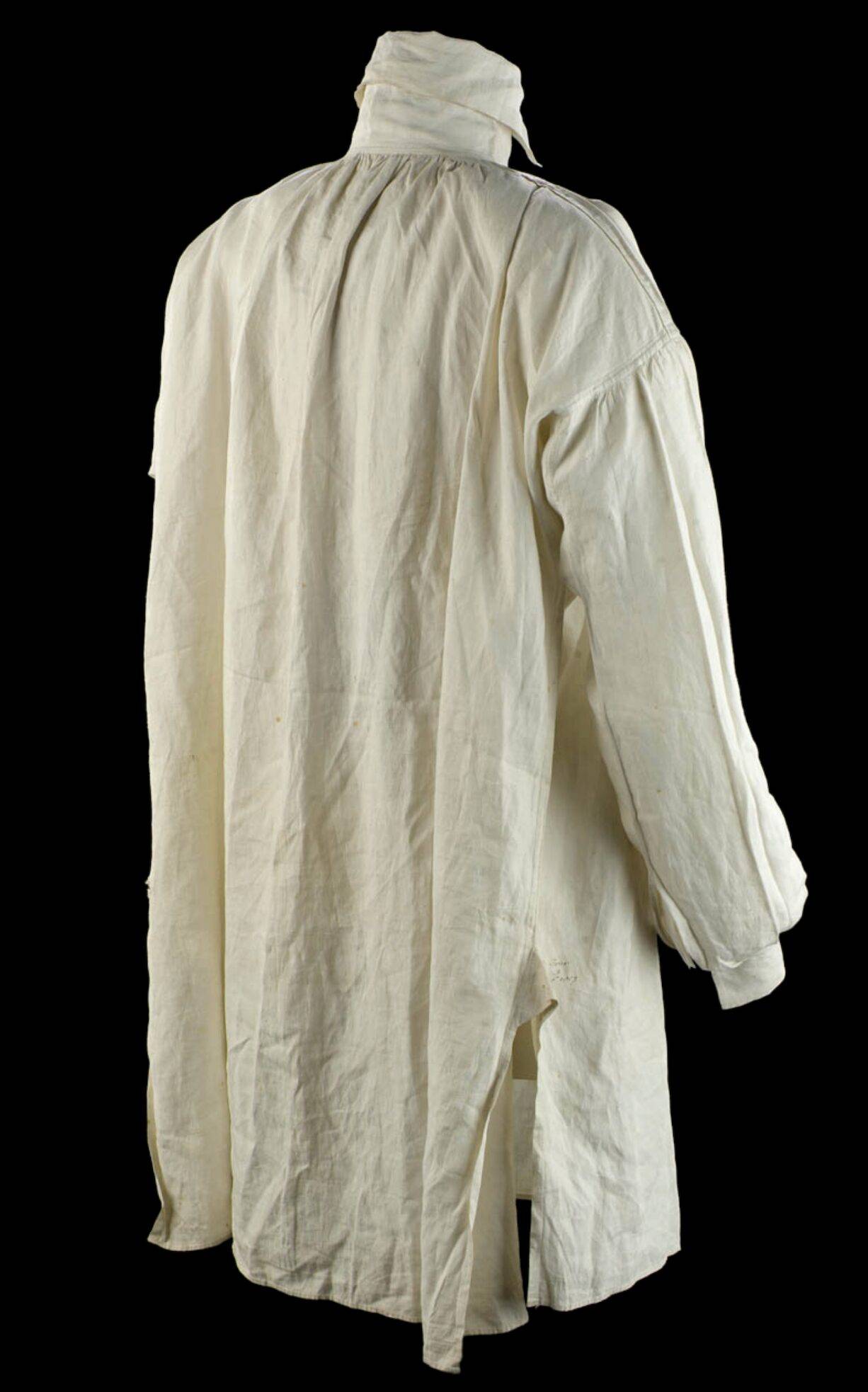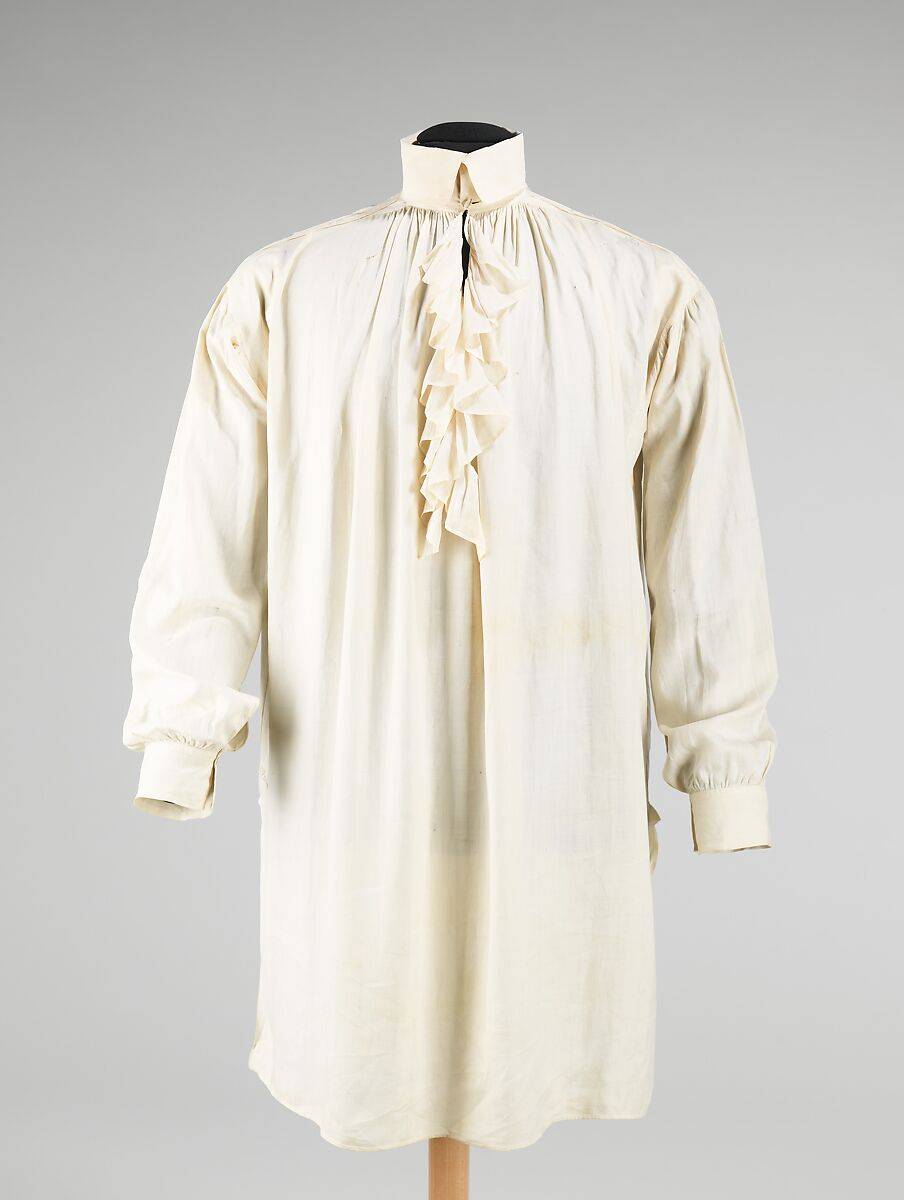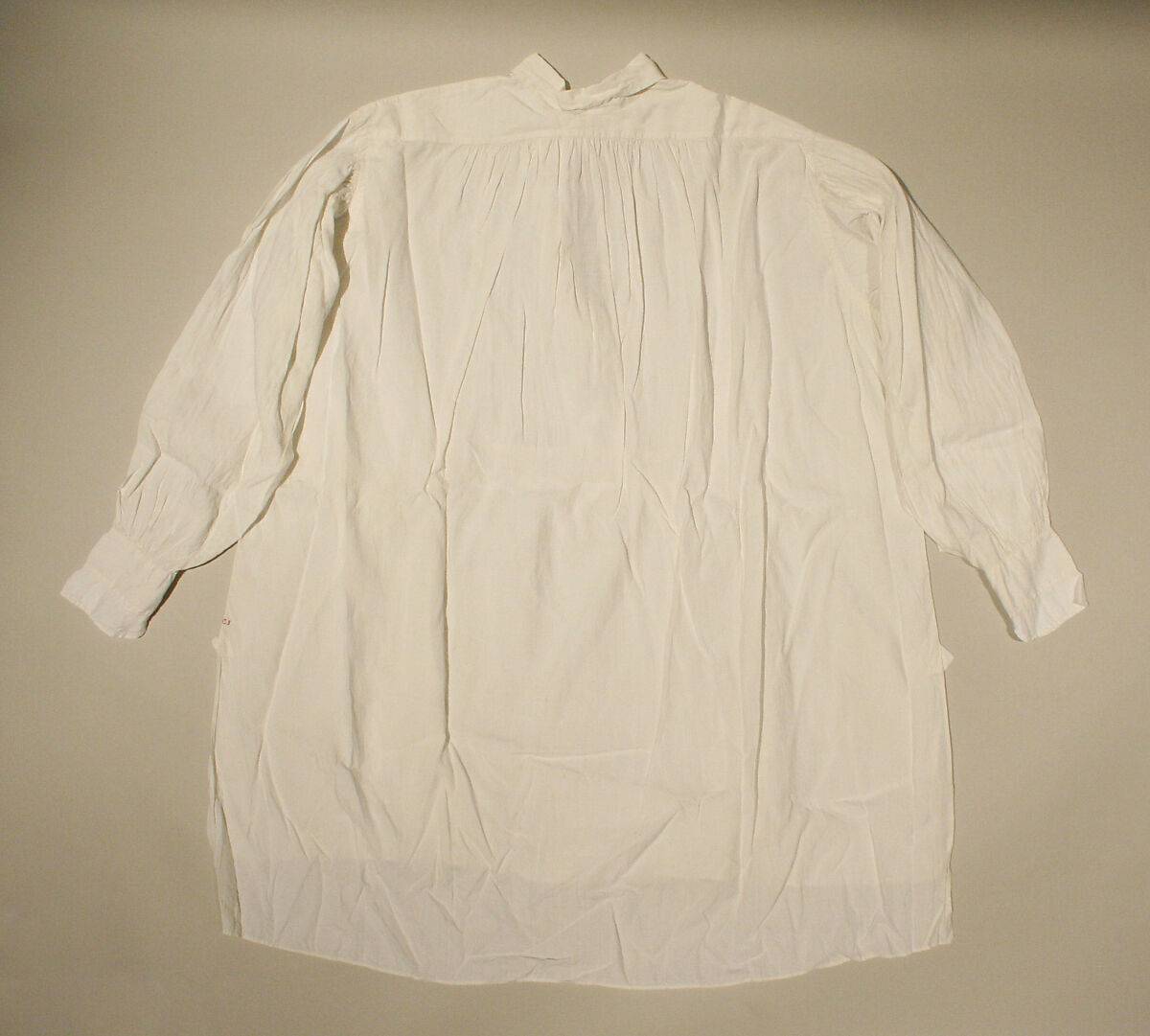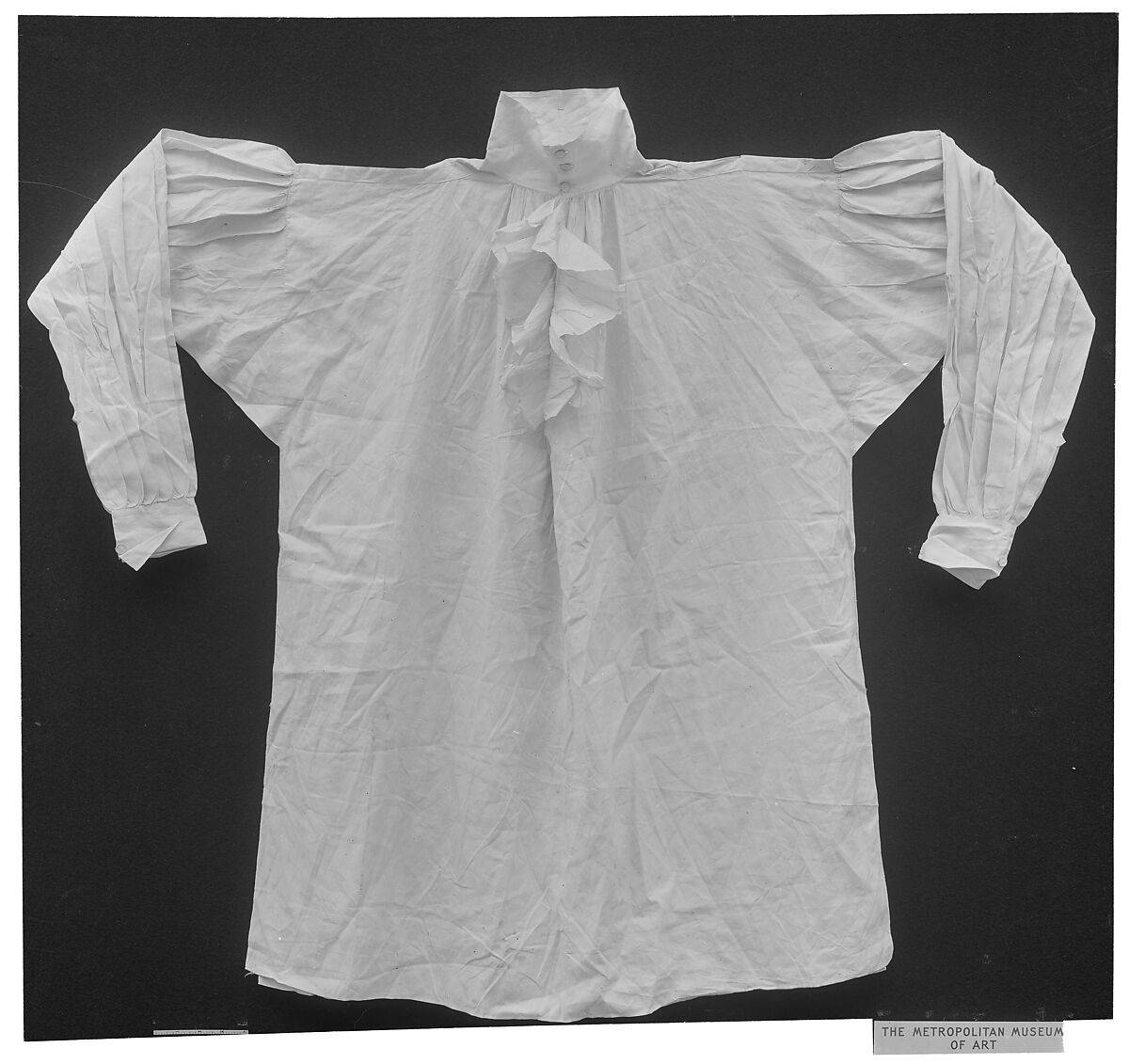
The History of Shirts
The history of the dress shirt is closely linked to the evolution of human clothing over thousands of years. In ancient civilizations such as Egypt, Greece, and Rome, simple tunics and robes, which can be considered the prototypes of modern shirts, were standard attire for men. These garments were primarily made of linen and flax, emphasizing comfort and functionality.In medieval Europe, shirts were mainly worn as undergarments, serving the purpose of protecting the skin. The shirts of this era were simple, often made of linen, with long sleeves and a loose fit. During the 16th and 17th centuries, shirts began to feature more decoration, including embroidery and lace. During this period, shirts started to serve as status symbols for the upper classes.From the late 18th century to the 19th century, the Industrial Revolution brought significant changes to shirt manufacturing. With the advent of machine weaving, shirts became more affordable and could be produced in large quantities, making them accessible to a broader range of social classes. By the 19th century, the dress shirt as we know it today began to take shape, with particular refinement in the design of collars and cuffs. During this period, the shirt became an essential element of one’s appearance, integral to the suit.
Subsequently, during the Roman Empire, shirts known as tunica became widespread. In medieval Europe, while maintaining their basic shape, shirts became more elaborate with richer decorations and materials. Particularly, the dress shirt evolved through various social and cultural transformations over the centuries into the refined style we see today.During the Renaissance in the 16th century, dress shirts adorned with luxurious embroidery and lace became fashionable among the nobility. By the 19th century, influenced by the Victorian era, the modern dress shirt’s design began to take shape. Today, dress shirts are widely recognized as essential items for business and formal occasions.This site explores the evolution of the shirt, detailing historical styles such as the Greek tunic, the Roman tunica, and the ruff, leading up to the modern dress shirt. Additionally, we will delve into the design, materials, and occasions for wearing shirts across different eras, showcasing how the shirt has developed into its current form. By tracing this history, you will gain a deeper understanding of the cultural background and fashion changes embedded in the shirt.
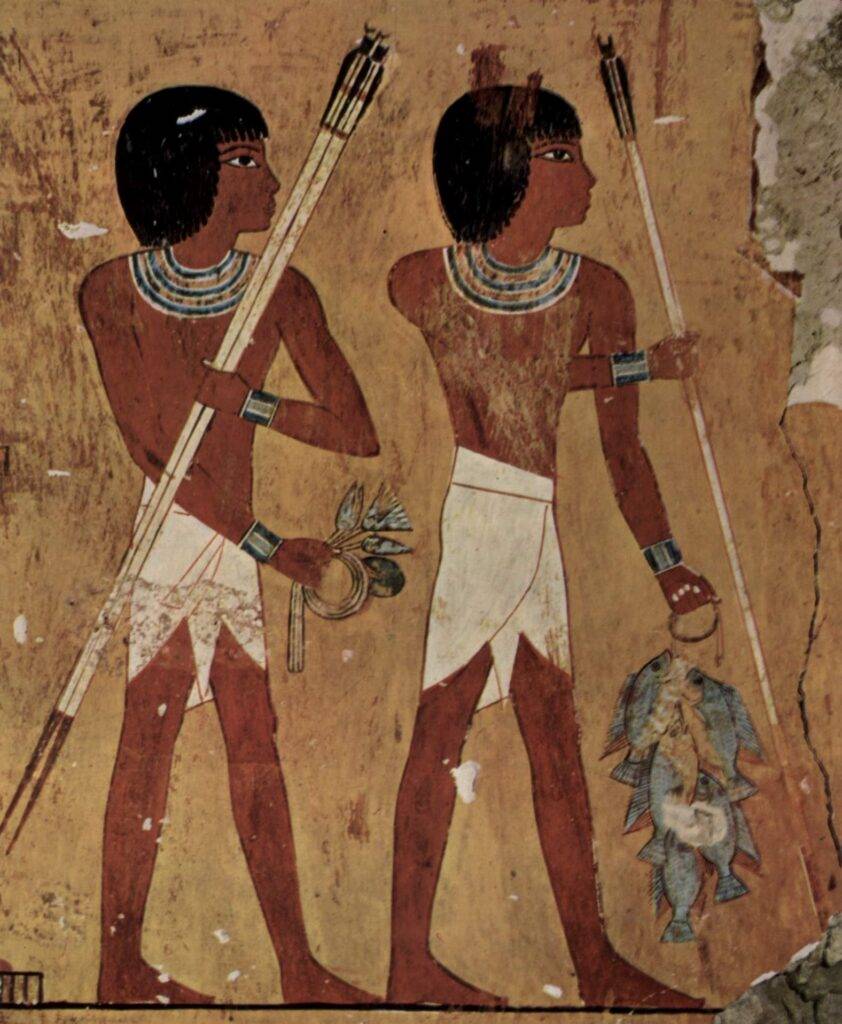
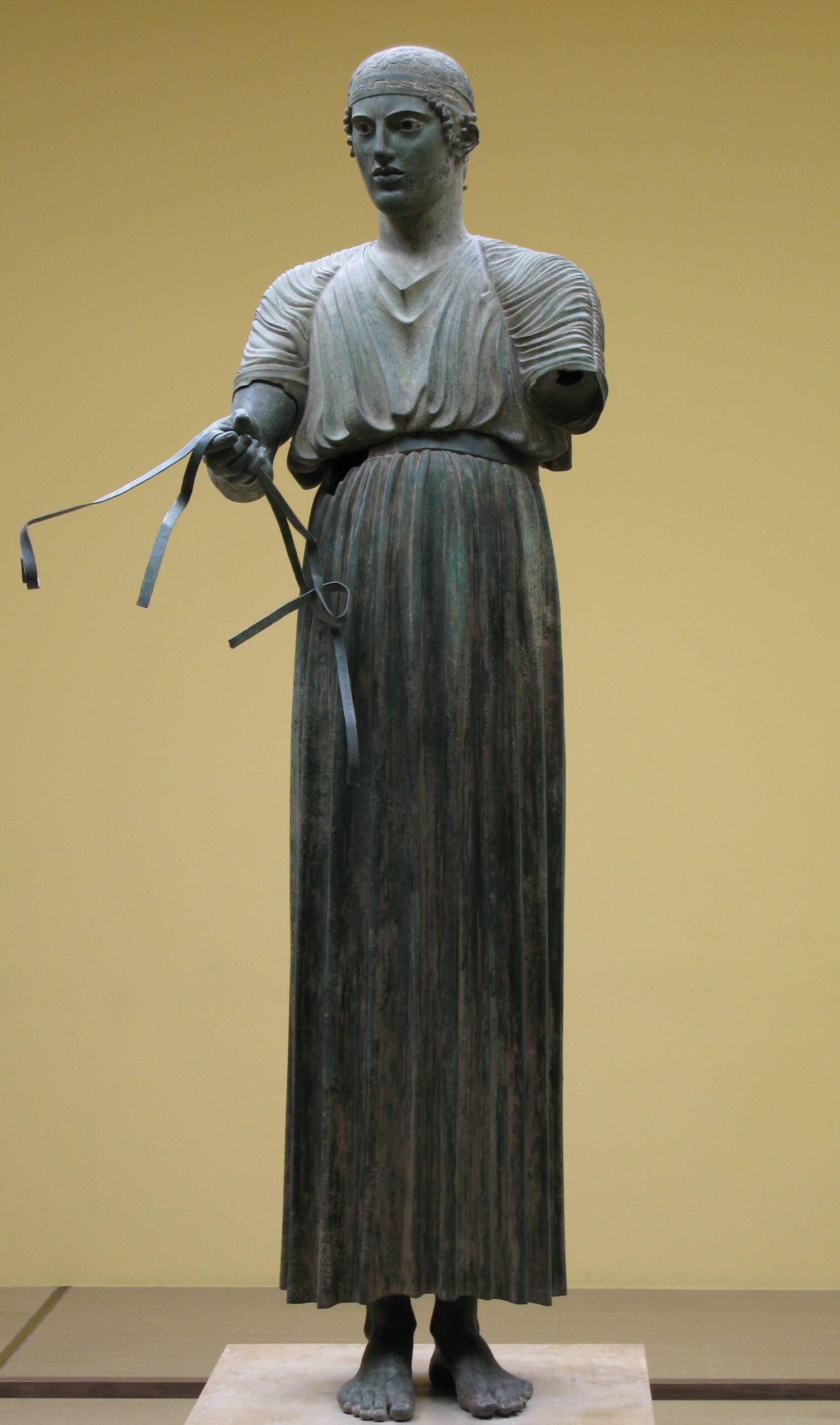
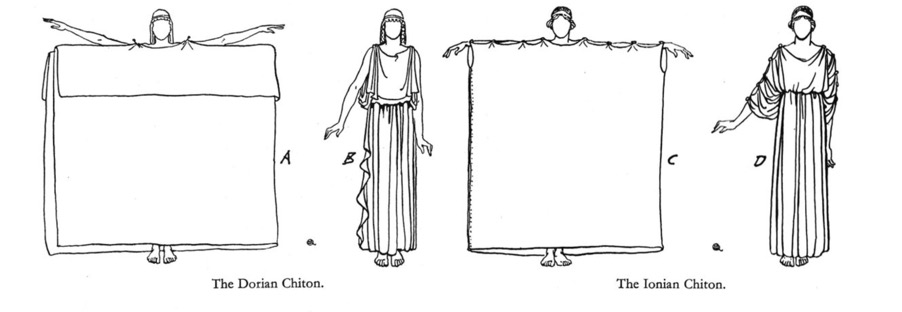
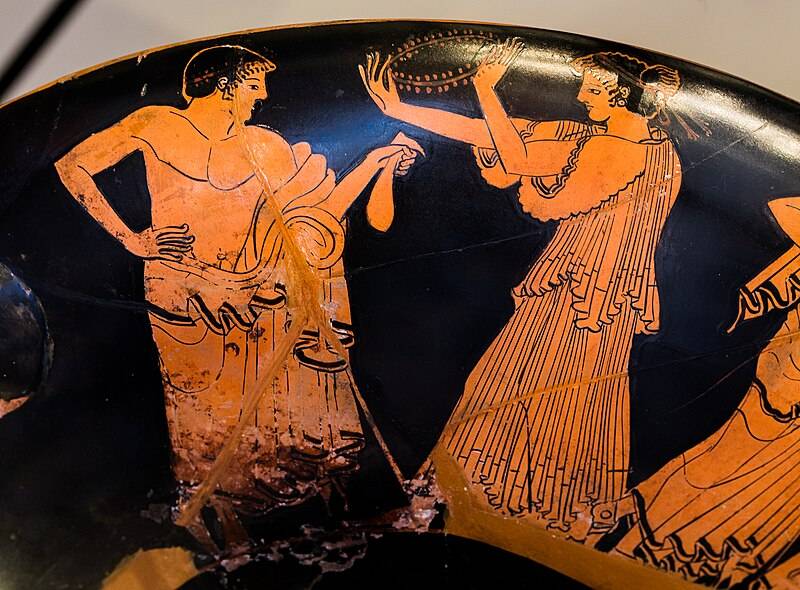
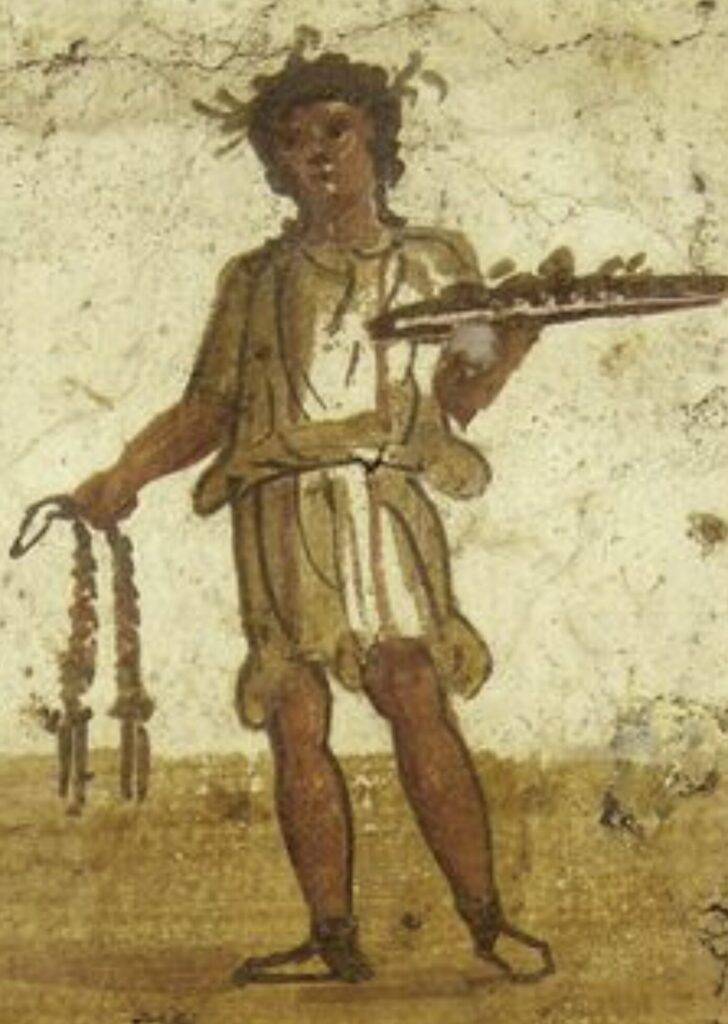
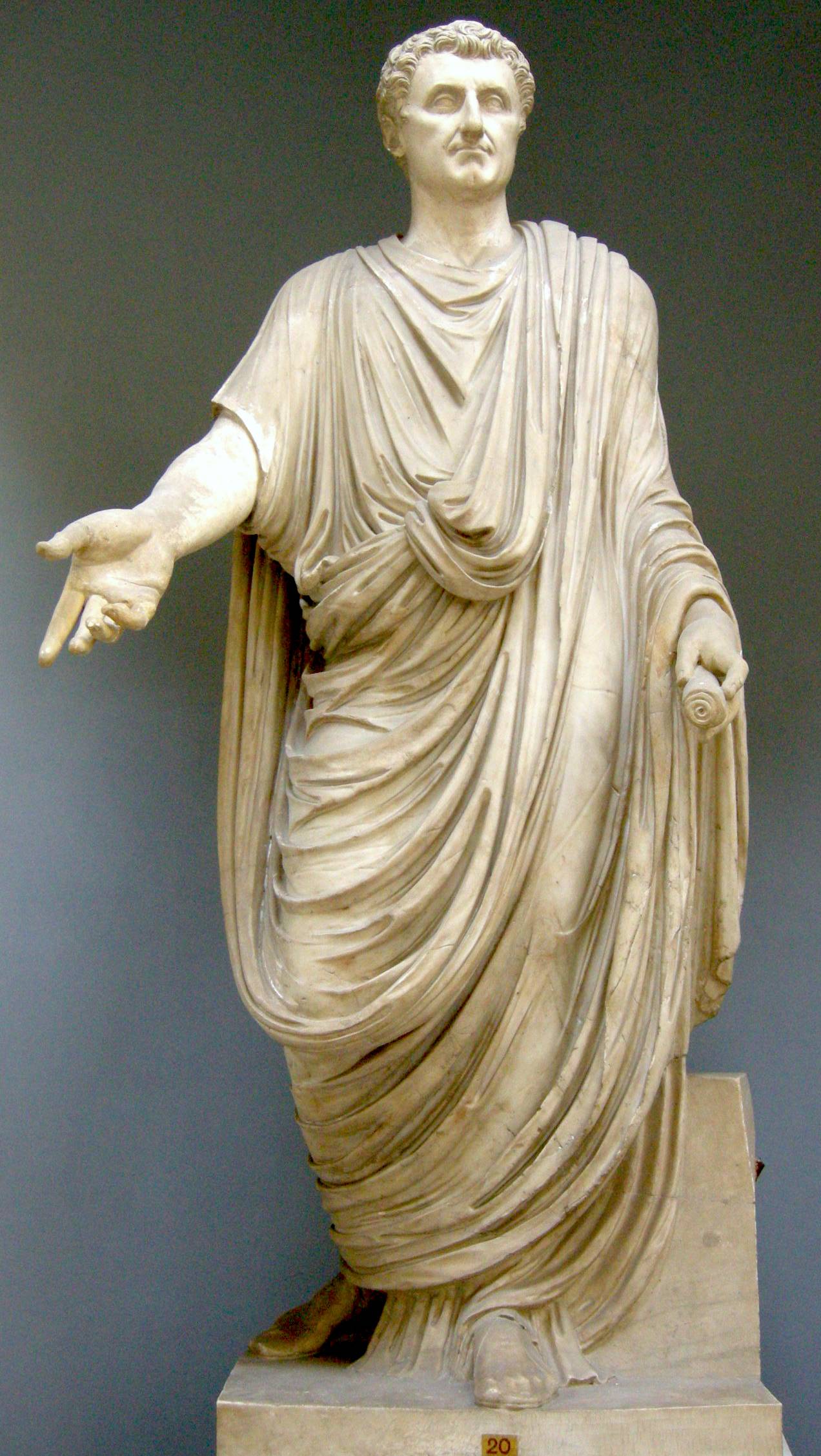
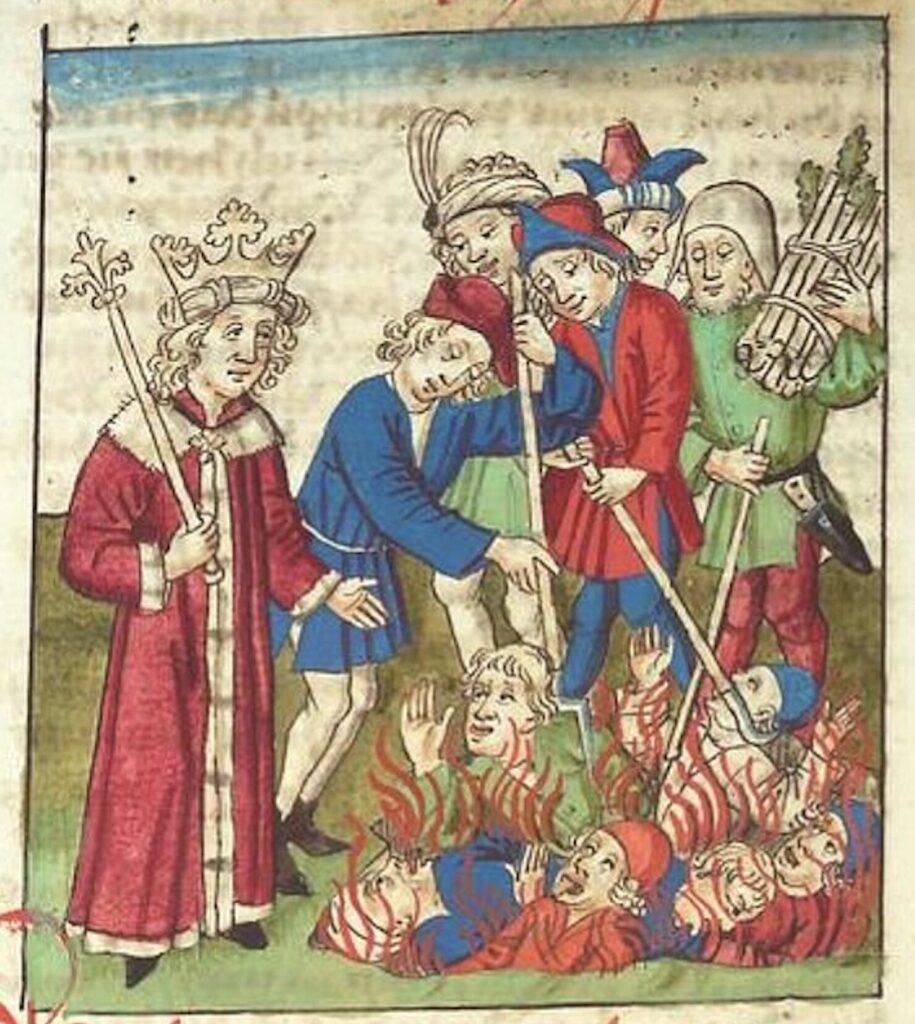
チュニックは、古代から中世にかけて広く使用された基本的な衣服で、男女ともに着用されました。長方形の布地に首と腕の穴を開けただけのシンプルな構造で、膝丈から足首丈までの長さがあります。通常、ベルトでウエストを締めて着用され、日常着として広く使用されました。労働者から貴族まで幅広い層に受け入れられ、重ね着することで寒さをしのぐことができました。
タブードは、中世のヨーロッパで特に騎士や軍人が着用した外套です。前後に垂れ下がる長方形の布で、側面が開いているか短いスリーブが付いていることが多いデザインでした。通常は腰までの長さで、時には膝丈までのものもあります。騎士や兵士が自分の所属や身分を示すために着用し、戦場では家紋やシンボルが描かれたタブードを着用していました。タブードは防護具の上に着用され、視認性を高める役割を果たしました。
サーコートは、中世において主に騎士や貴族が着用したローブです。長袖または袖なしのデザインがあり、前面にスリットが入っていることが多く、丈は足首までありました。豪華な素材や装飾が施されることがあり、防護具の上に着用されて騎士の識別を容易にしました。また、寒さを防ぐための追加の層としても機能し、貴族や上流階級の人々は装飾的なサーコートを着用してステータスを示しました。
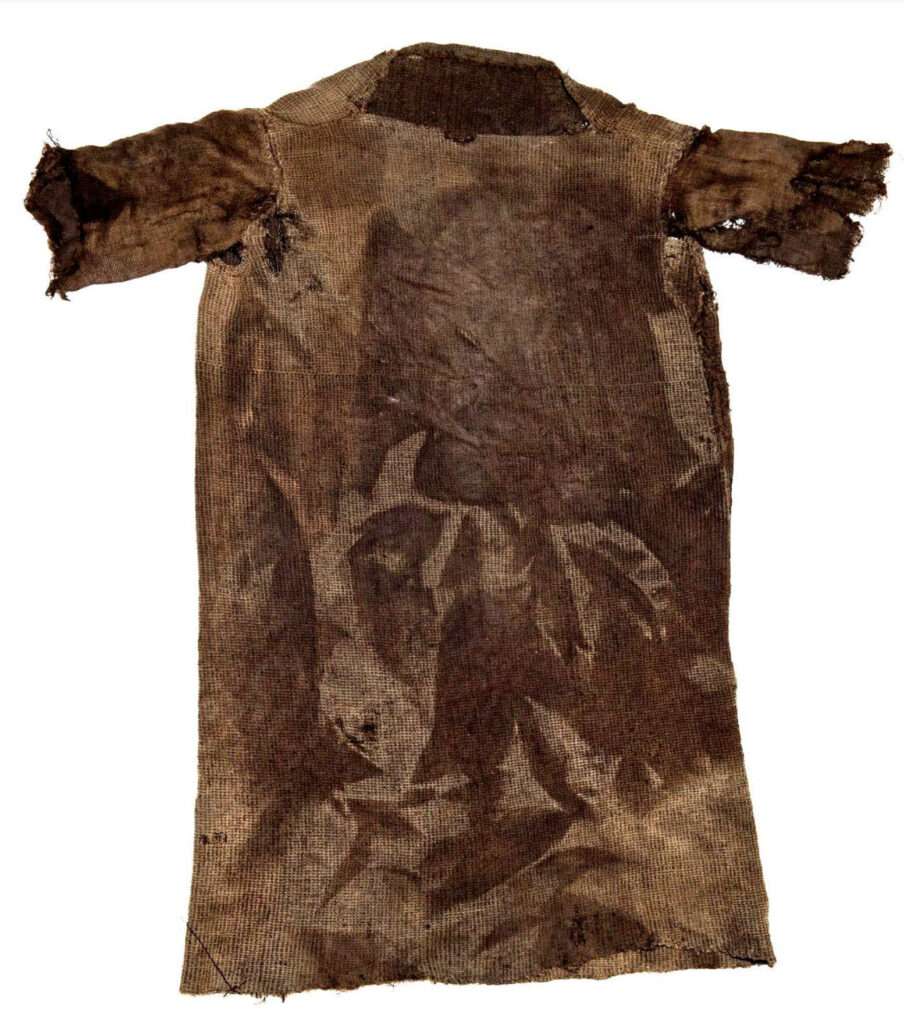
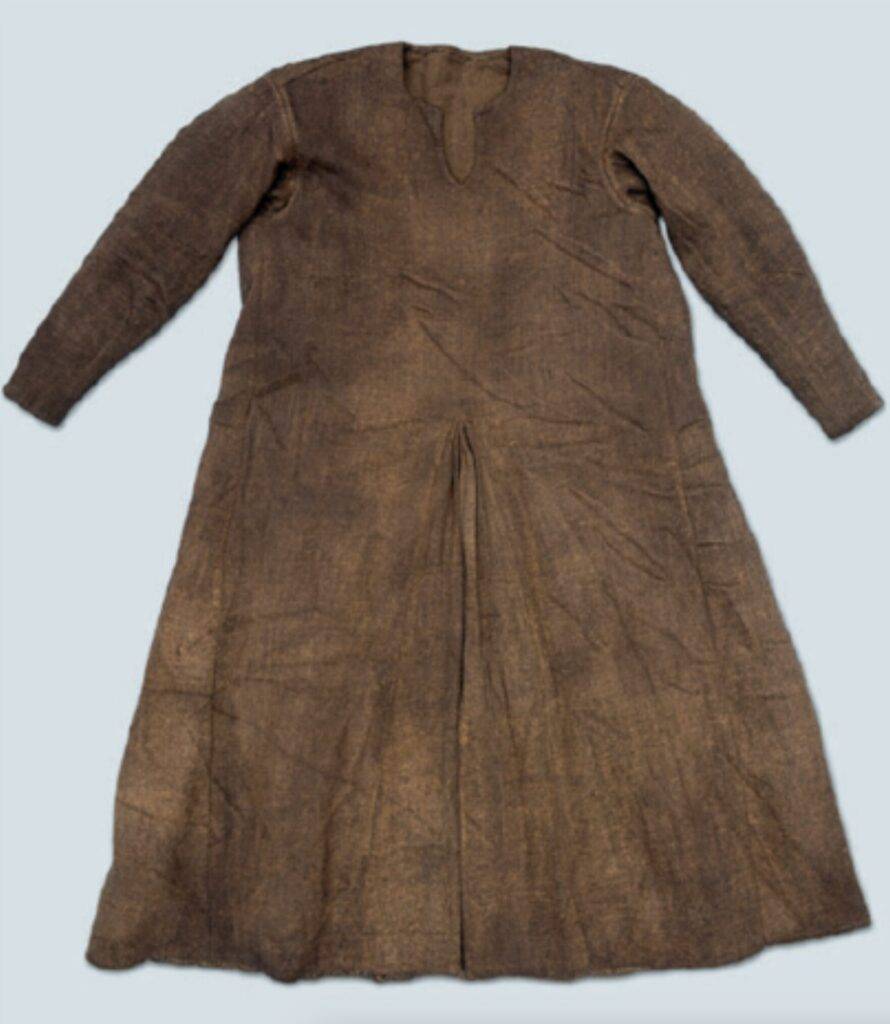
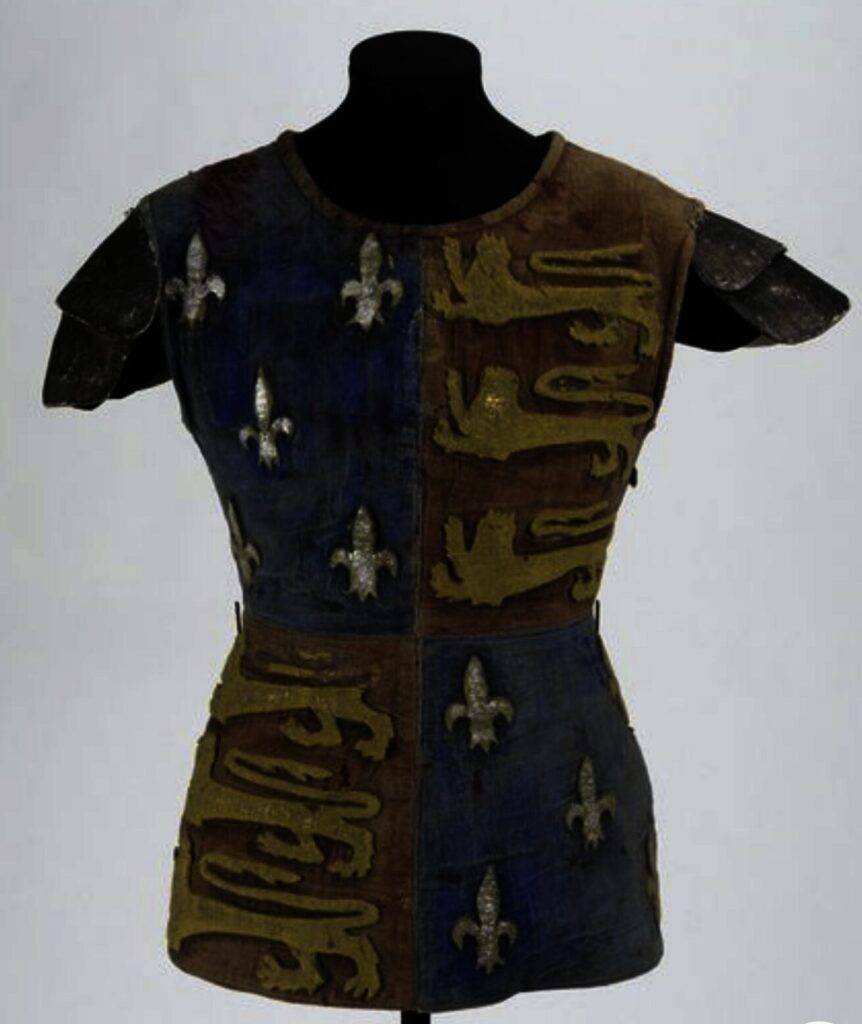
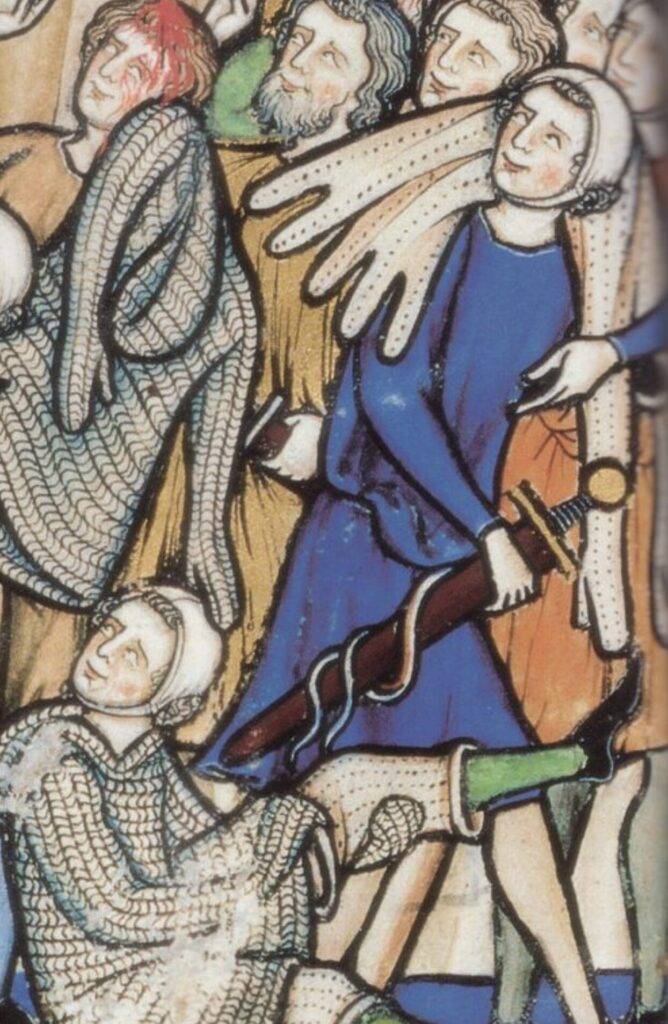
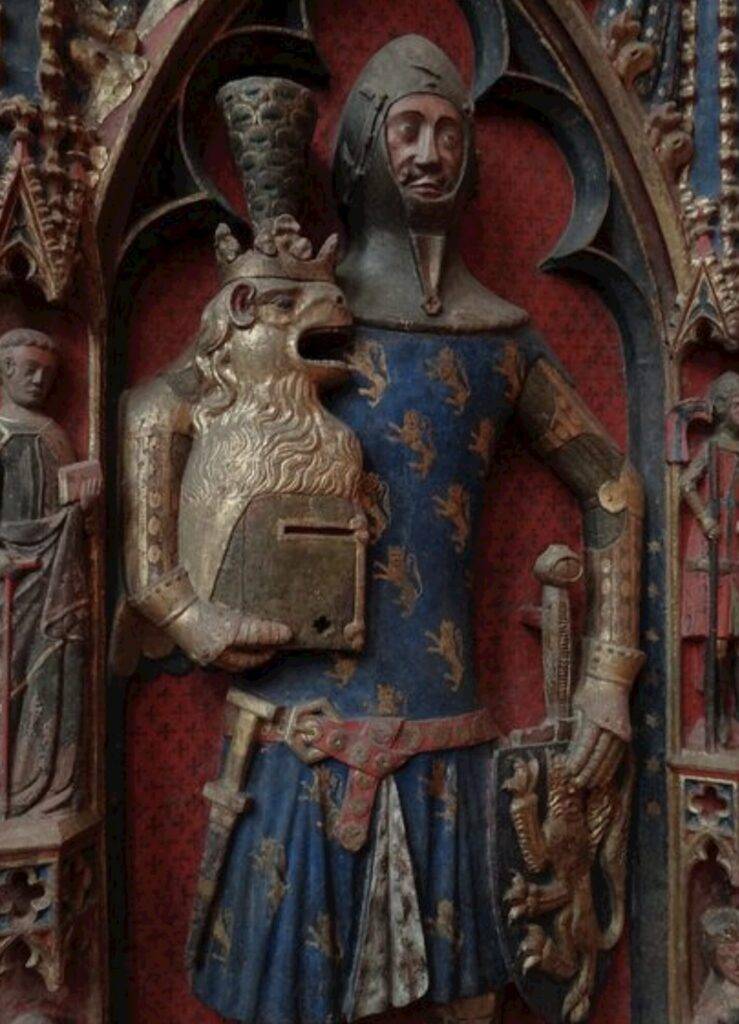
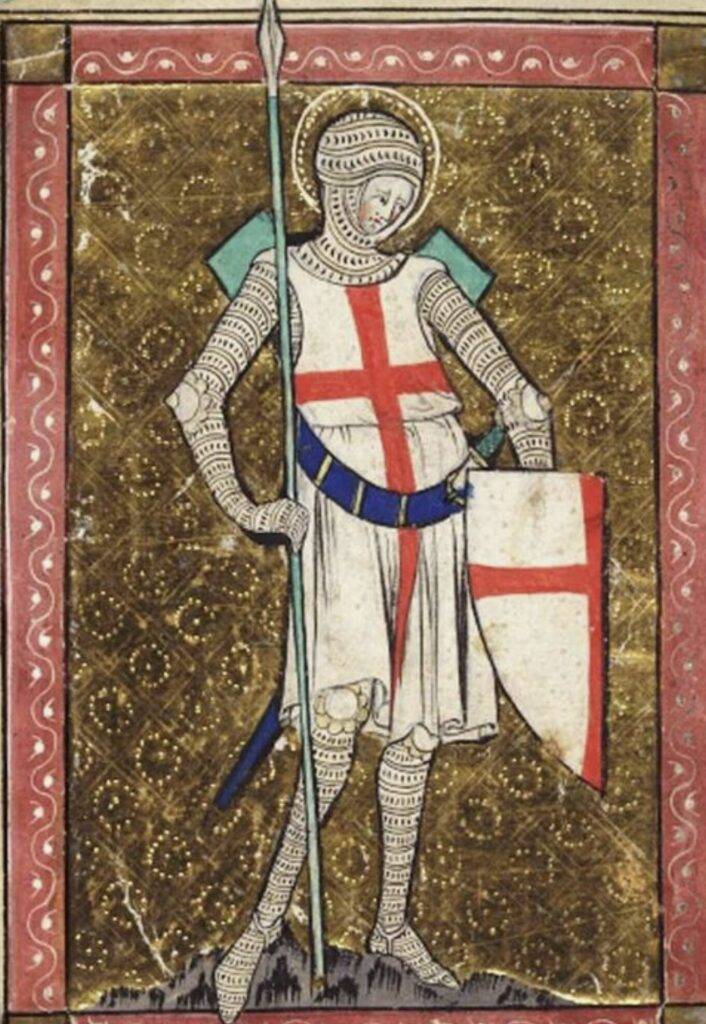
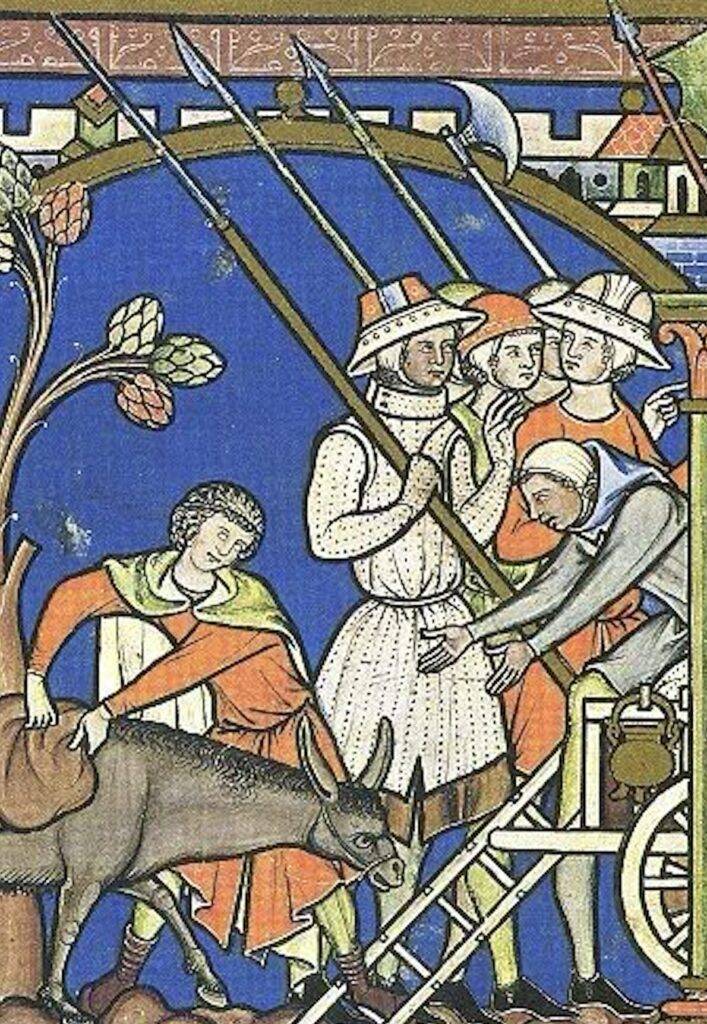
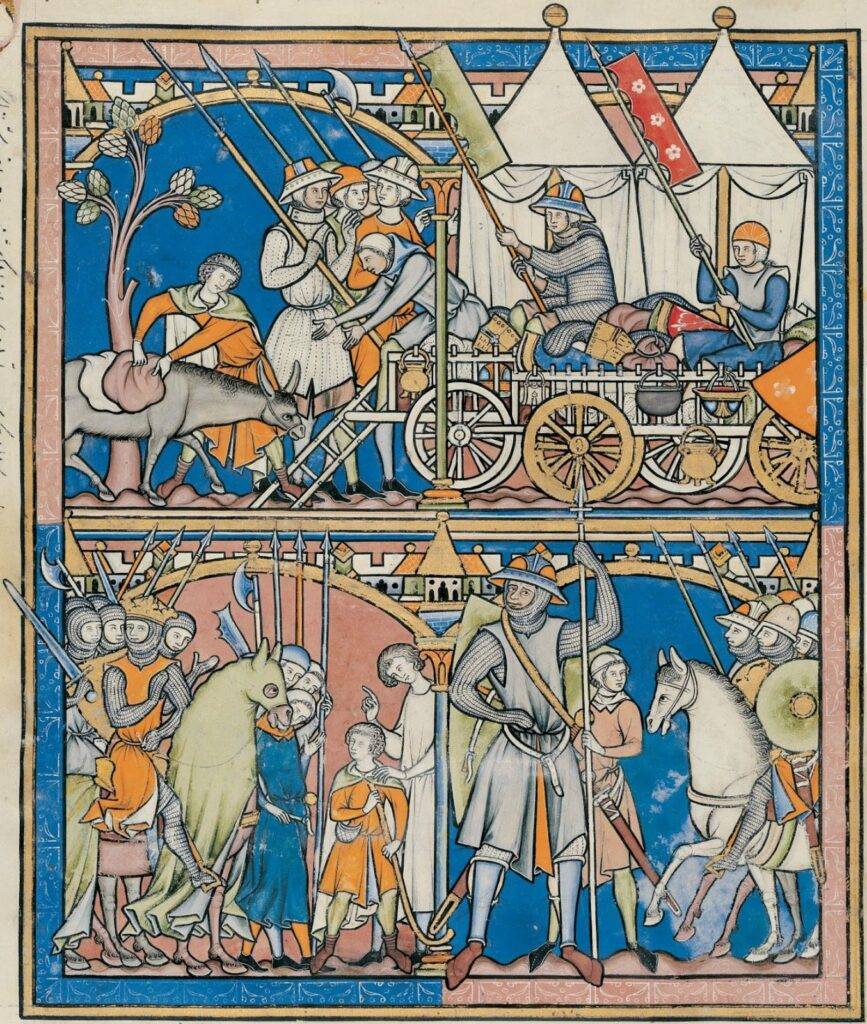
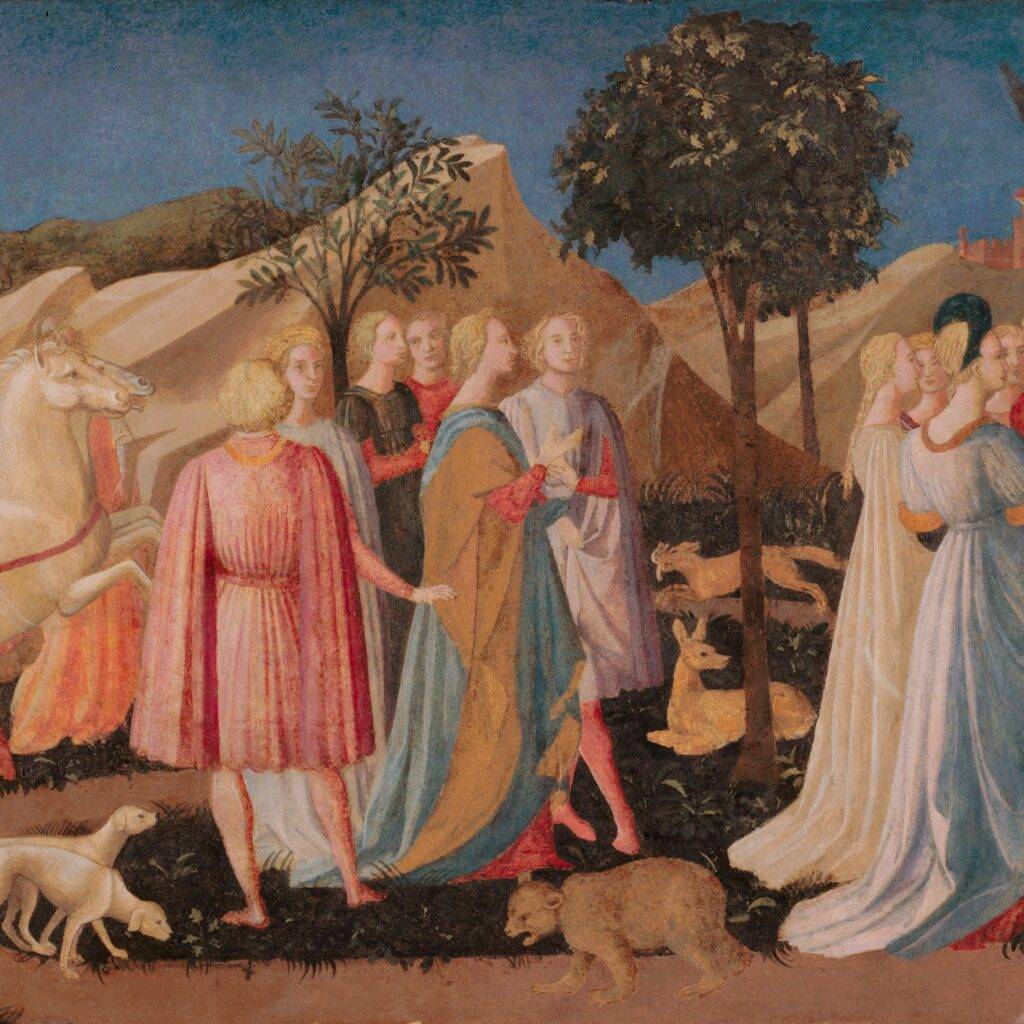
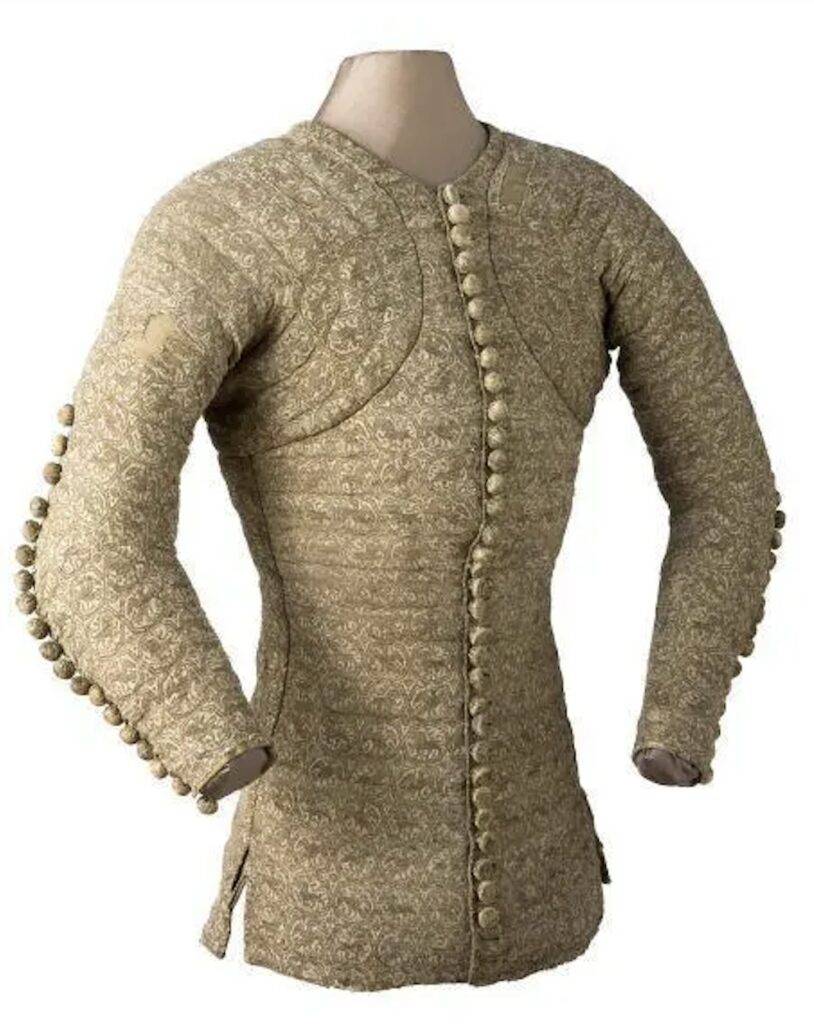
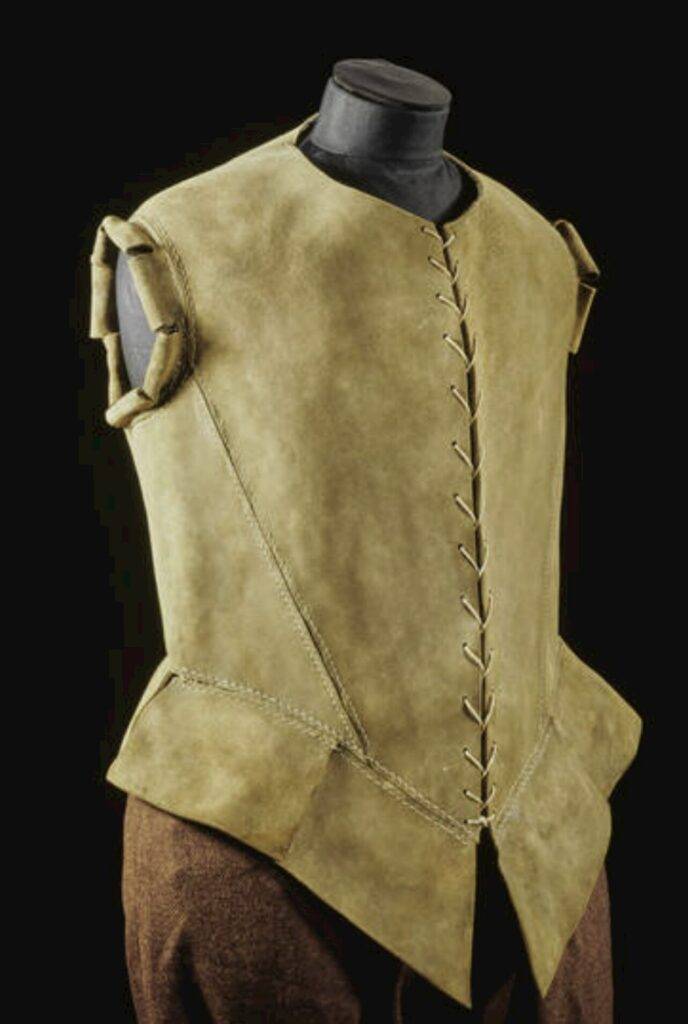
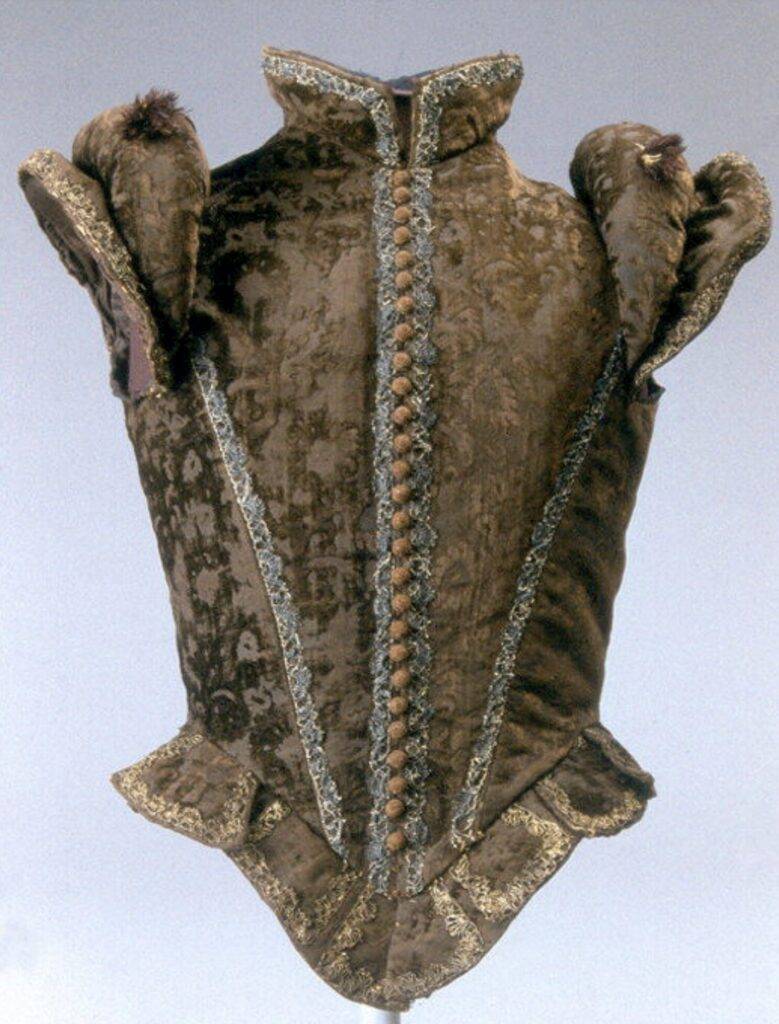

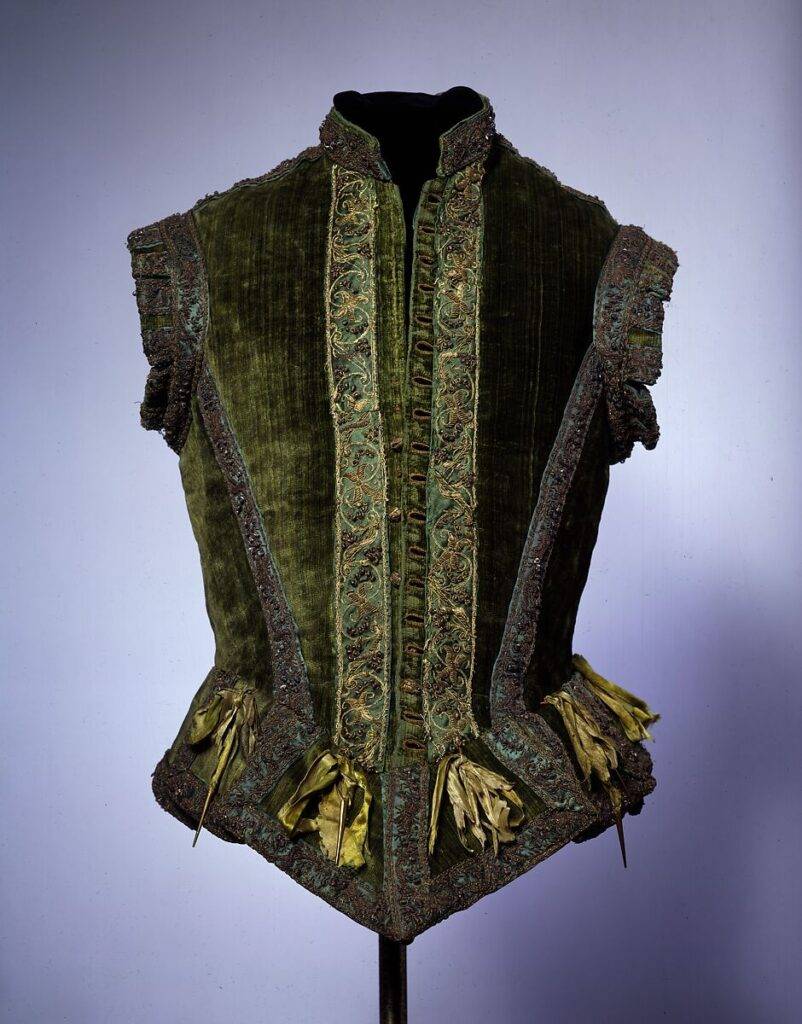

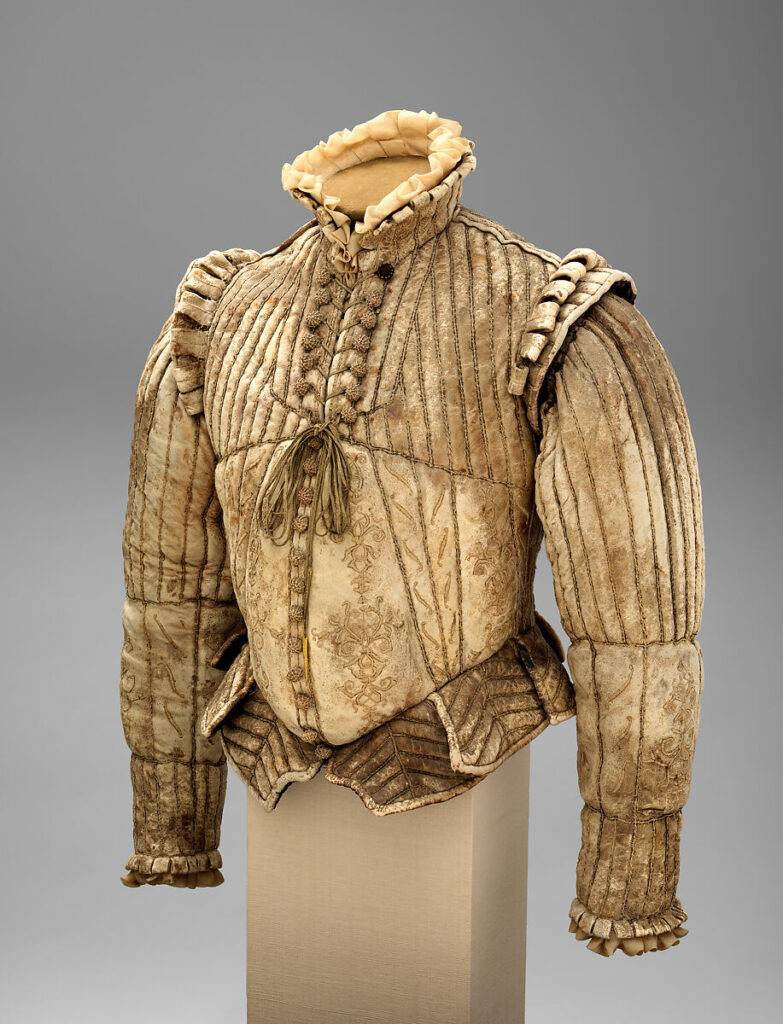
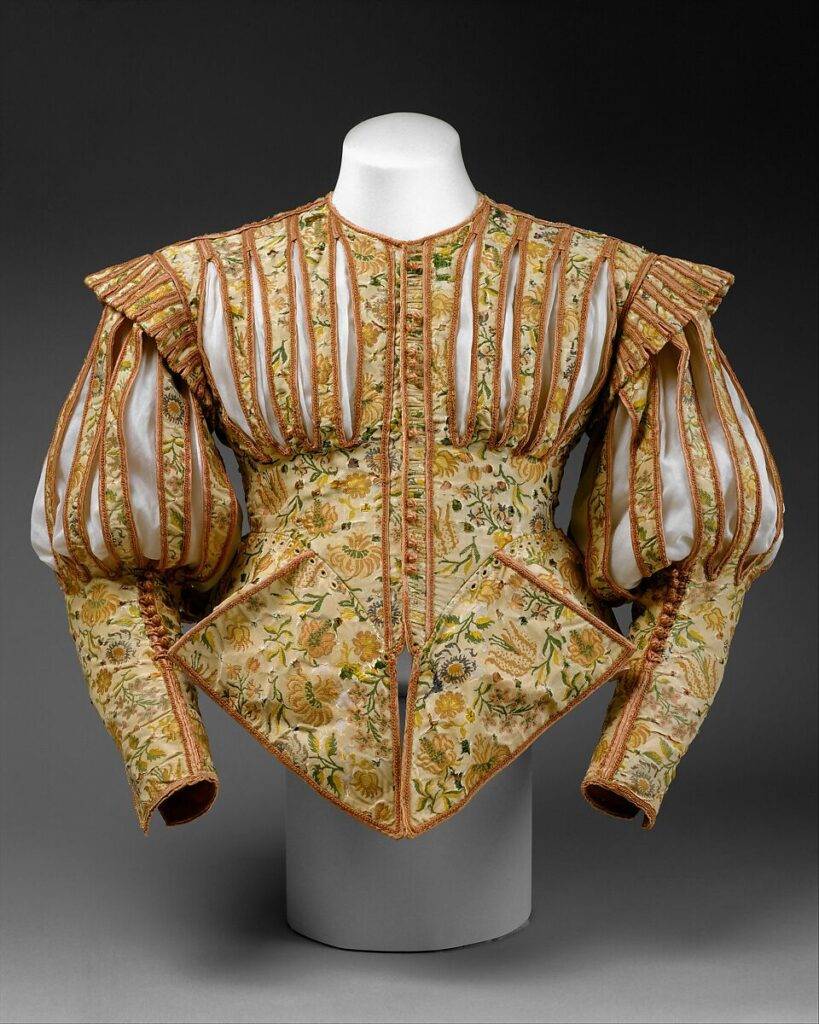
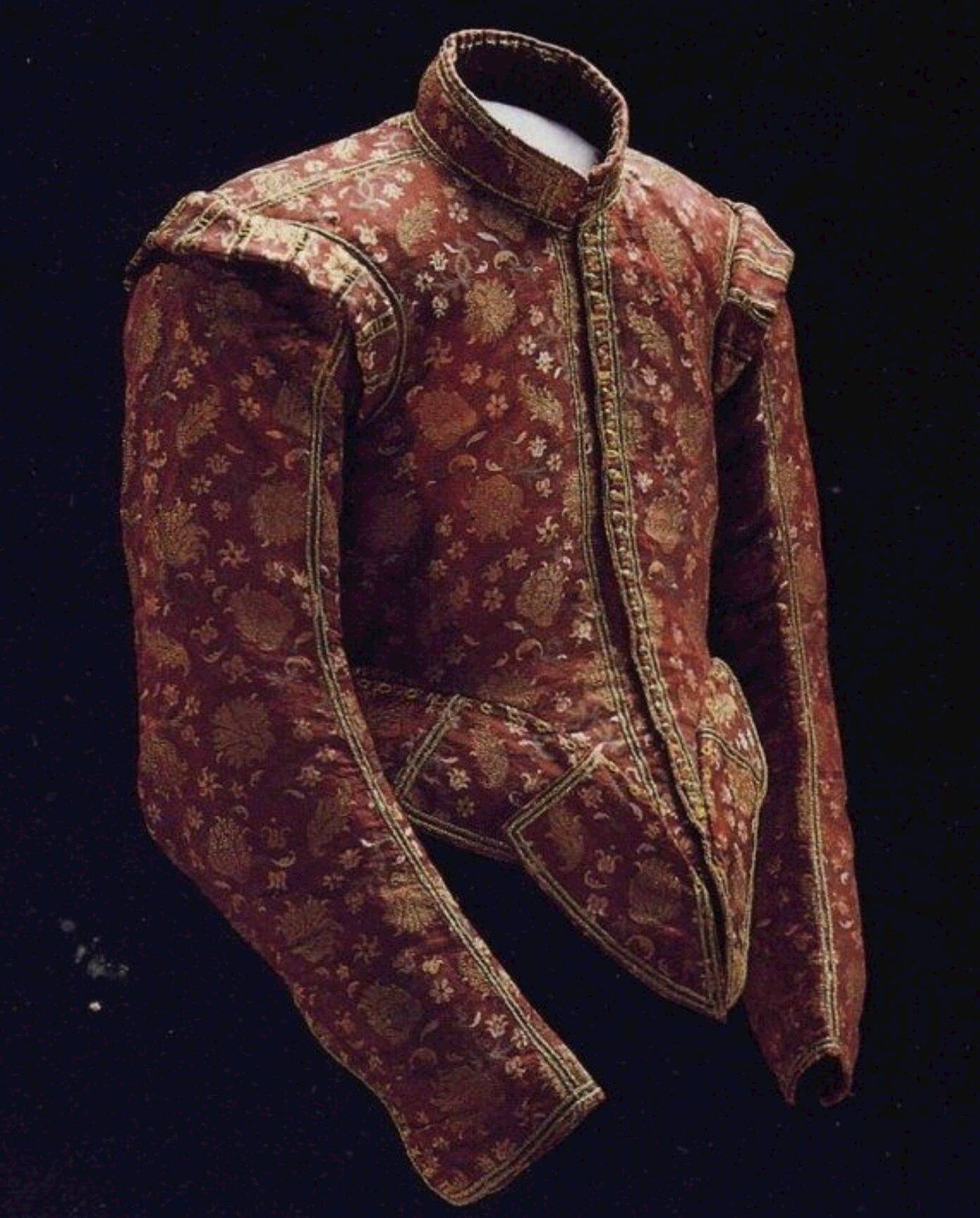
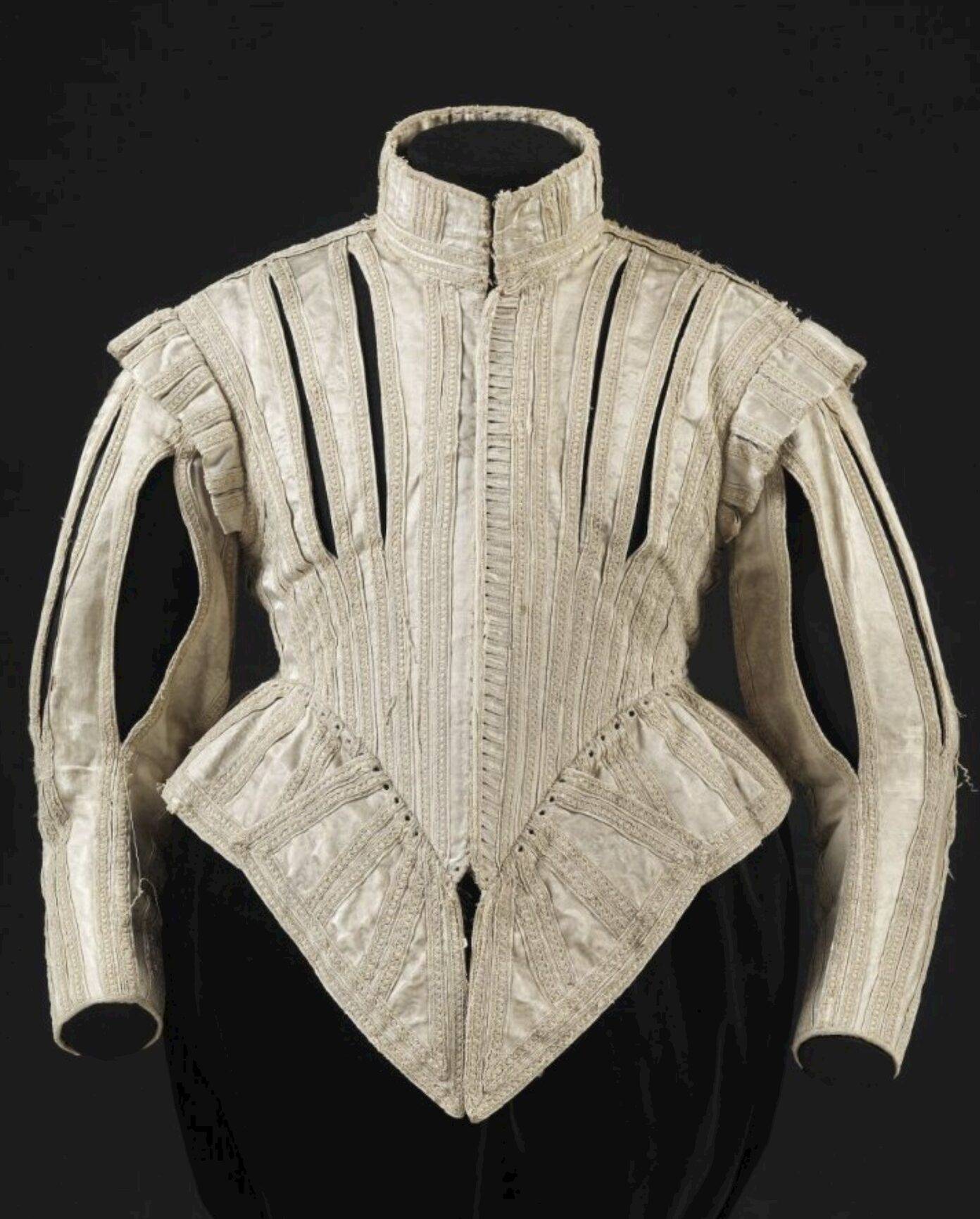
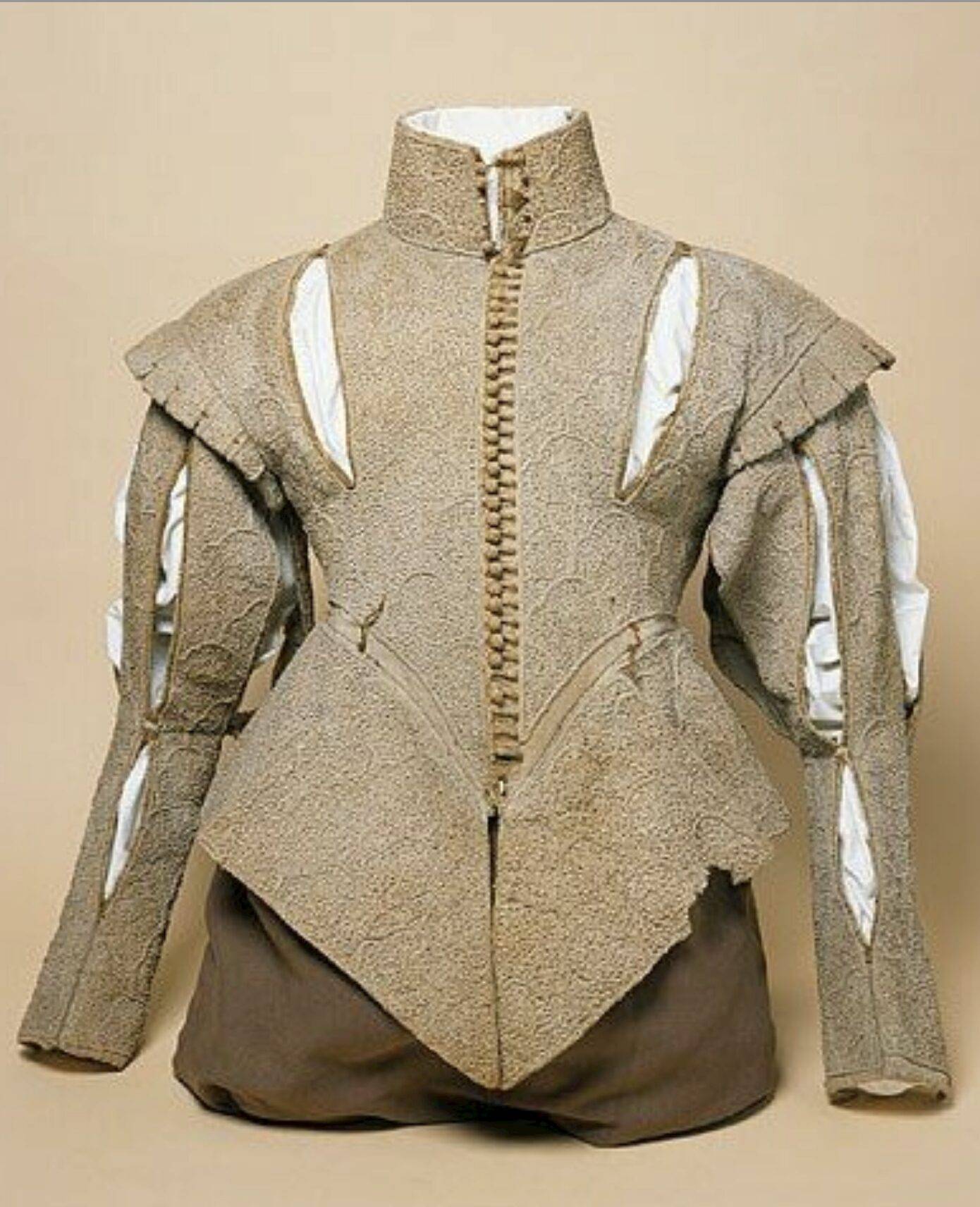
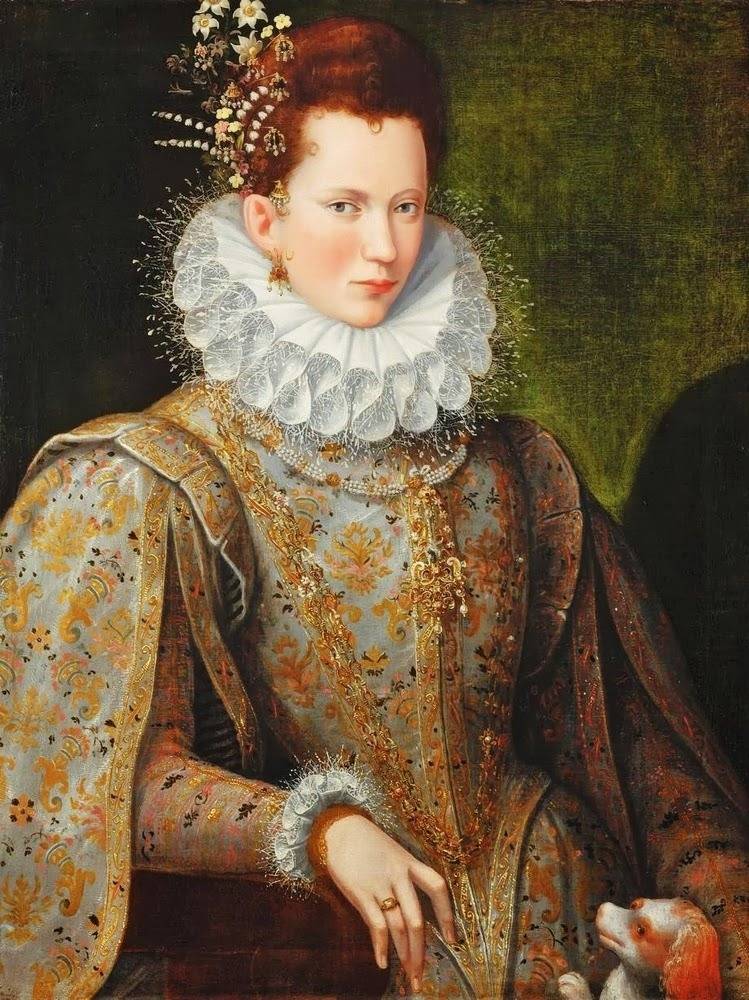
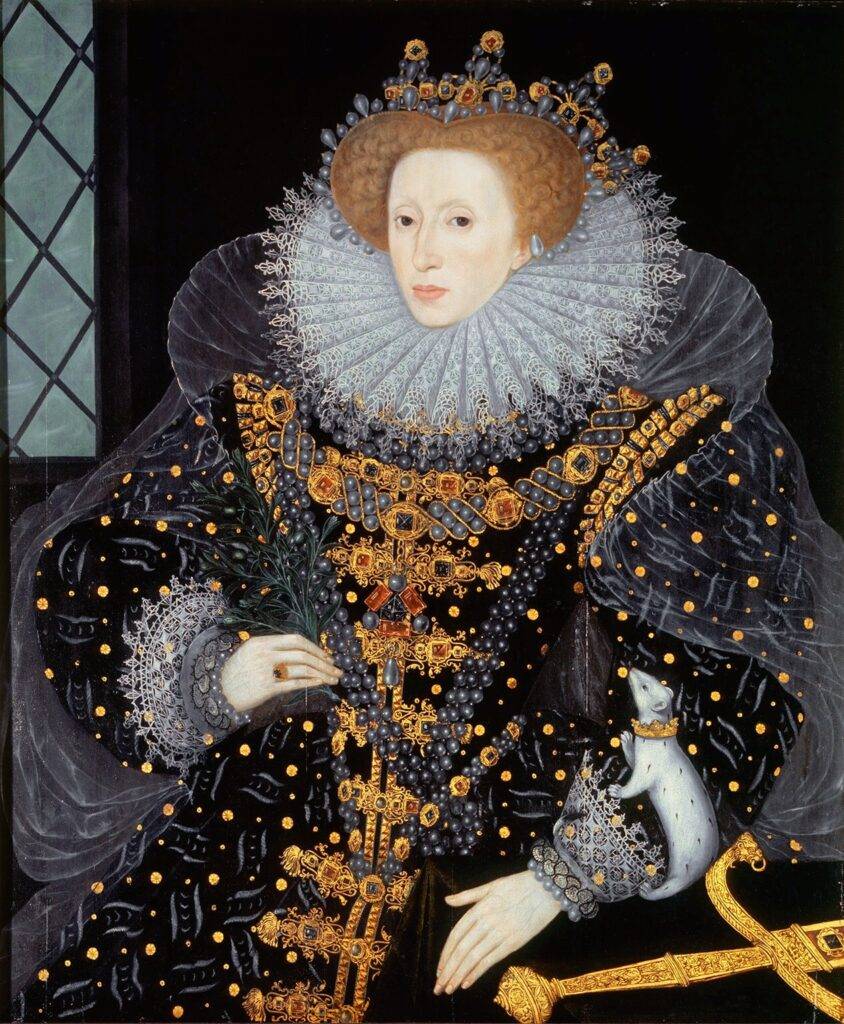

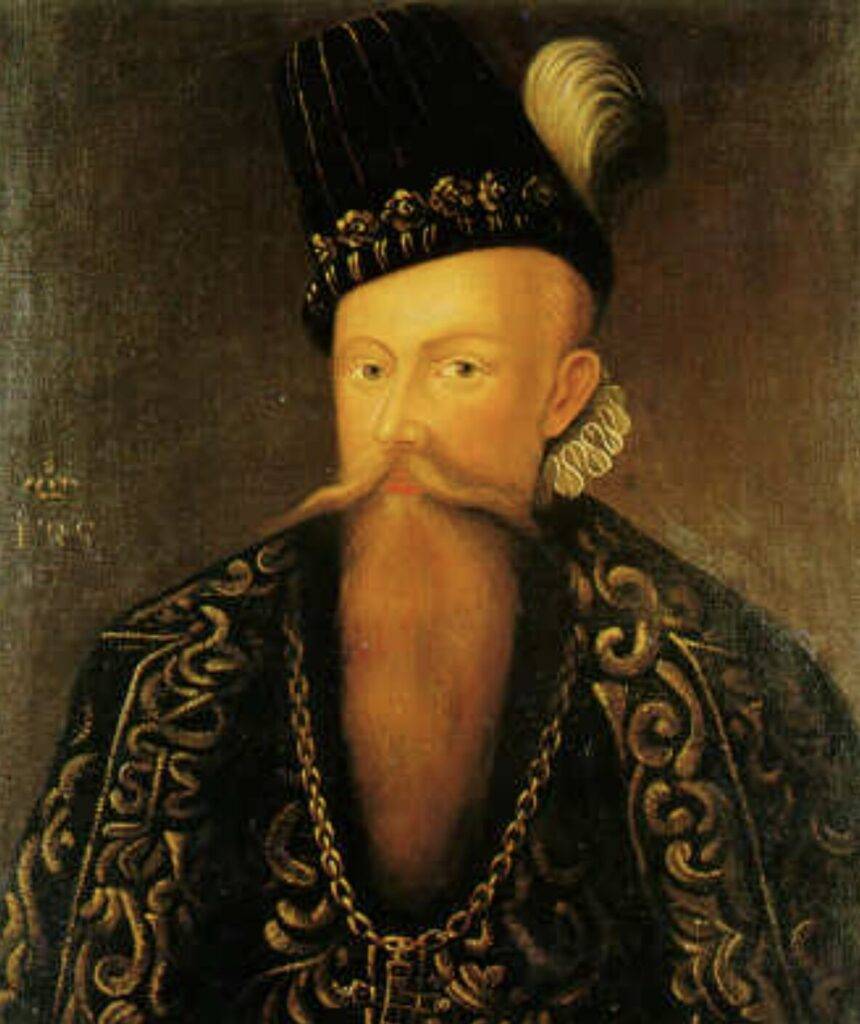
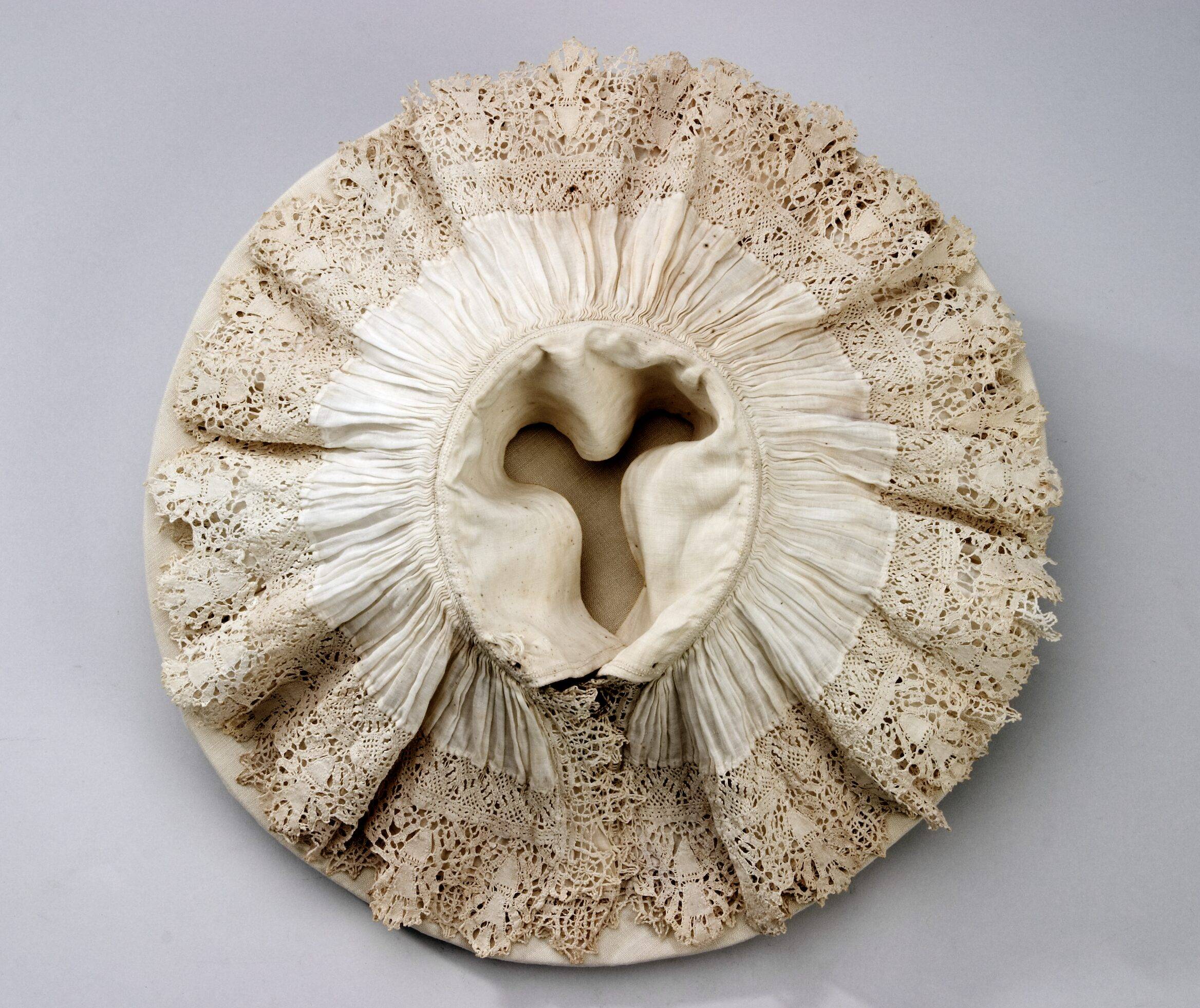
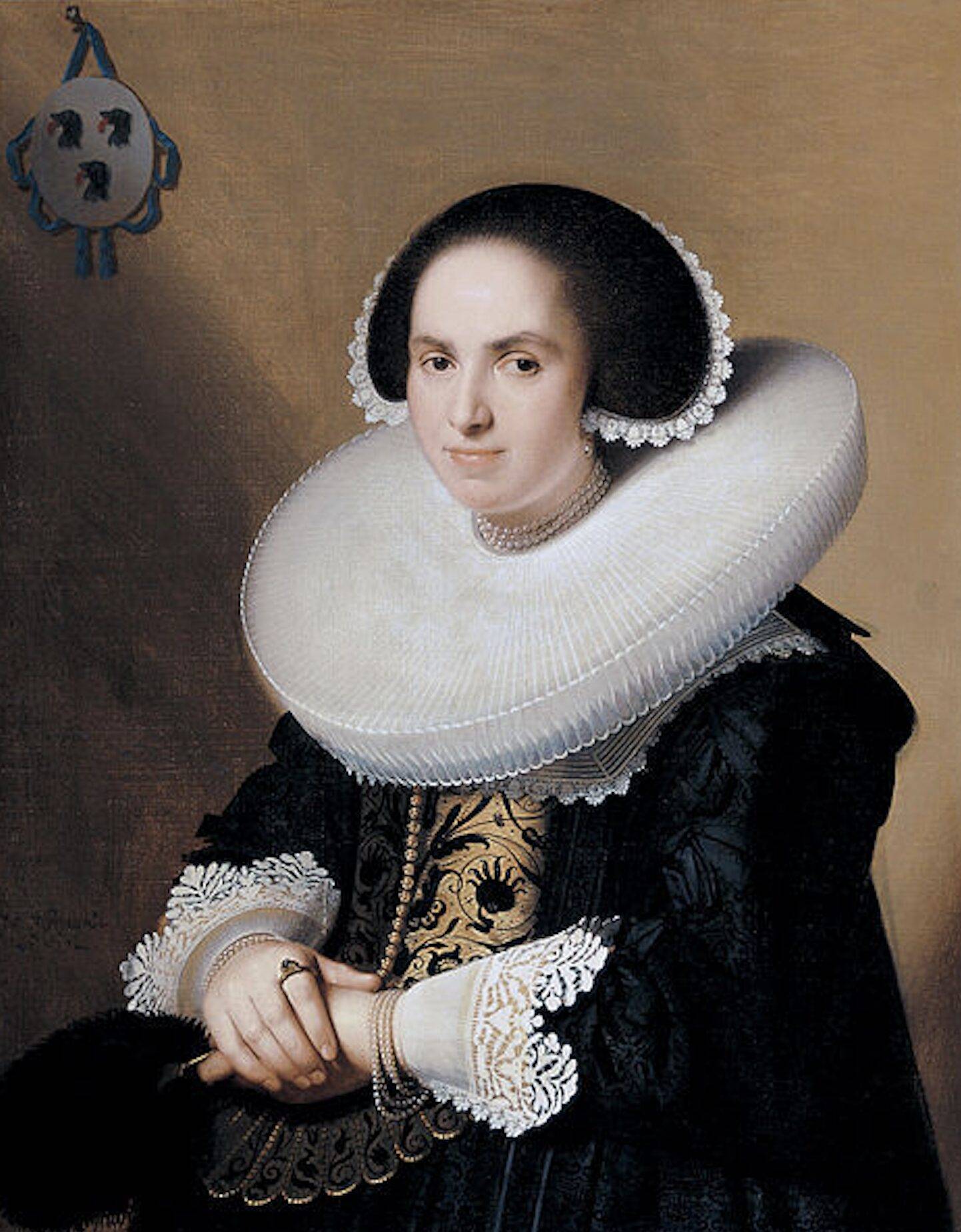
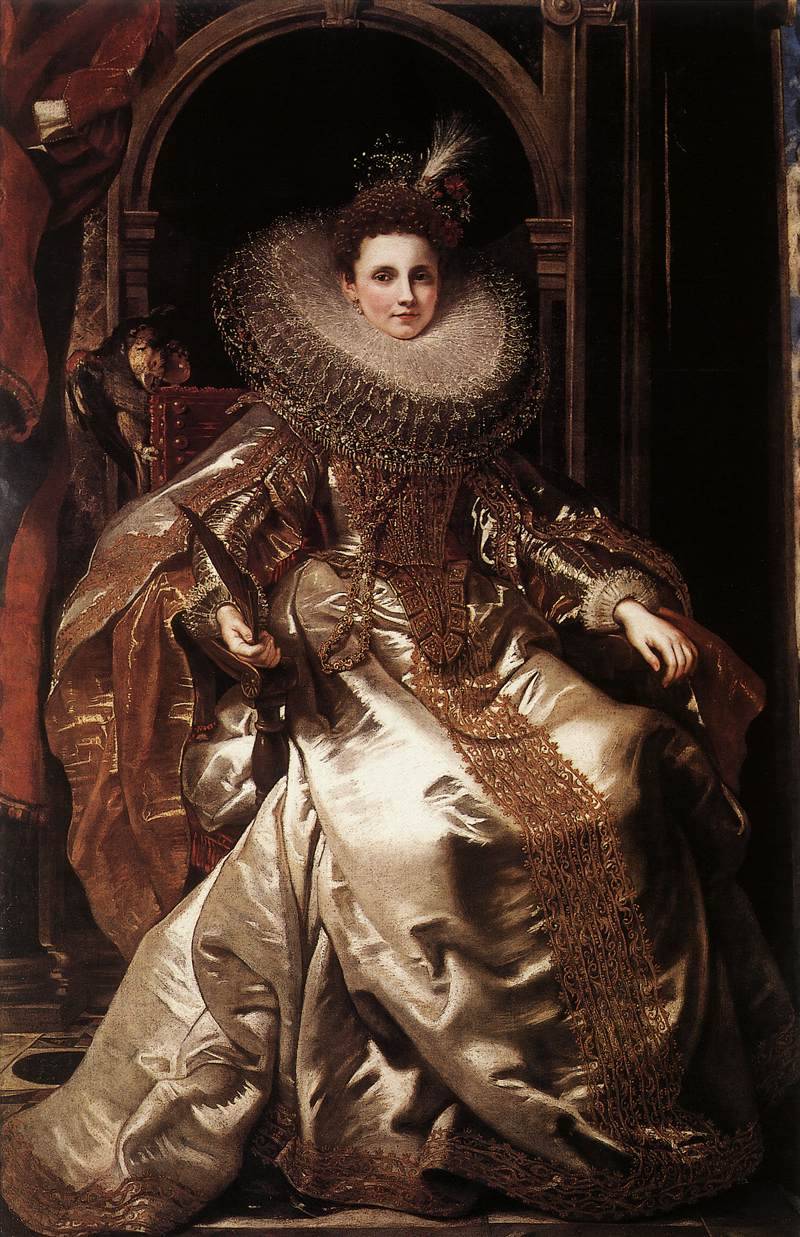
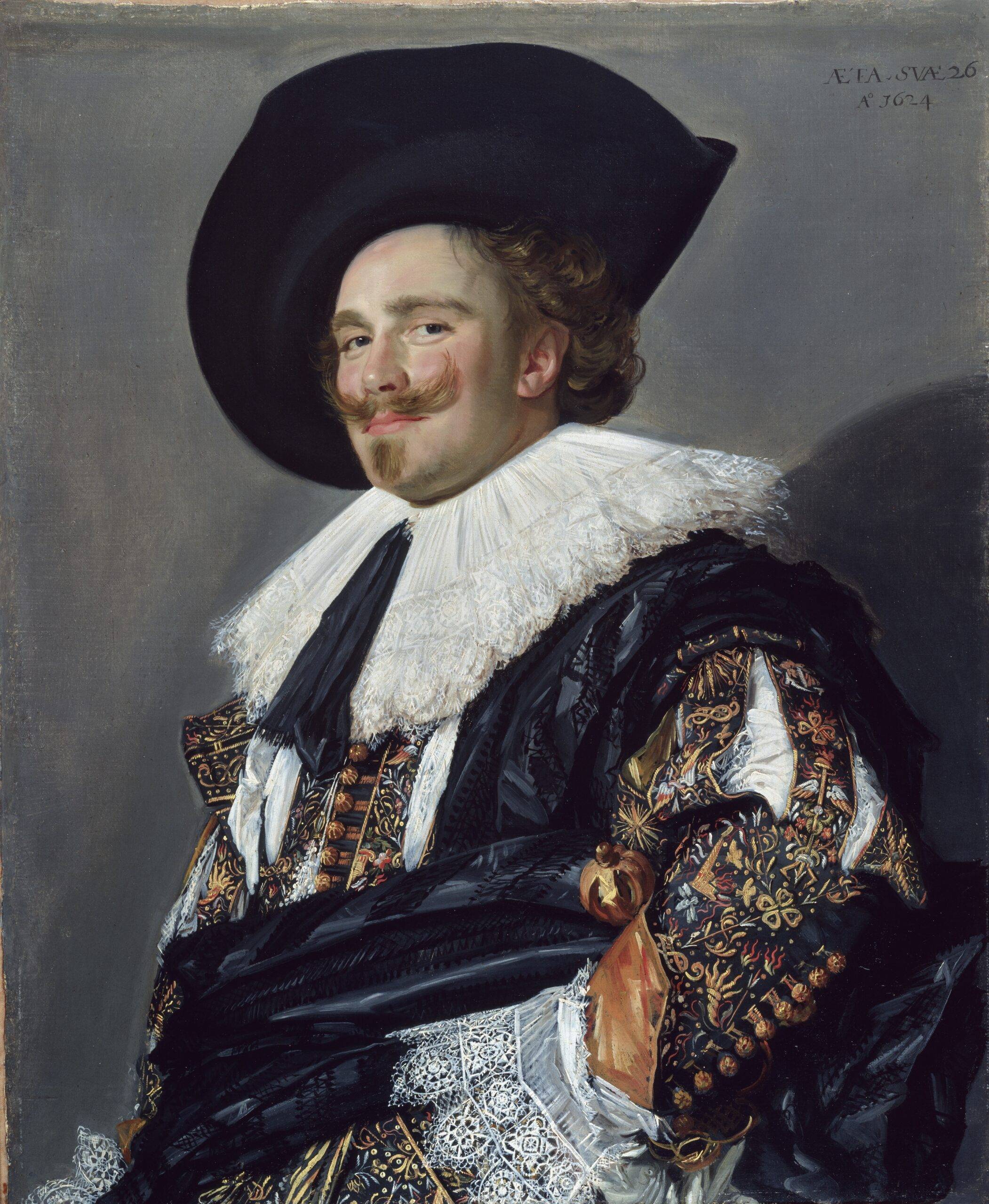
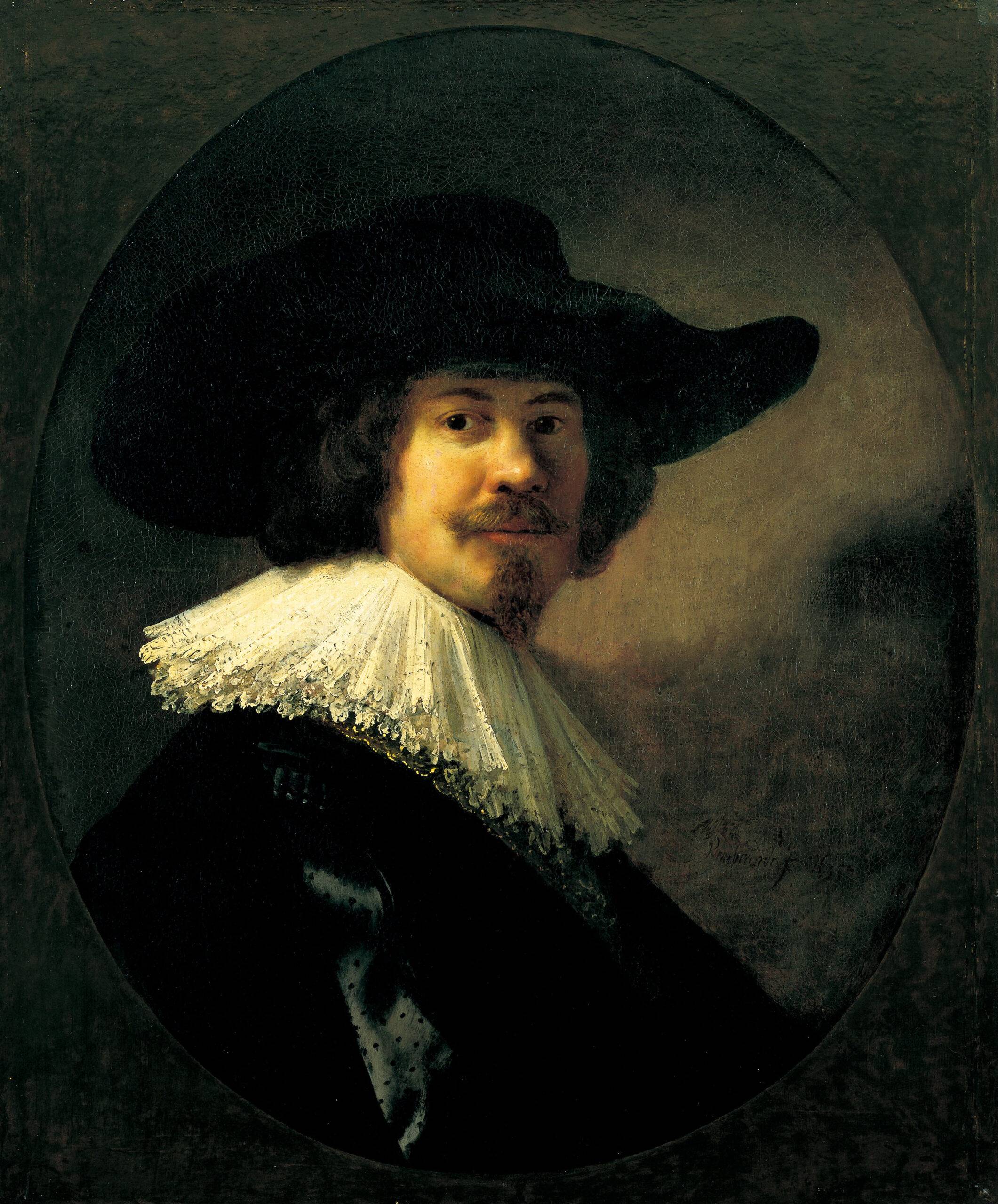
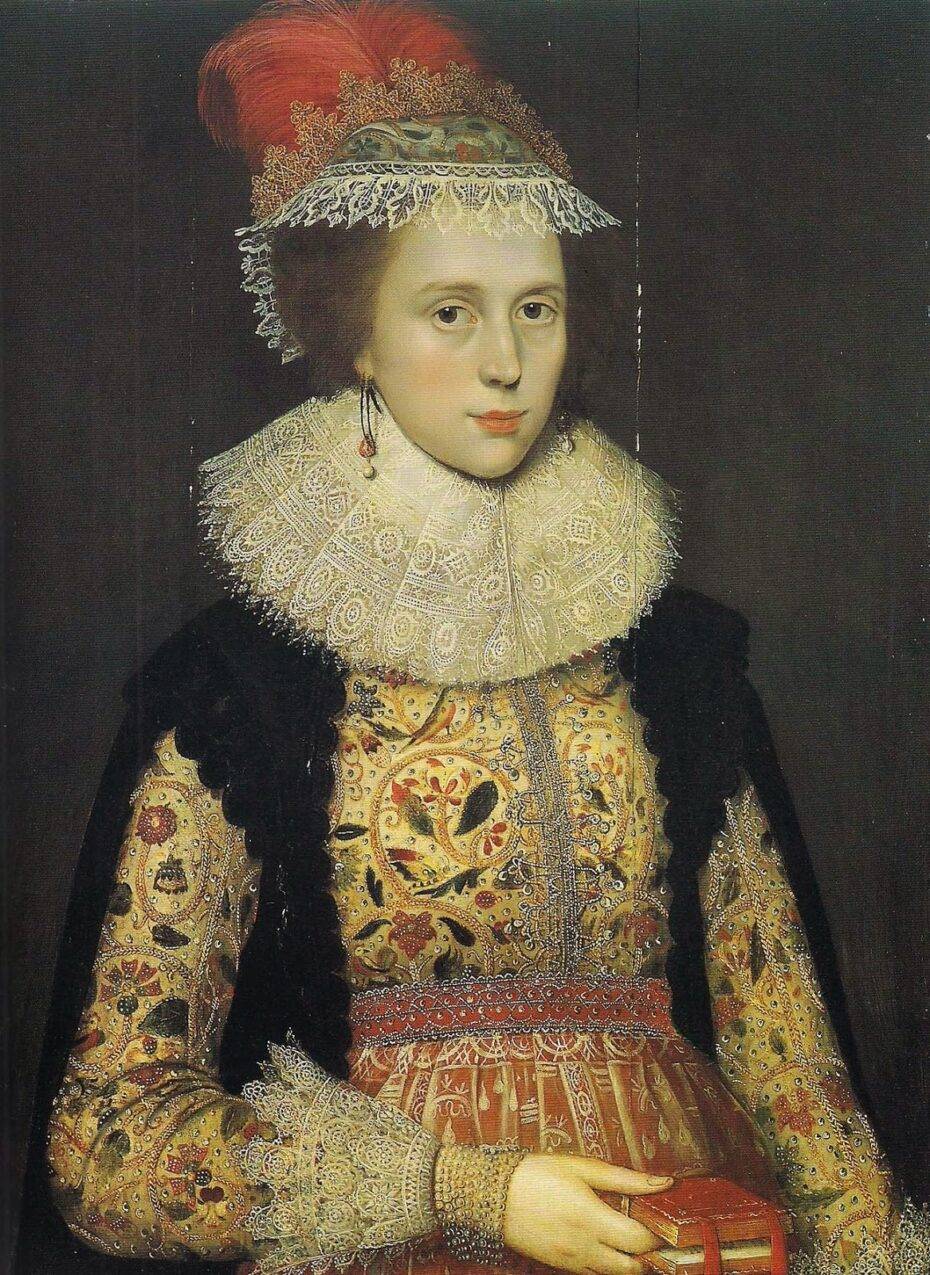

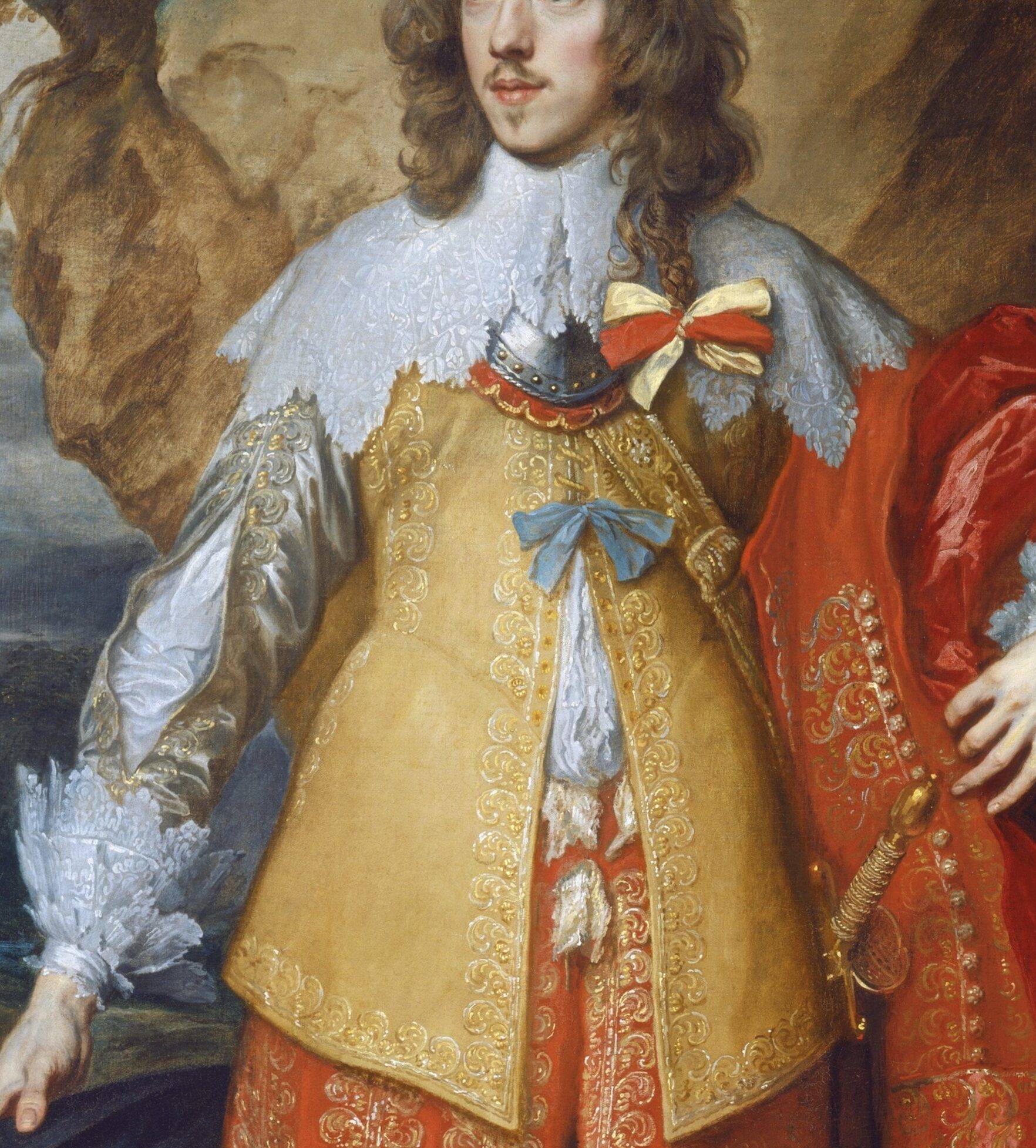
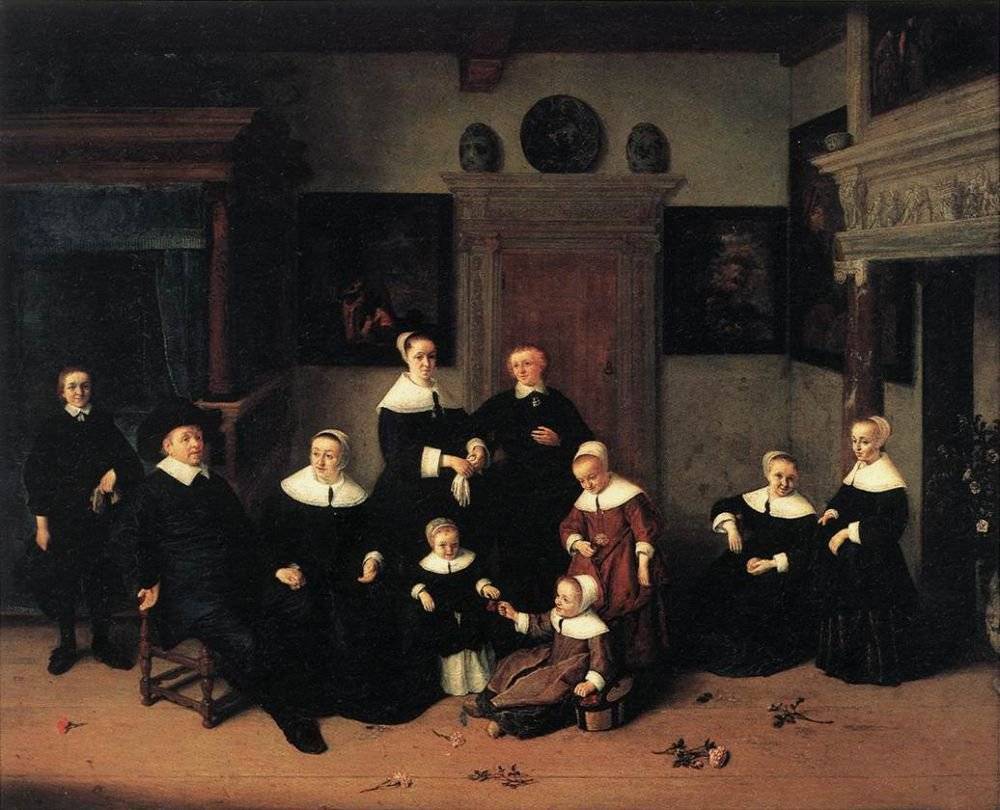


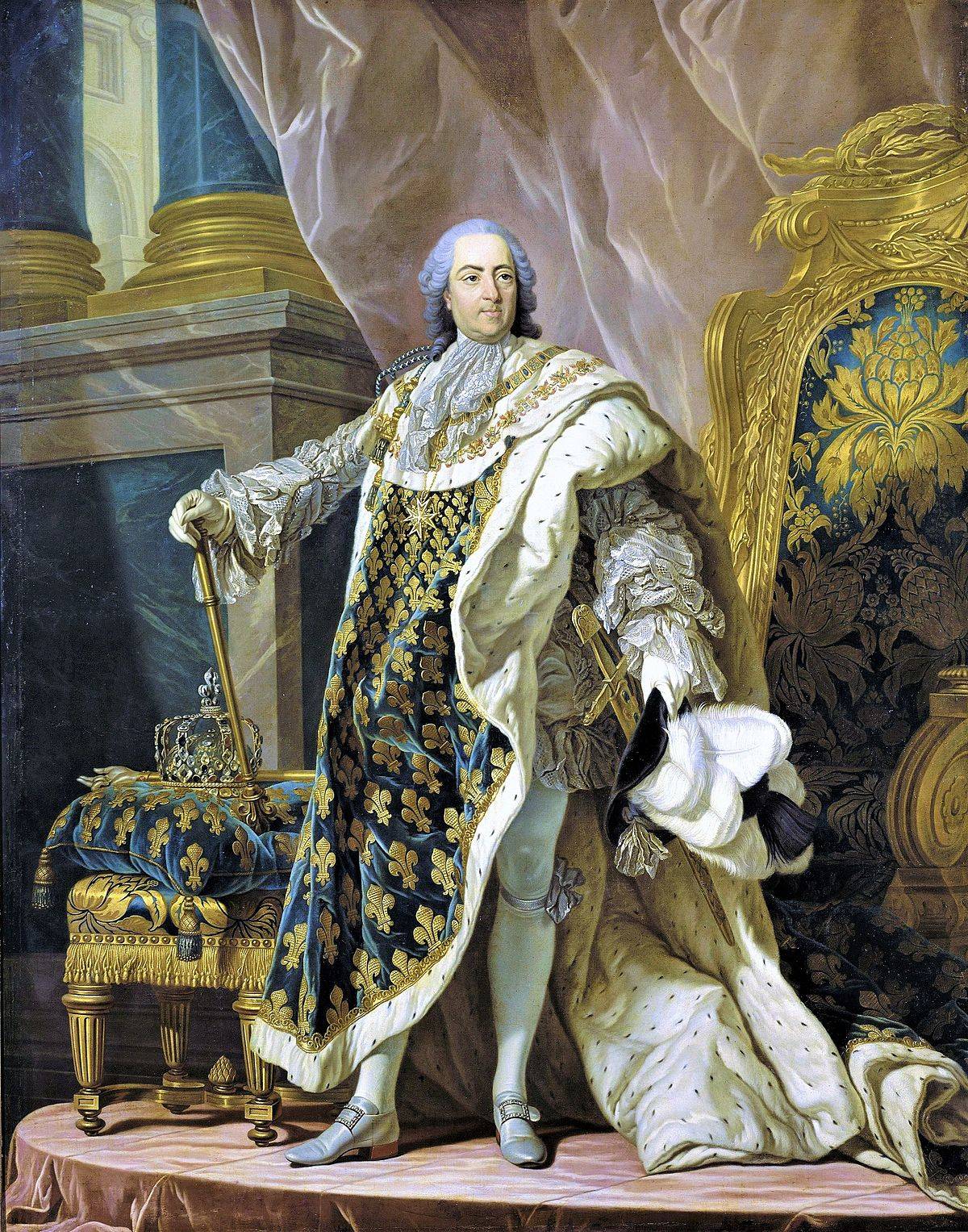
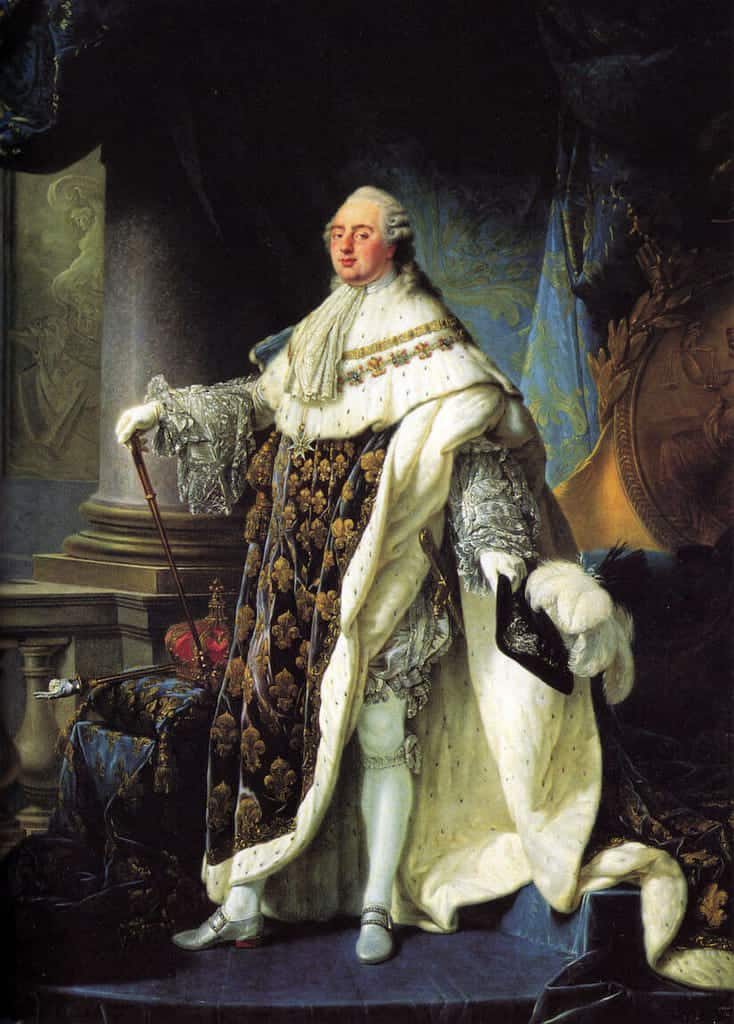

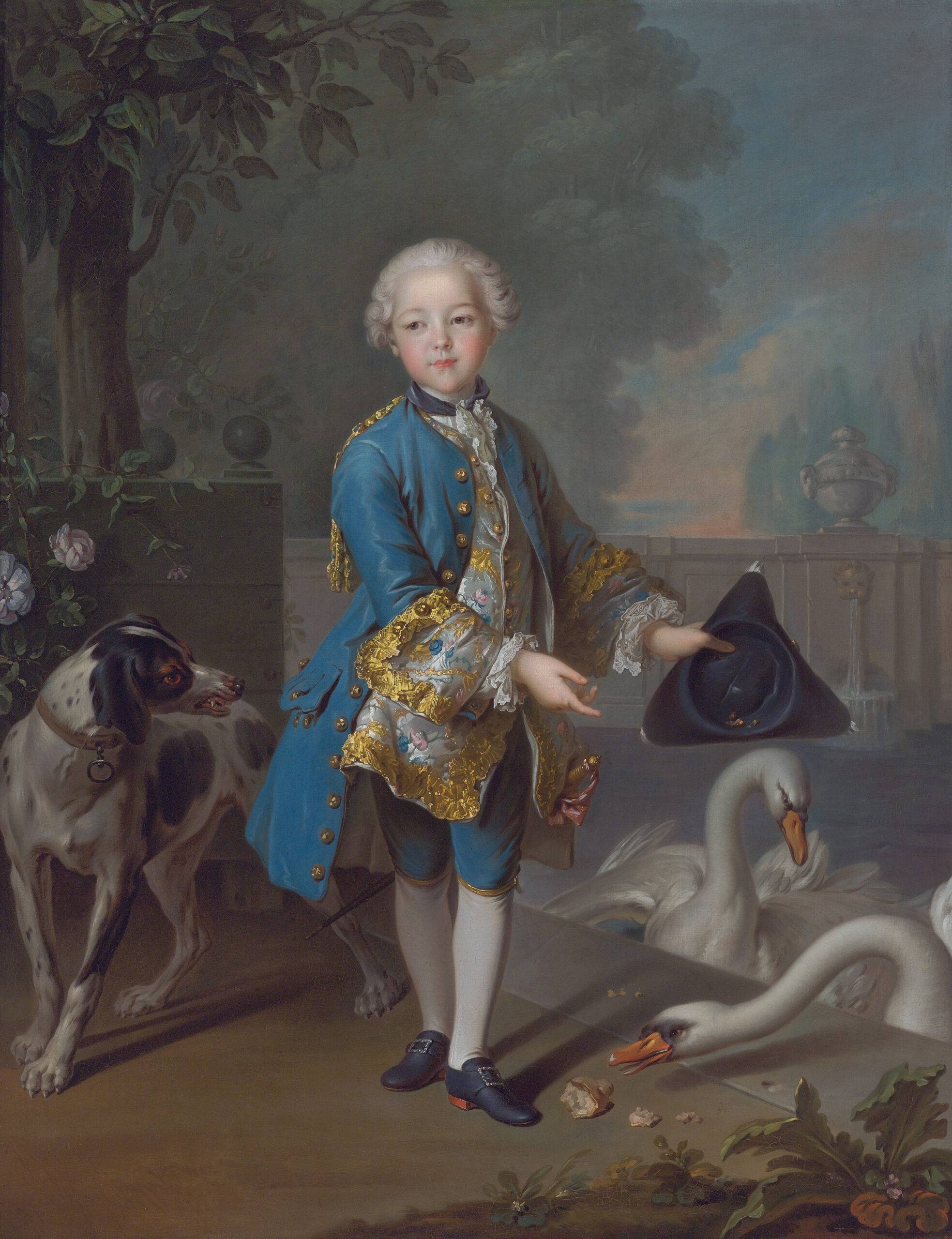
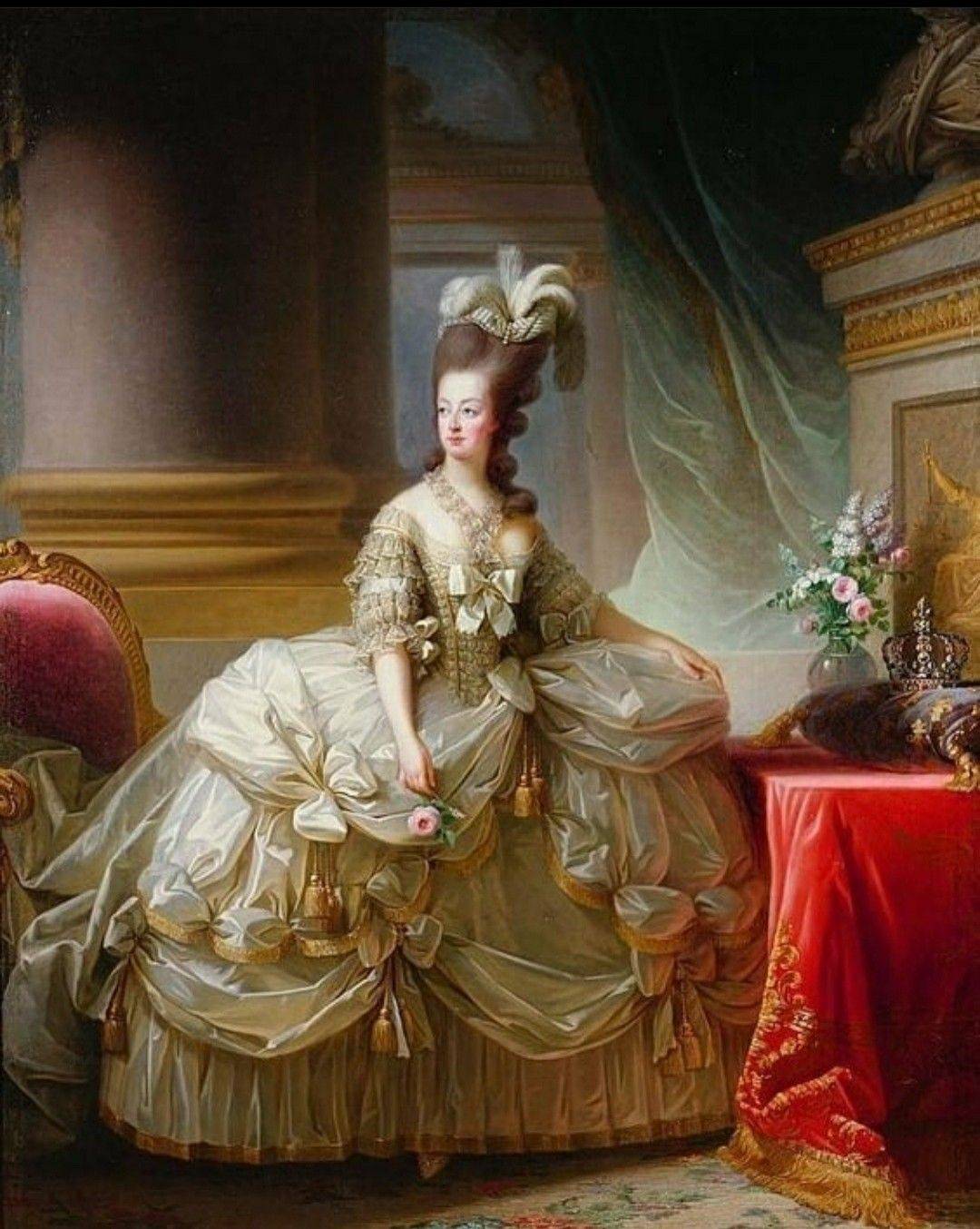
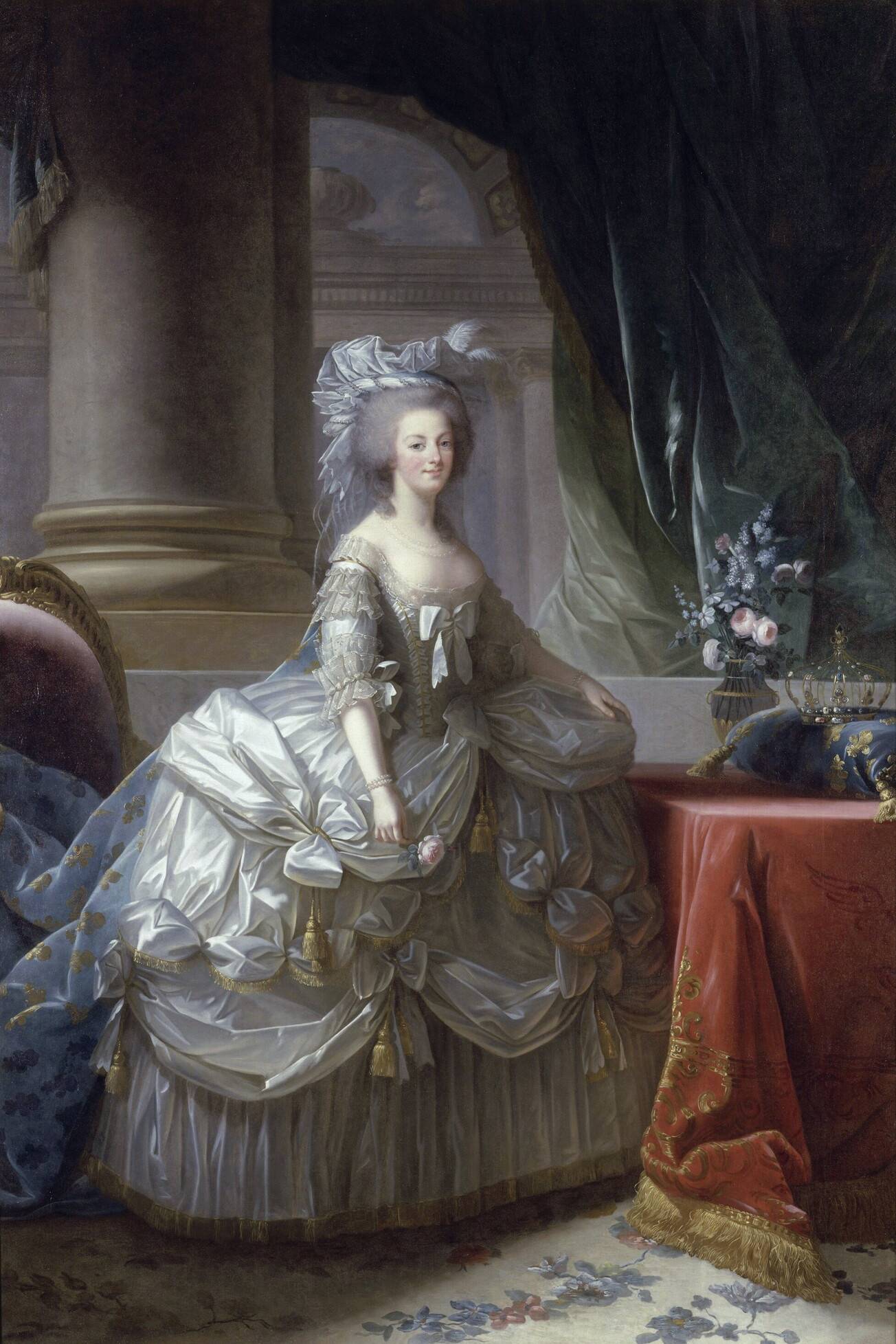
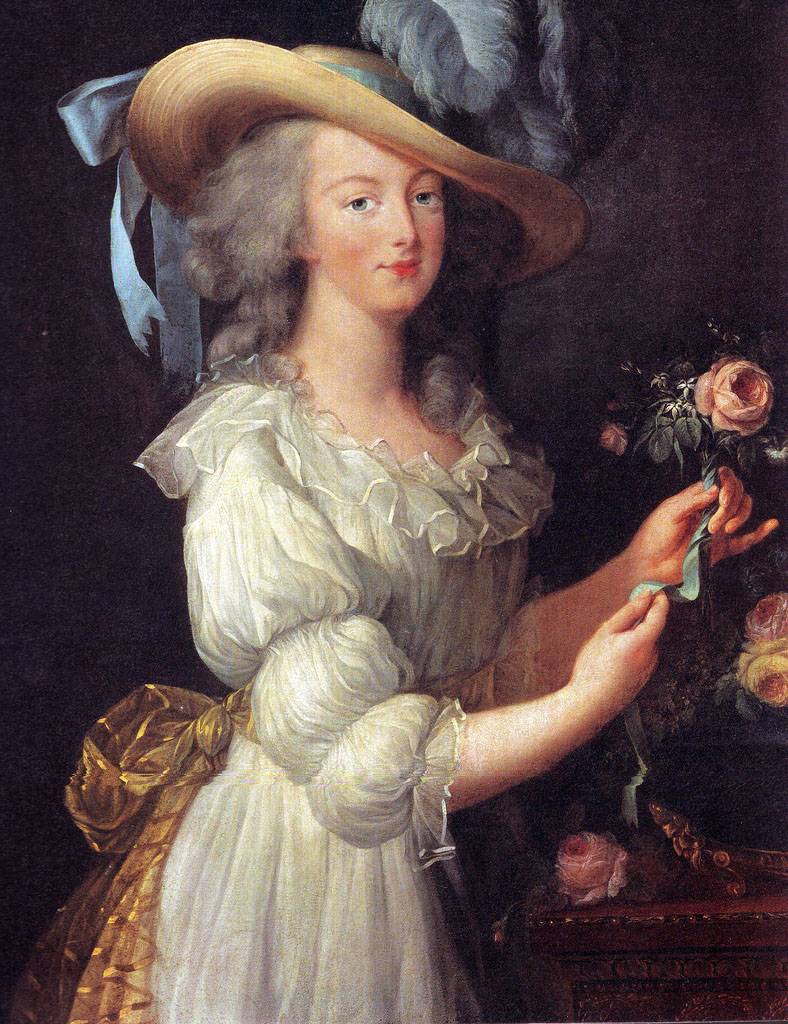
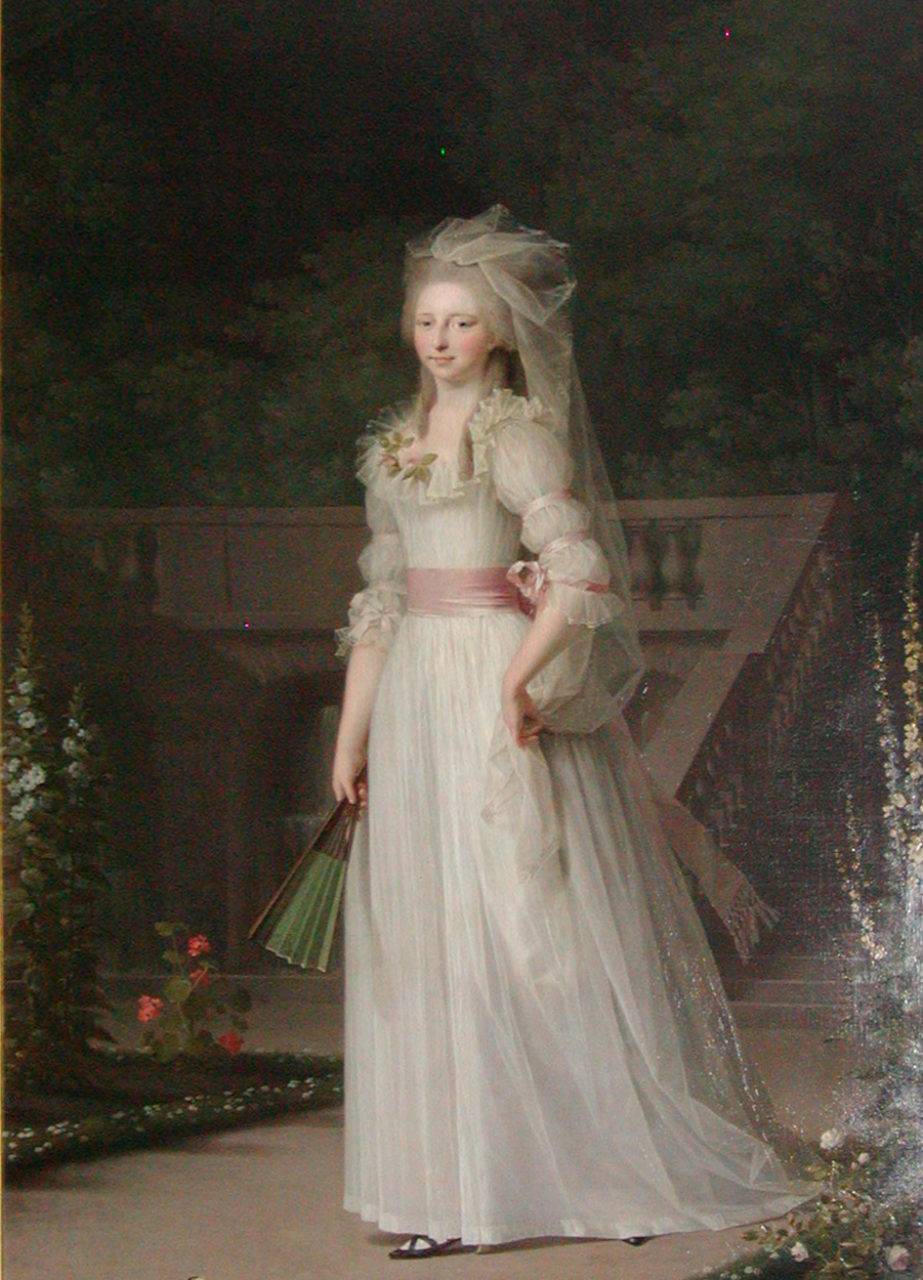
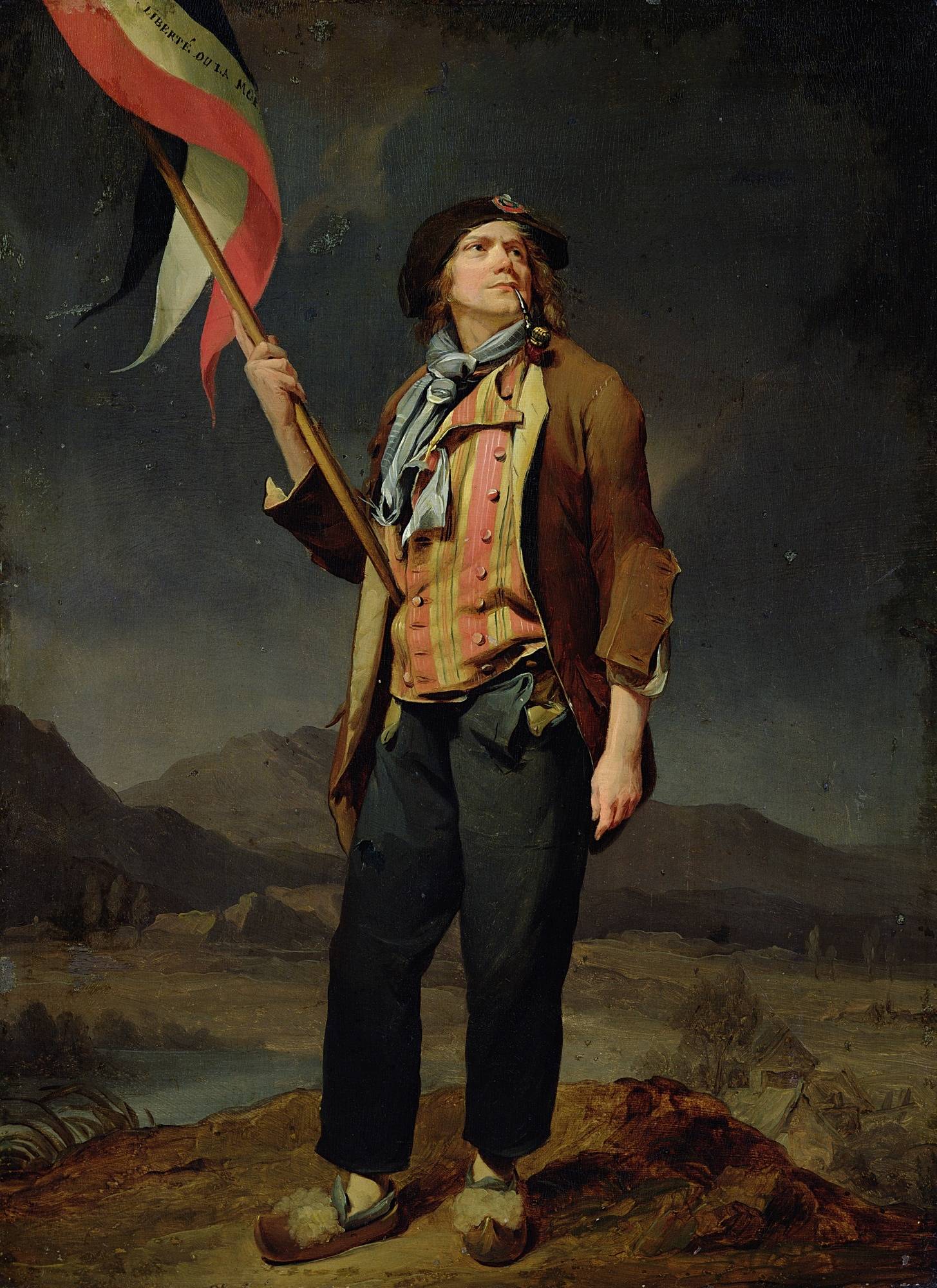
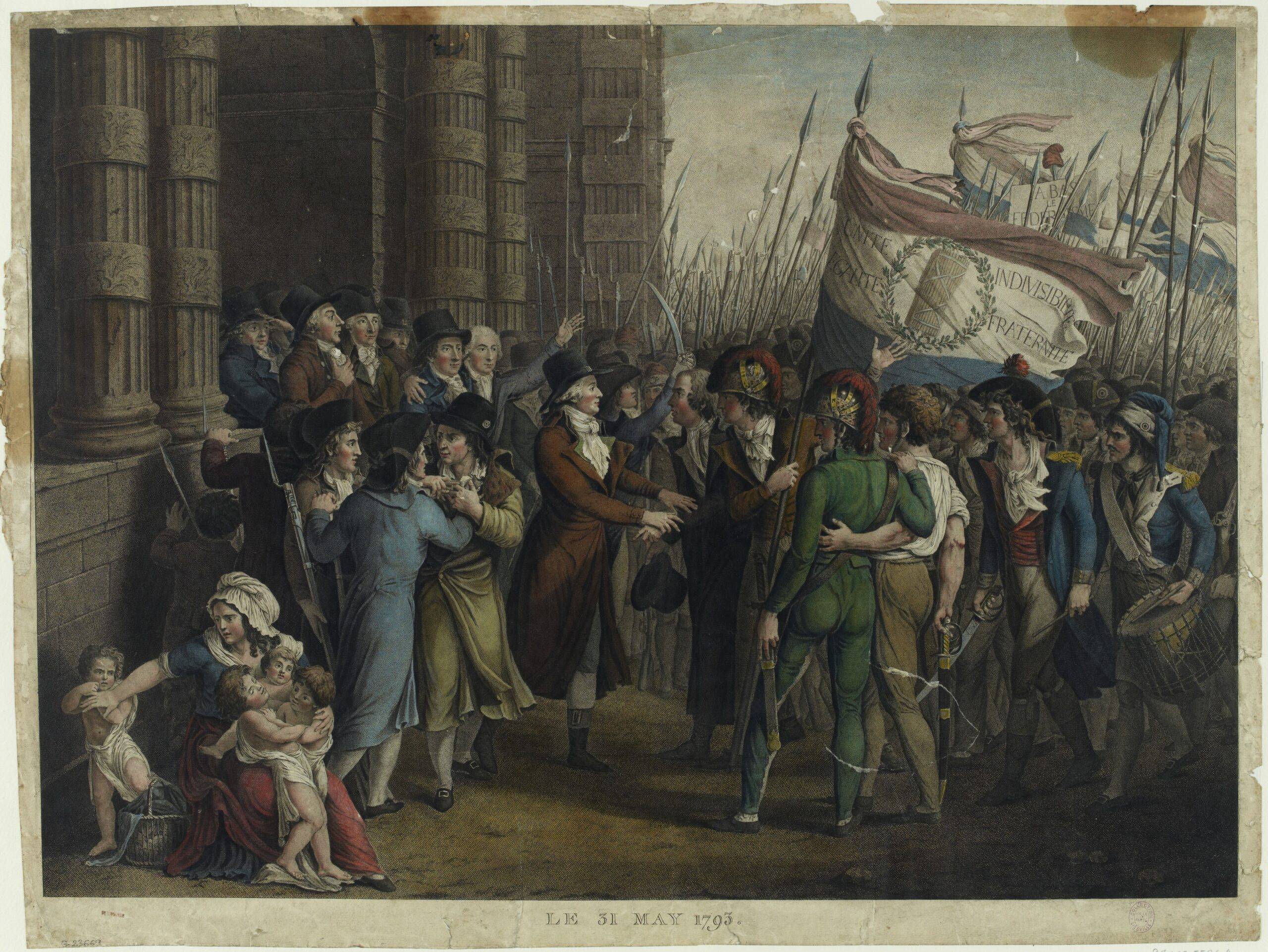
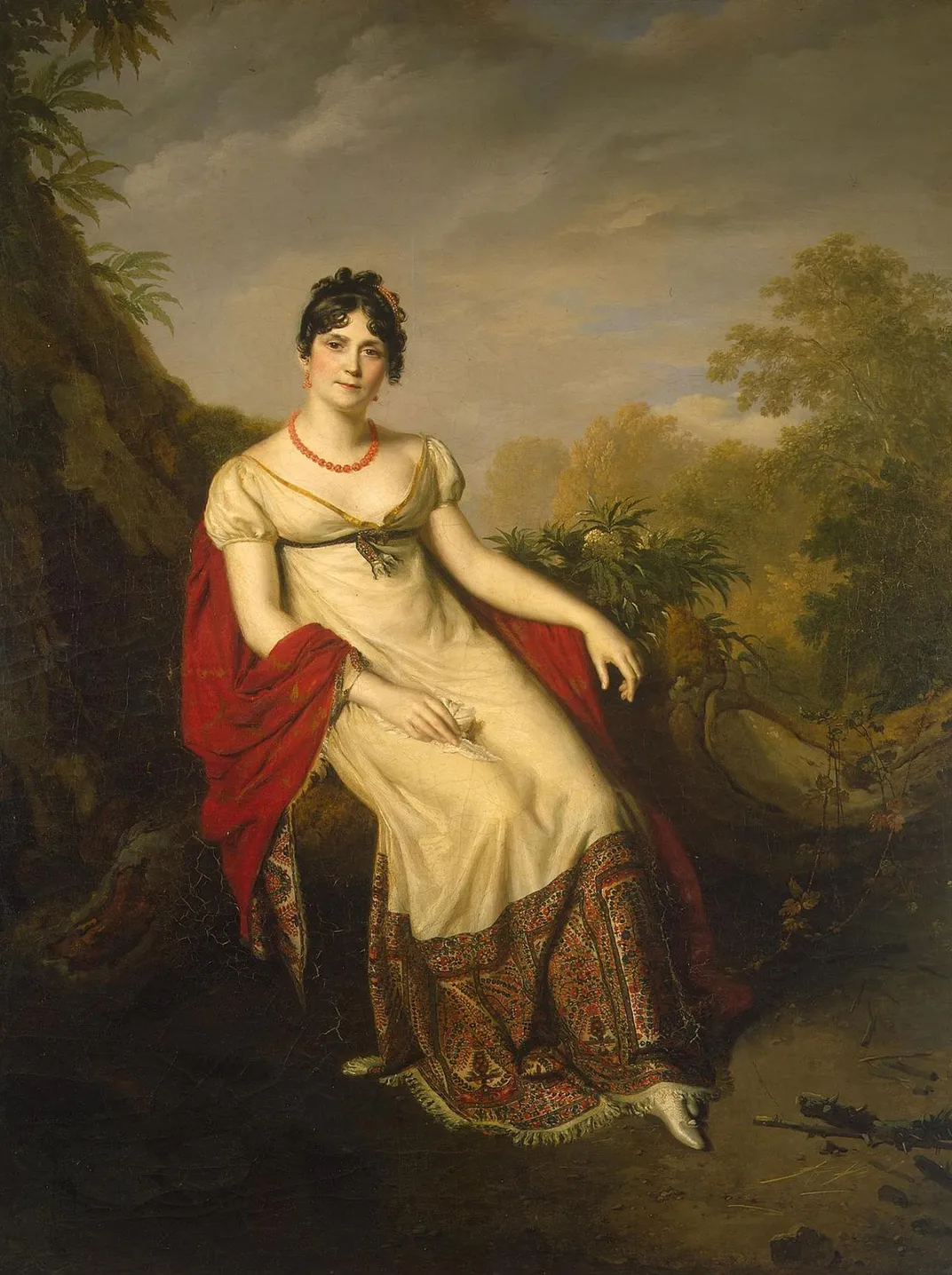
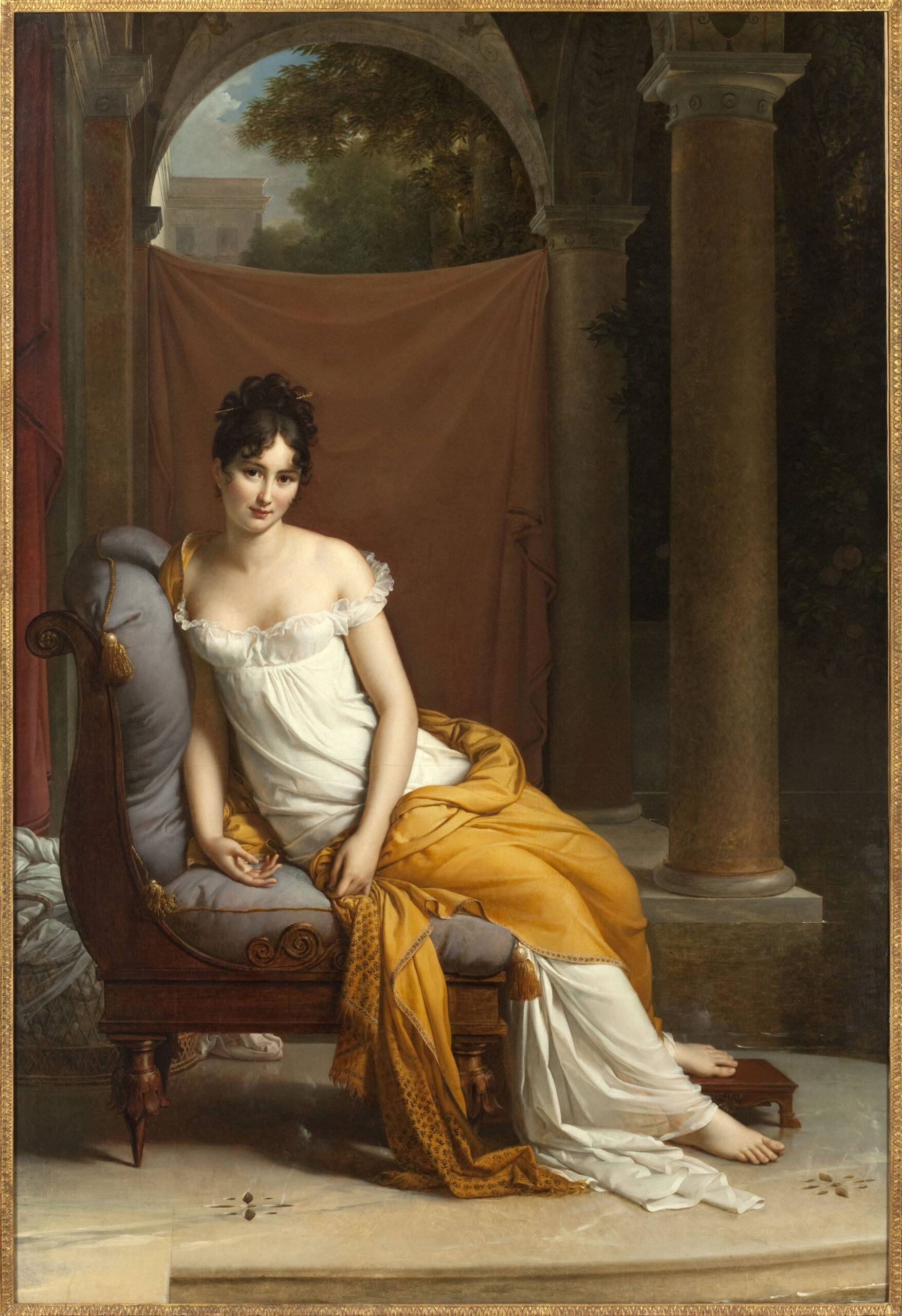
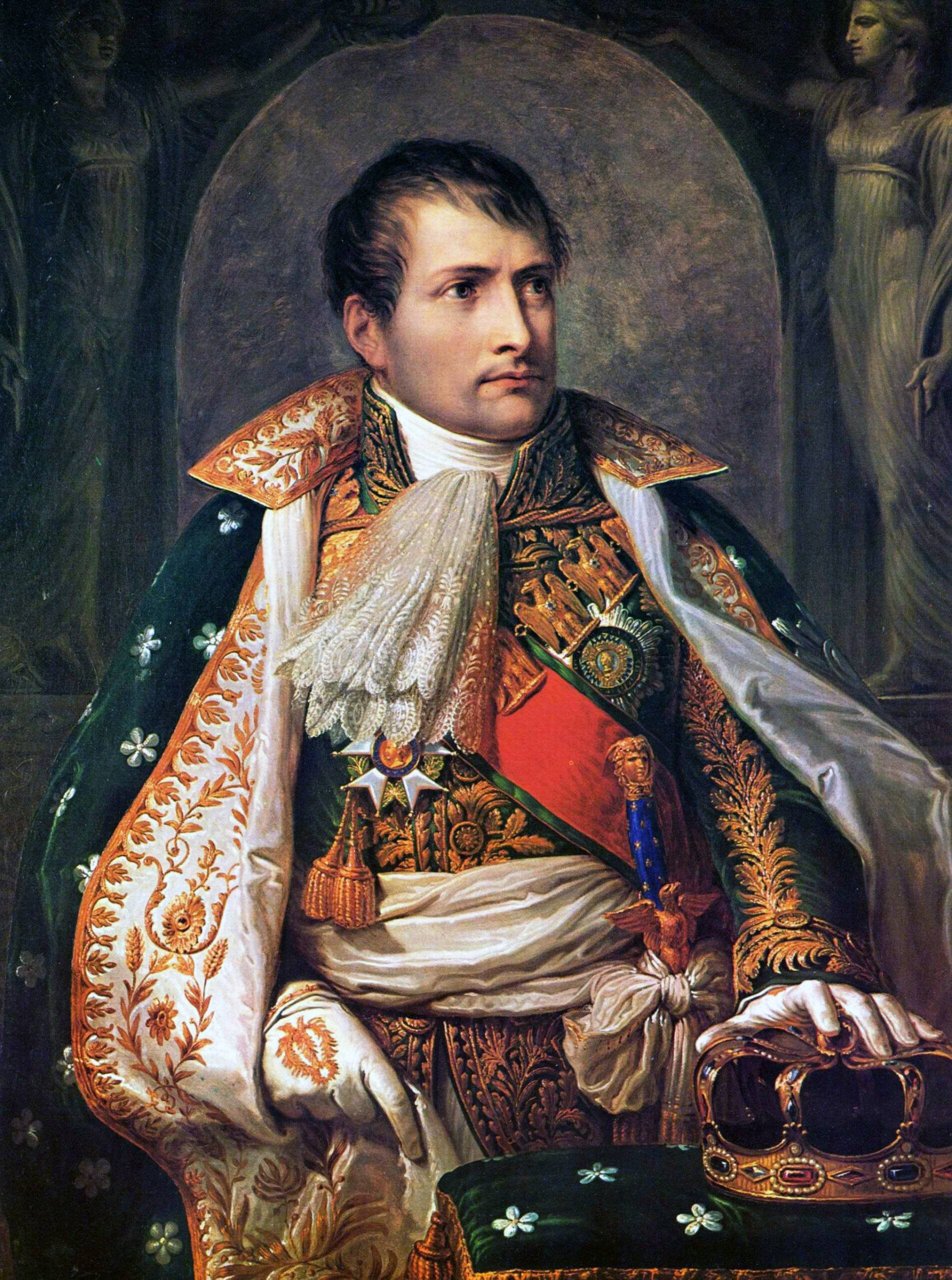
The Regency era (1811 to 1820) refers to the period when George IV of England ruled as Prince Regent. During this time, fashion was heavily influenced by the aftermath of the French Revolution, incorporating many elements of the French Empire style. The fashion of this era was significantly shaped by prominent figures such as Beau Brummell and Lord Byron. In women’s fashion, the Empire line dress was a hallmark, characterized by a high waistline just below the bust. The skirts were straight and made from soft fabrics like chiffon and muslin, often with a transparent quality. Pastel colors and white were favored, with designs being simple yet adorned with modest embellishments such as embroidery and lace. Accessories included wide-brimmed bonnets and lightweight shawls, which were popular for draping over the shoulders to complement the dresses.
Men’s fashion saw the rise of the cutaway coat, a style where the front was short and the back long. Pantaloons, which covered the entire leg, replaced knee-breeches. White linen shirts with high collars were standard, and colorful vests were worn beneath the coats.Hairstyles during this period also reflected classical influences. Women preferred hairstyles inspired by Greek and Roman sculptures, featuring curls and loose updos. Men’s hair was typically cut short, with occasional curls or waves added for style.A significant influence on men’s fashion during this time was George “Beau” Brummell. Known as a fashion icon, Brummell advocated for a simple yet refined style. He emphasized perfectly tailored frock coats, meticulously tied neckties, and immaculate personal grooming, defining male elegance. His style, known as “dandyism,” had a profound impact on the upper-class men of the time.
Lord Byron, the renowned poet, was also famous for his unique fashion sense. His style was somewhat romantic and mysterious, mirroring the themes of his literary works and influencing many young people. Often seen with slightly disheveled hair and casual yet sophisticated attire, his demeanor and attitude made him a prototype of the “Byronic hero.”





